
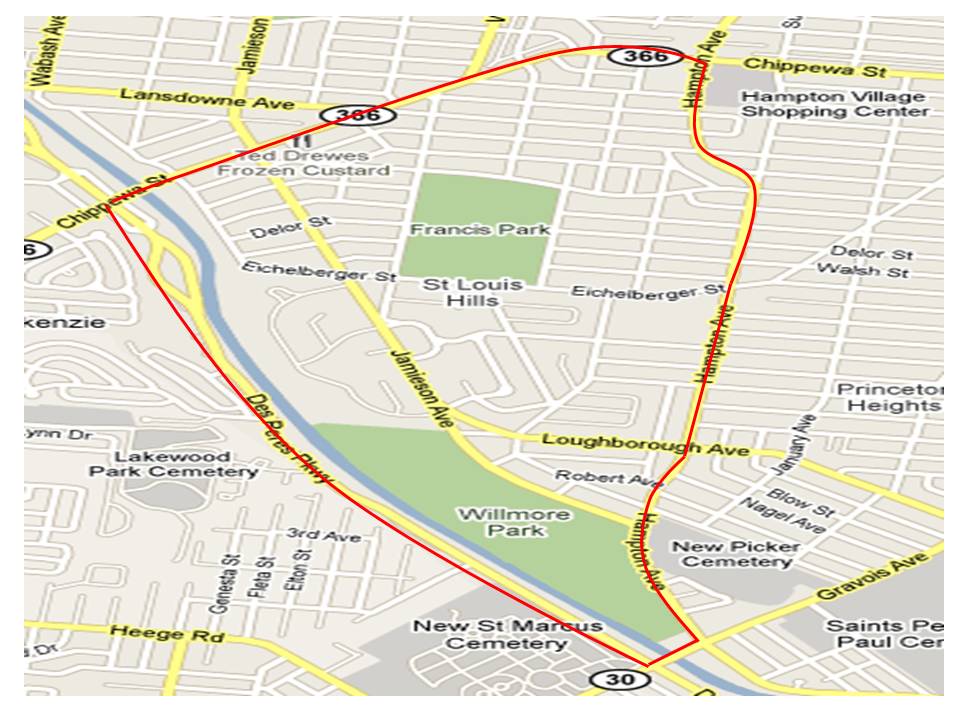 St. Louis Hills is a south St. Louis neighborhood bound by Chippewa on the north/northwest, Hampton on the east, Gravois on the southeast and the city limits to the southwest.
St. Louis Hills is a south St. Louis neighborhood bound by Chippewa on the north/northwest, Hampton on the east, Gravois on the southeast and the city limits to the southwest.
As of 2000, St. Louis Hills was home to 7,560 people, a 1% increase from 1990. It’s 97% white, 1% black, 2% Hispanic/Latino and 1% Asian (I’m rounding up). Of the 4,077 housing units, 97% were occupied with a nice mix of 57% owner occupied, 43% rental.
Nearly 97% occupied, amazing! This is truly a popular place to live, congrats to St. Louis Hills. This neighborhood rightfully deserves credit for keeping this part of the city desirable for ~80 years.
There is a lot to love in this proud neighborhood. Firstly, there are two parks. Francis Park serves as the heart of the hood. It is a very popular park with no vehicle traffic allowed, so it’s very serene and quiet. There always seem to be people walking/jogging the perimeter trail. It’s a highly used park. Then you have Willmore Park, the large park just north of the River Des Peres. This park is great too, and much larger. It does allow vehicular access, so it has a completely different feel than Francis Park.
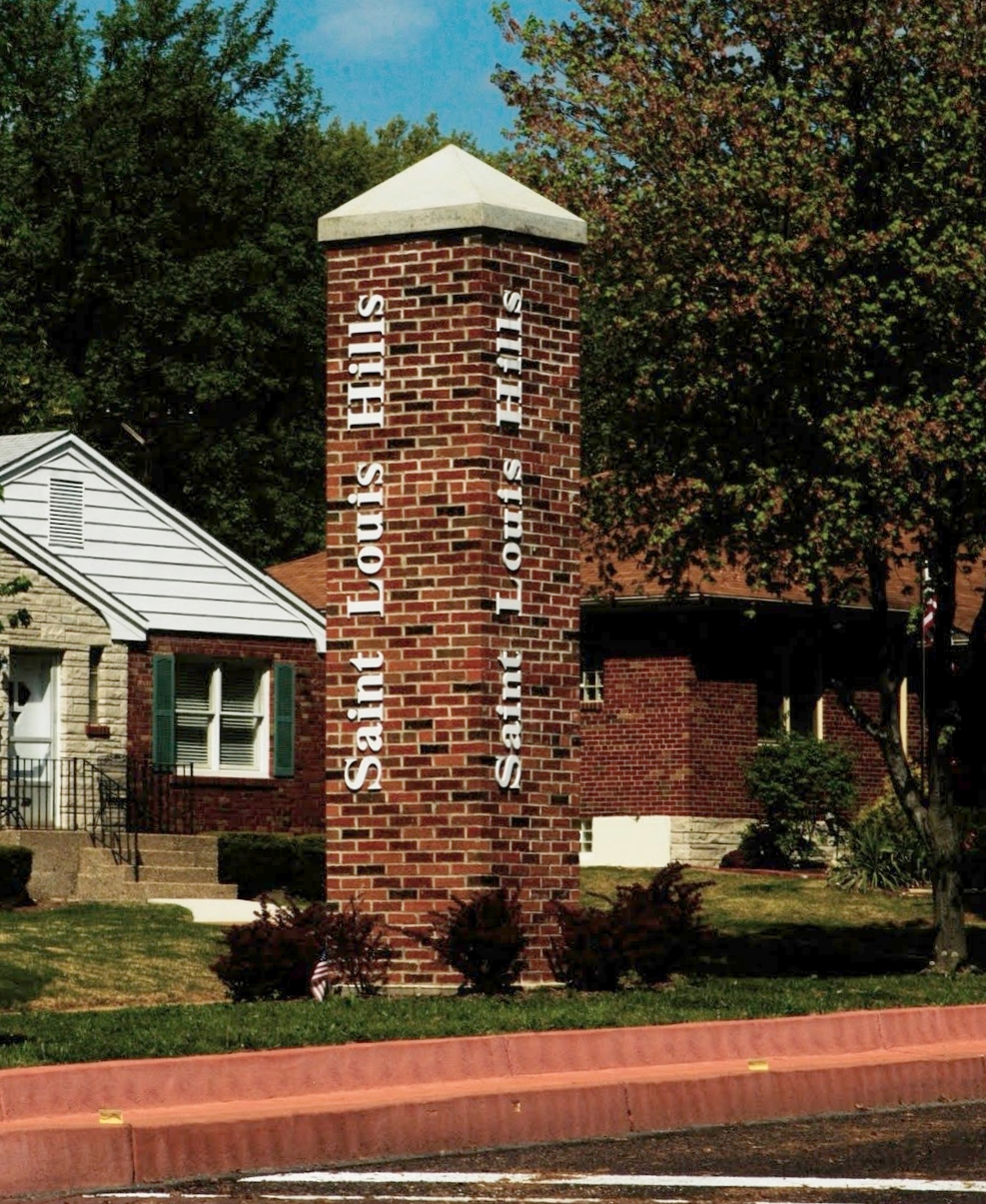
Secondly, the streets and alleys are spic and span clean. As clean as Holly Hills and Lafayette Square, Southampton and North Pointe. People take pride in their surroundings here and they are acting as good stewards of the amazing homes, businesses and public spaces within their neighborhood. Street after street are tidy and neat. I would guess that if a Little Tykes slide was left in a front yard for longer than 48 hours, a black Cadillac Escalade would appear and whisk away with that front yard playground where it would be found in the River Des Peres days later. Well maybe it’s not like that, but you get my point.
Thirdly, there are huge old growth oaks and sycamores framing the homes and several of the streets with shade and cover. This is a very walkable neighborhood with lots of shopping nearby, both chain and indie.
It’s a peaceful place.
Here are some interesting tidbits from the neighborhood website:
“Country living in the City” was the phrase used to market St. Louis Hills in the 1930’s, since St. Louis Hills was so far west of any other residential or commercial buildings located within the City limits.
Some 80 years later, the rich history and tradition of St. Louis Hills lives on, and the St. Louis Hills Neighborhood Association is formally trying to improve its historical focus on what is considered by many to be the most desirable neighborhood in the City of St. Louis.
The history of St. Louis Hills, developed from 1930-1950’s, is relatively short by the city’s beginnings in 1763. The land which became St. Louis Hills dates back to deeds granted to pioneer French colonists Madame Ann Camp and Anton Reihle in 1768 by one founder of the Village of St. Louis, Pierre Laclede. At the time, the land included 2,471 acres. Camp and Reihl’s heirs sold the land to George C. Clarke, who gave it to two sons. When the Village was chartered as the City of St. Louis in 1836, St. Louis Hills was still remote, open and forested land, and essentially remained so until the early 1930’s. In 1876, when the county and city of St. Louis divided responsibilities, the western boundary of St. Louis City was set just west of the River des Peres (River of the Fathers). Even then, what is now St. Louis Hills, was still open land.
David Rowland Francis, Governor of the state from 1889-1893, became owner of part of the property in 1884 on which he established his vast farm. At the turn of the century, David R. Francis was President of the Louisiana Purchase Exposition from 1889 until its opening in 1904. Francis originally considered use of his farmland as a site for the World’s Fair, but logistics of transportation and construction to Francis’ land persuaded use of Forest Park as the now famous 1904 World’s Fair site. Francis was appointed U.S. Ambassador to Russia in 1916. The next year, Francis made a gift of the land to the city, and so it was named Francis Park. David Rowland Francis died January 15, 1927.
Cyrus Crane Willmore, for whom the neighborhood’s second park is named, became the visionary developer of the St. Louis Hills 700 acre neighborhood. He came to St. Louis in 1912 after graduation from the University of Illinois law school, and worked for a realty firm until 1922 when he formed his own company. Willmore’s intentions for the area were clear from the beginning: tree lined residential streets for families and single persons, churches and schools throughout, bordered on three sides by developing businesses, and open green spaces in parks.
I passed the Nikon D-100 to my lovely wife Shannon who took all the following St. Louis Hills photos.
Here are some cool signs within the neighborhood:
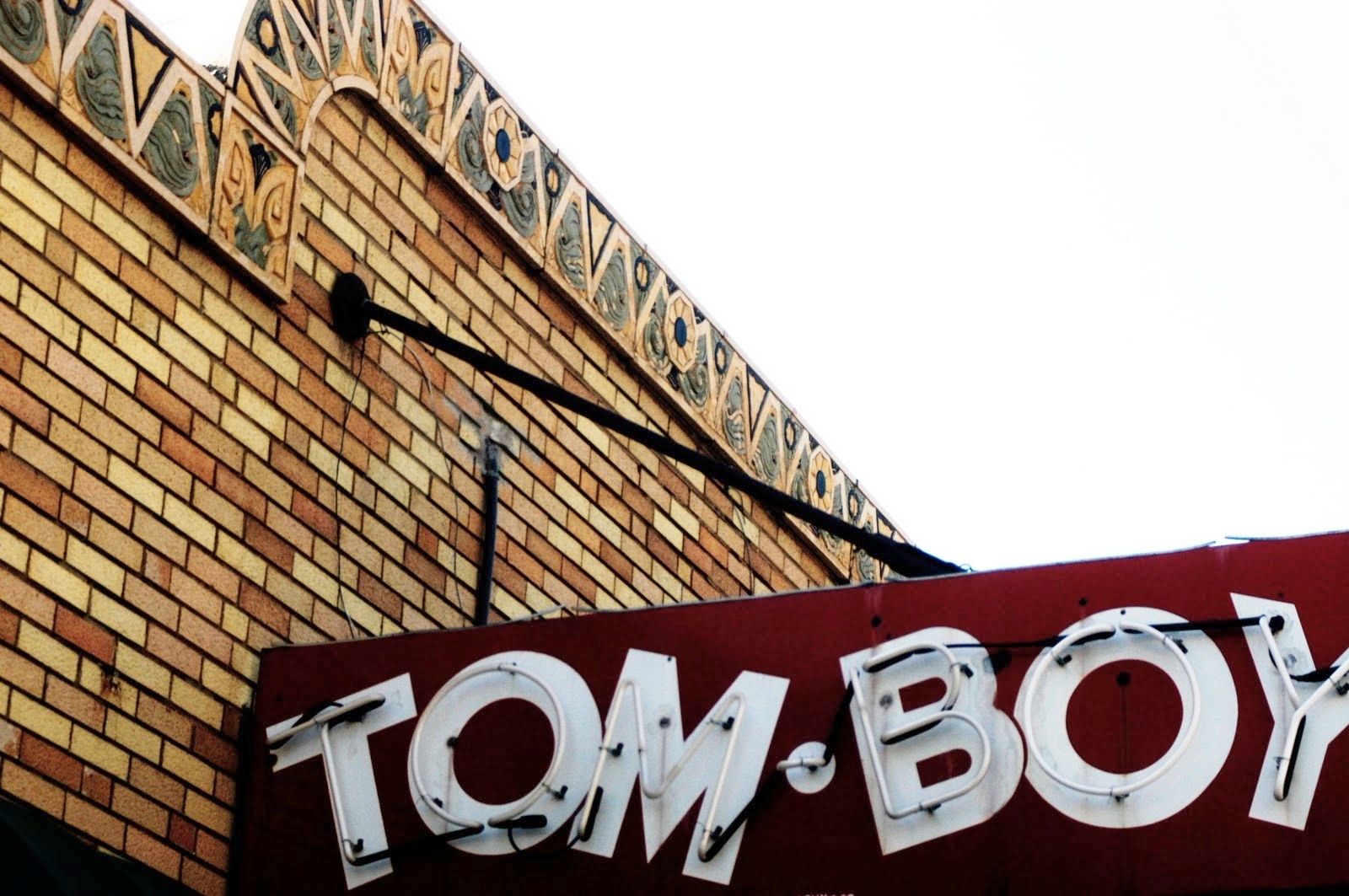
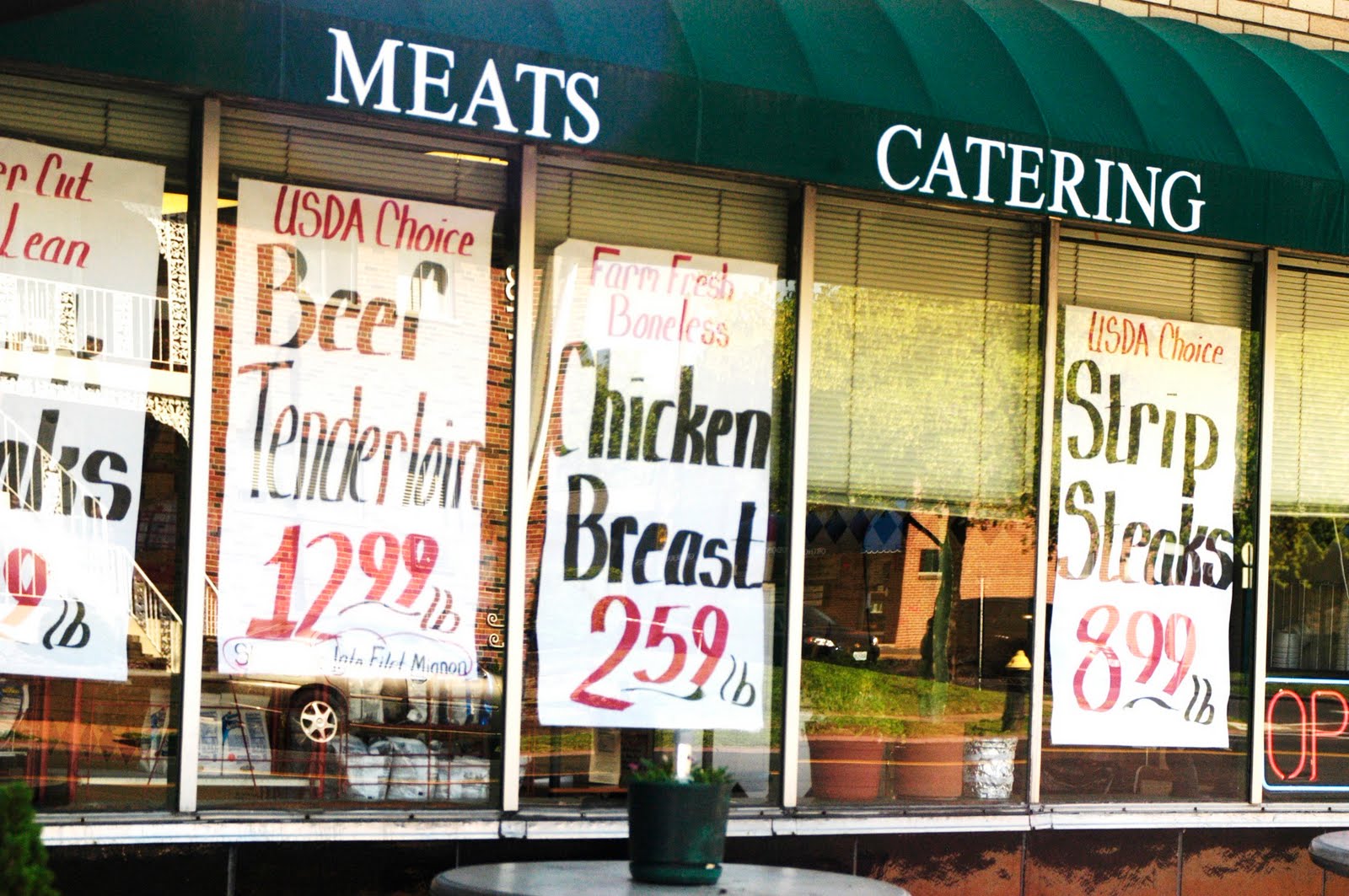
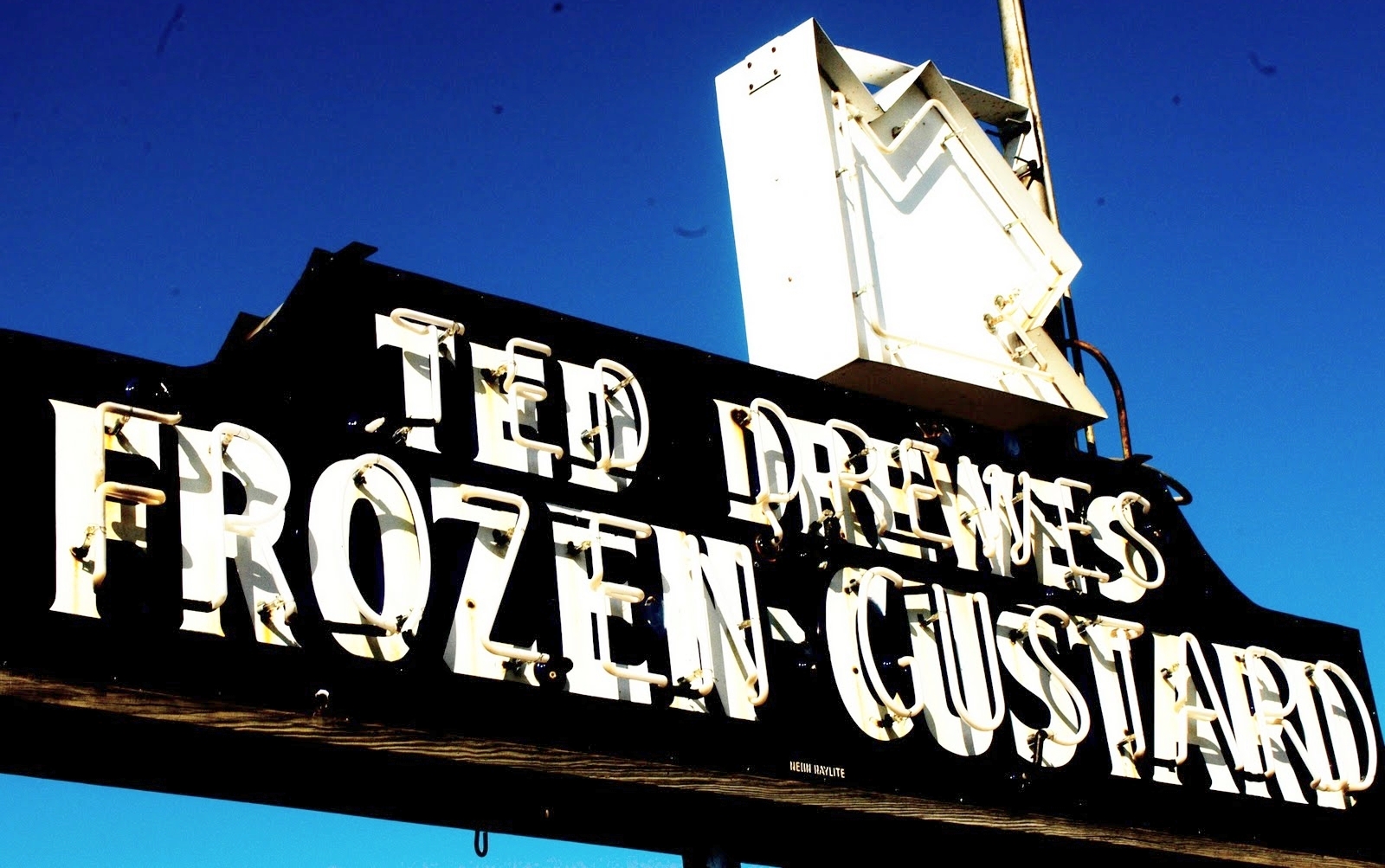
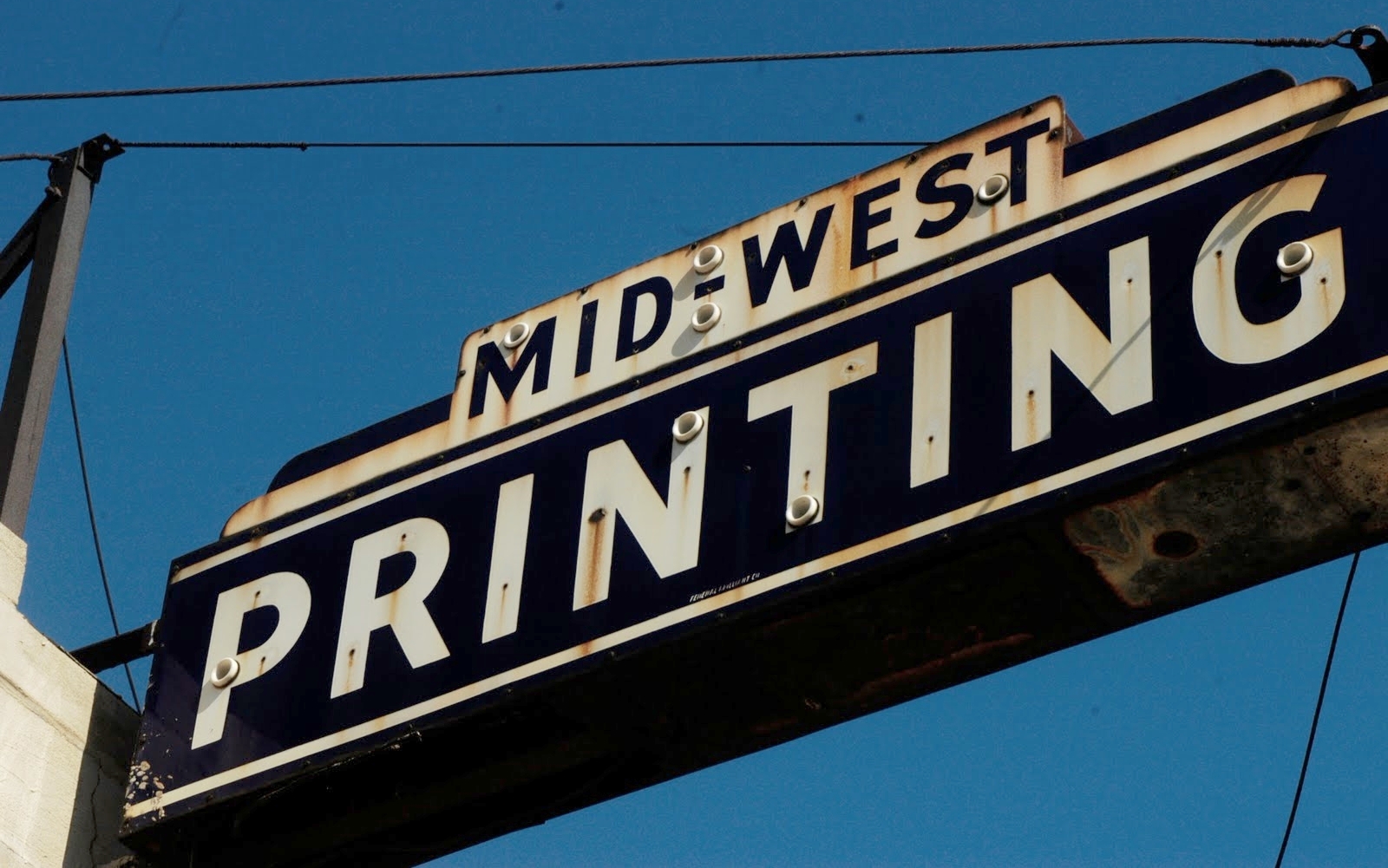
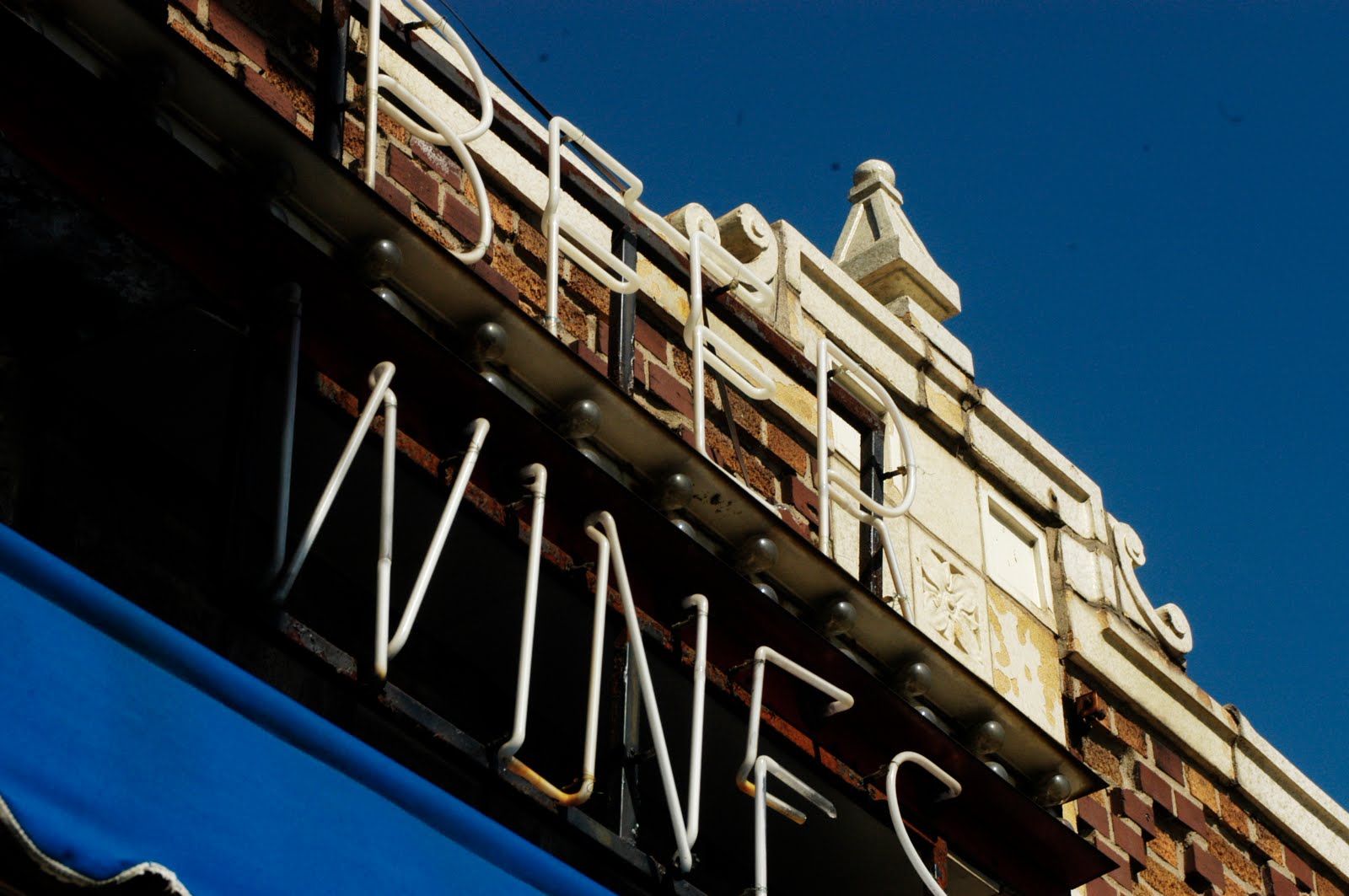
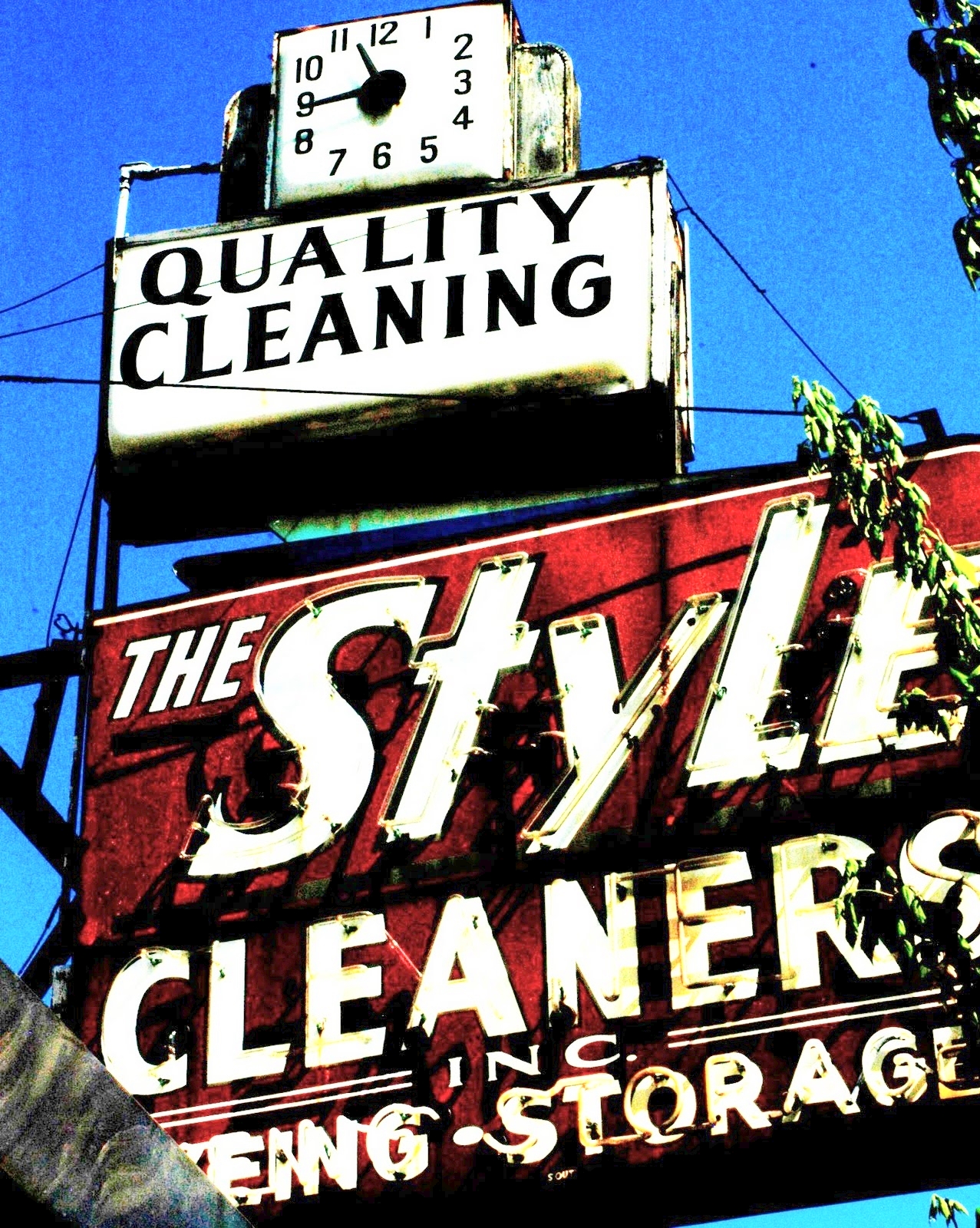
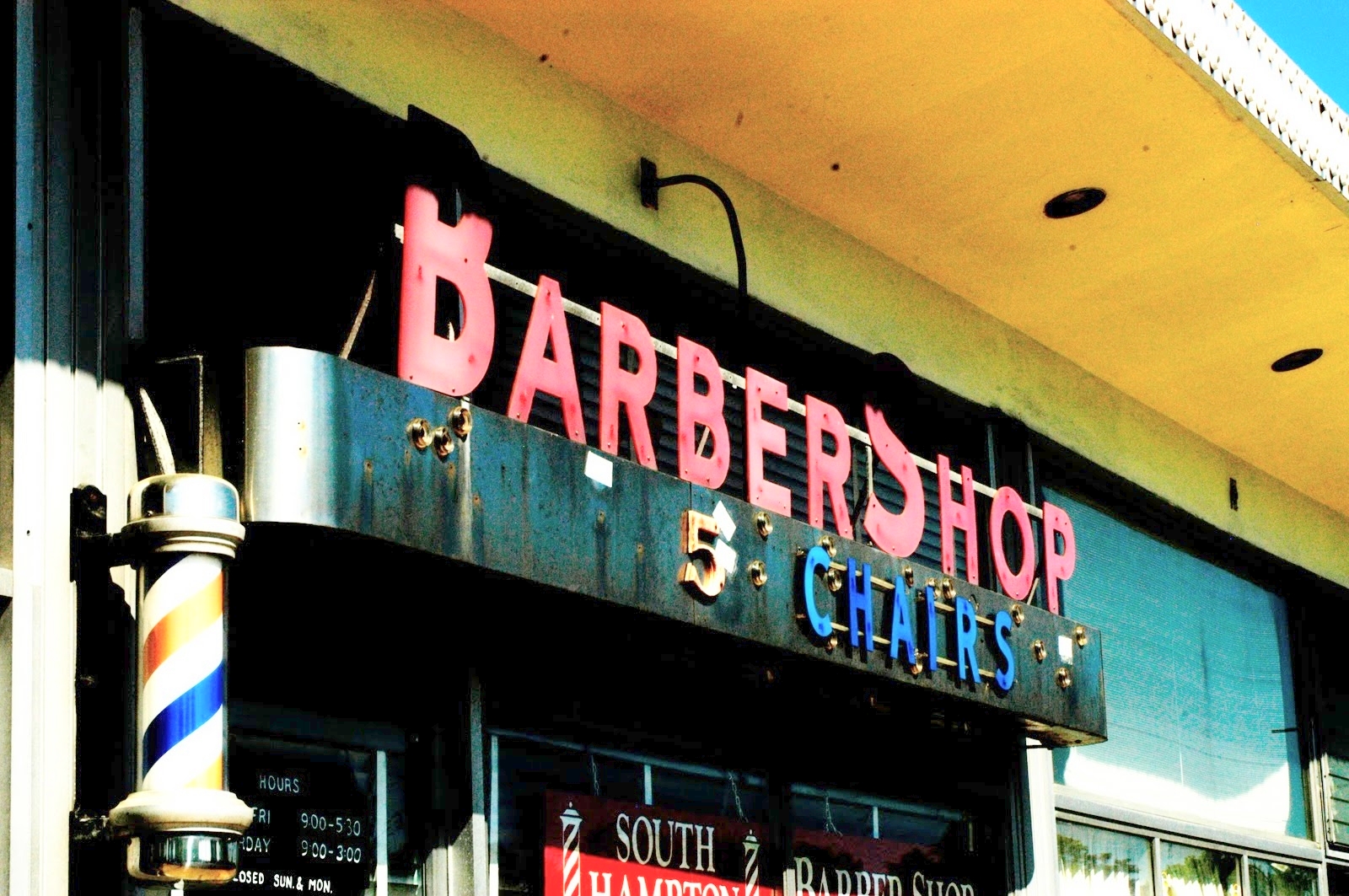
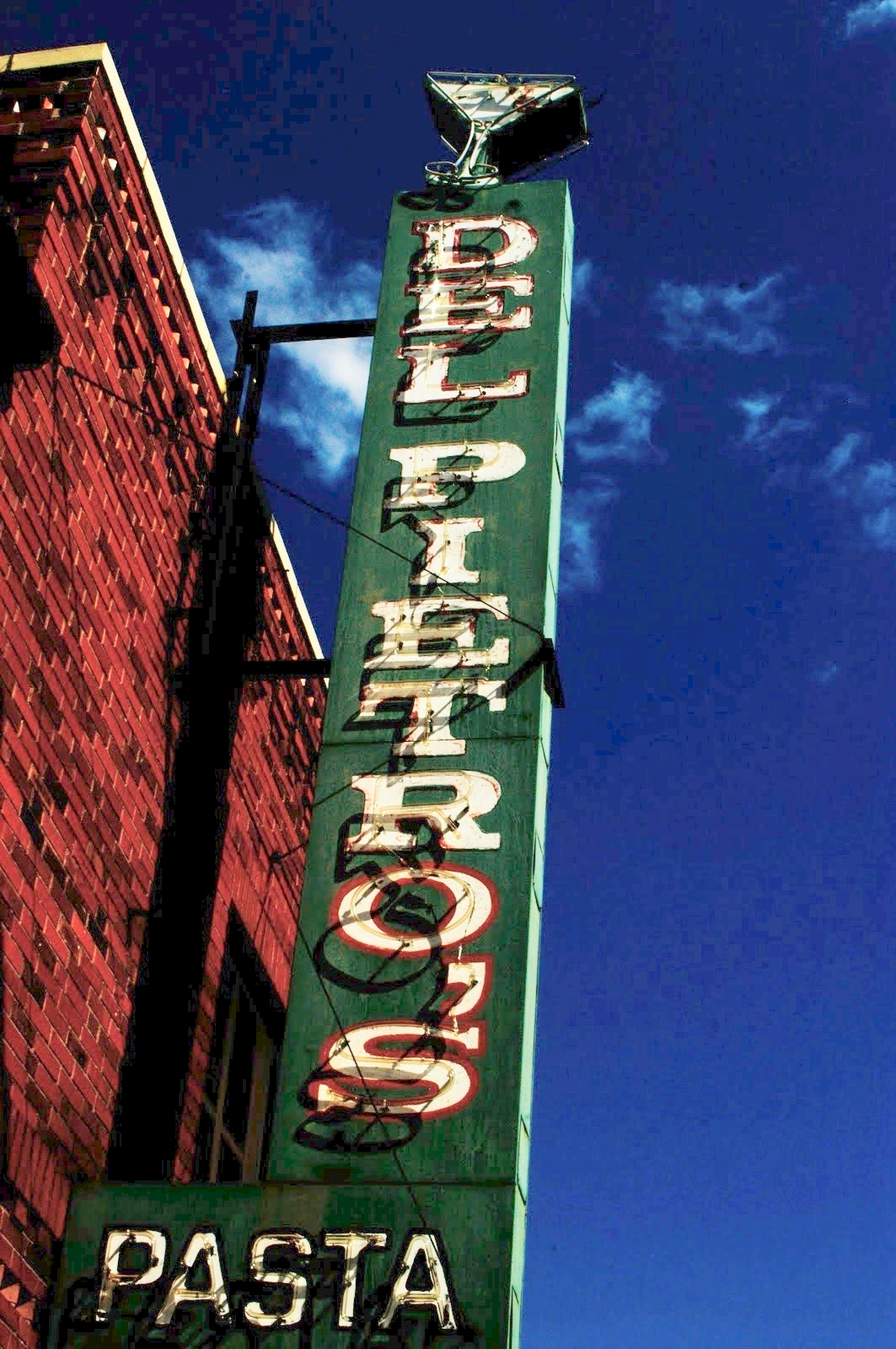
And some of the art deco touches that highlight this neighborhood:
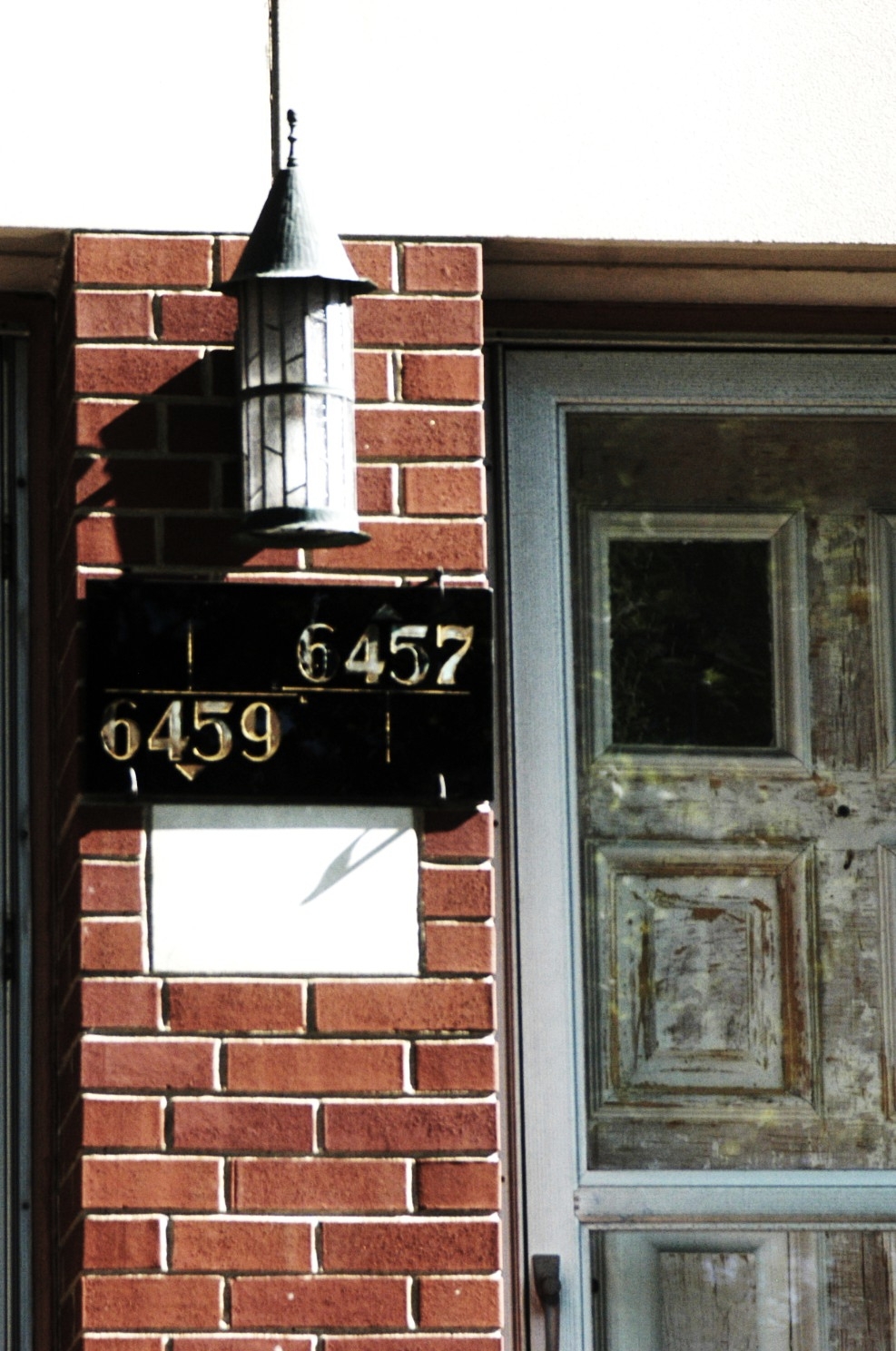
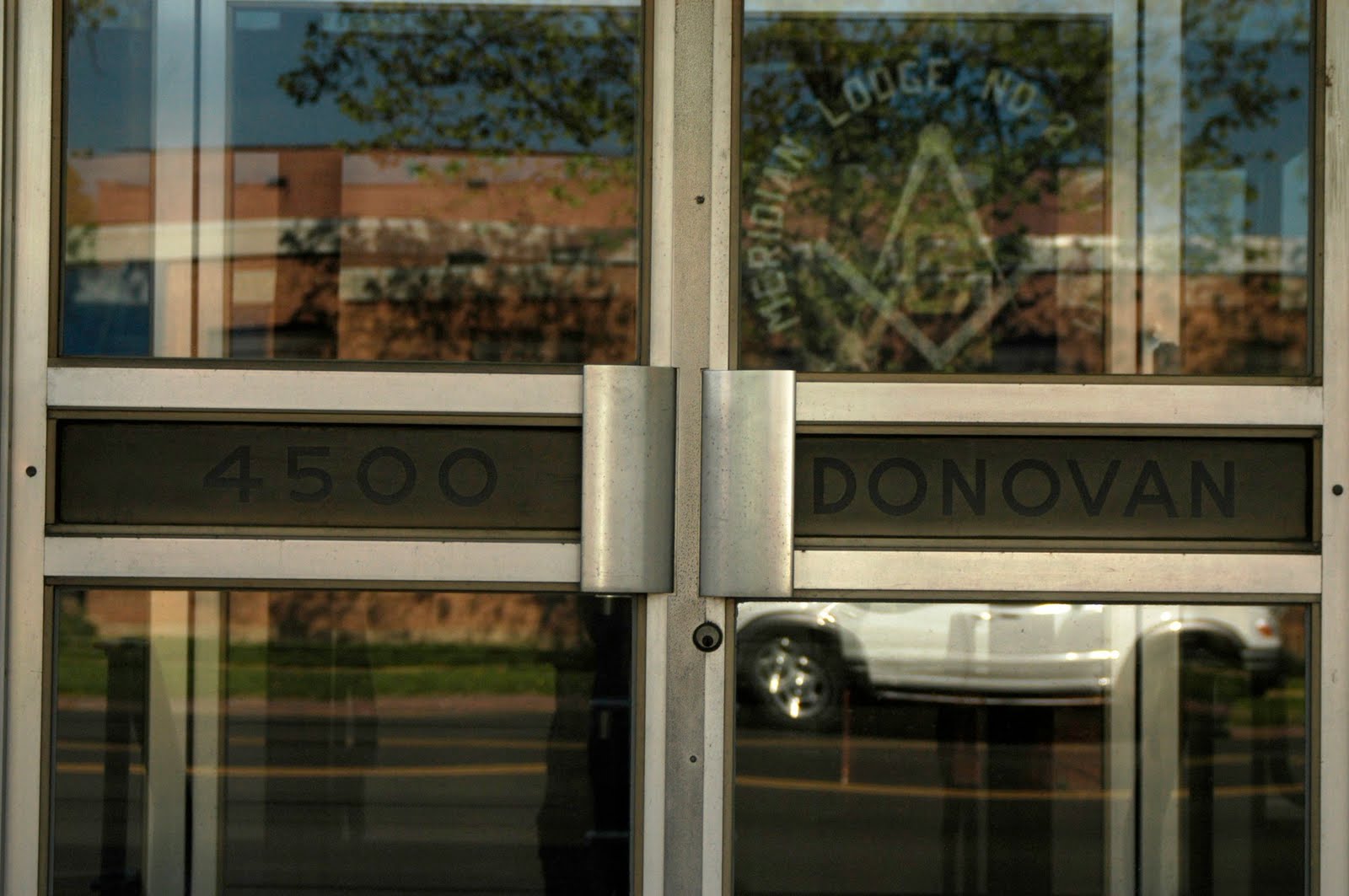
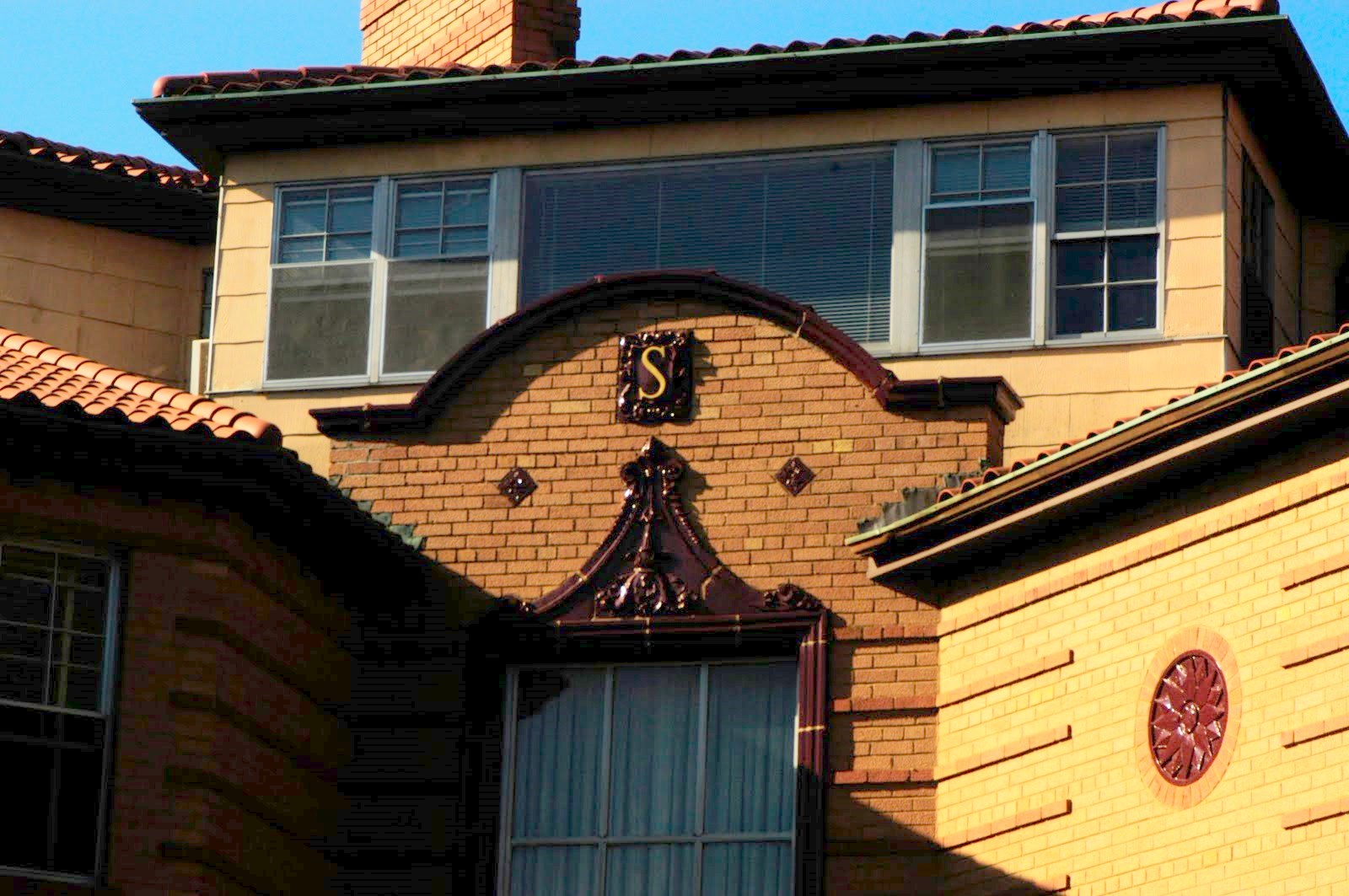
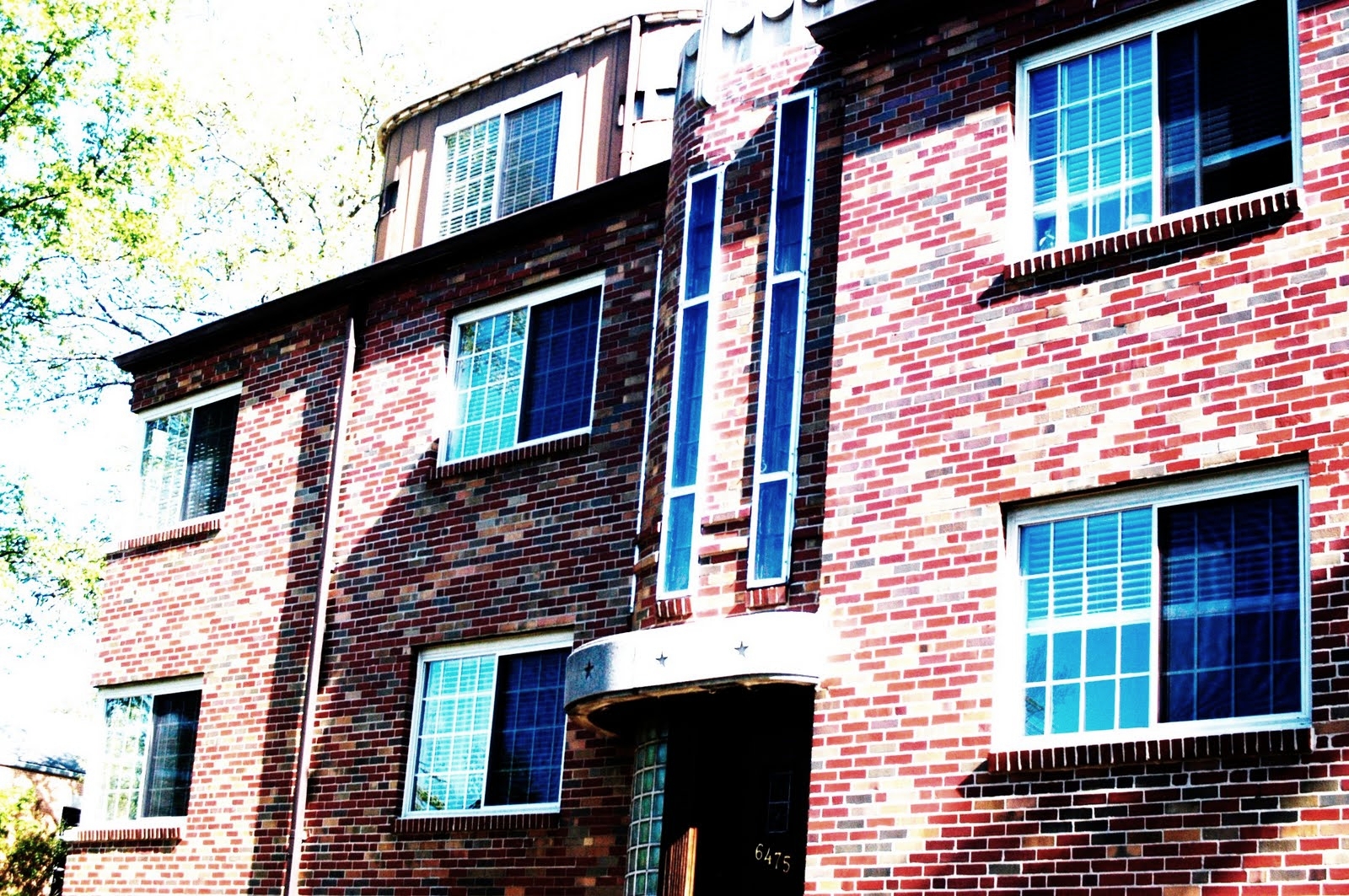
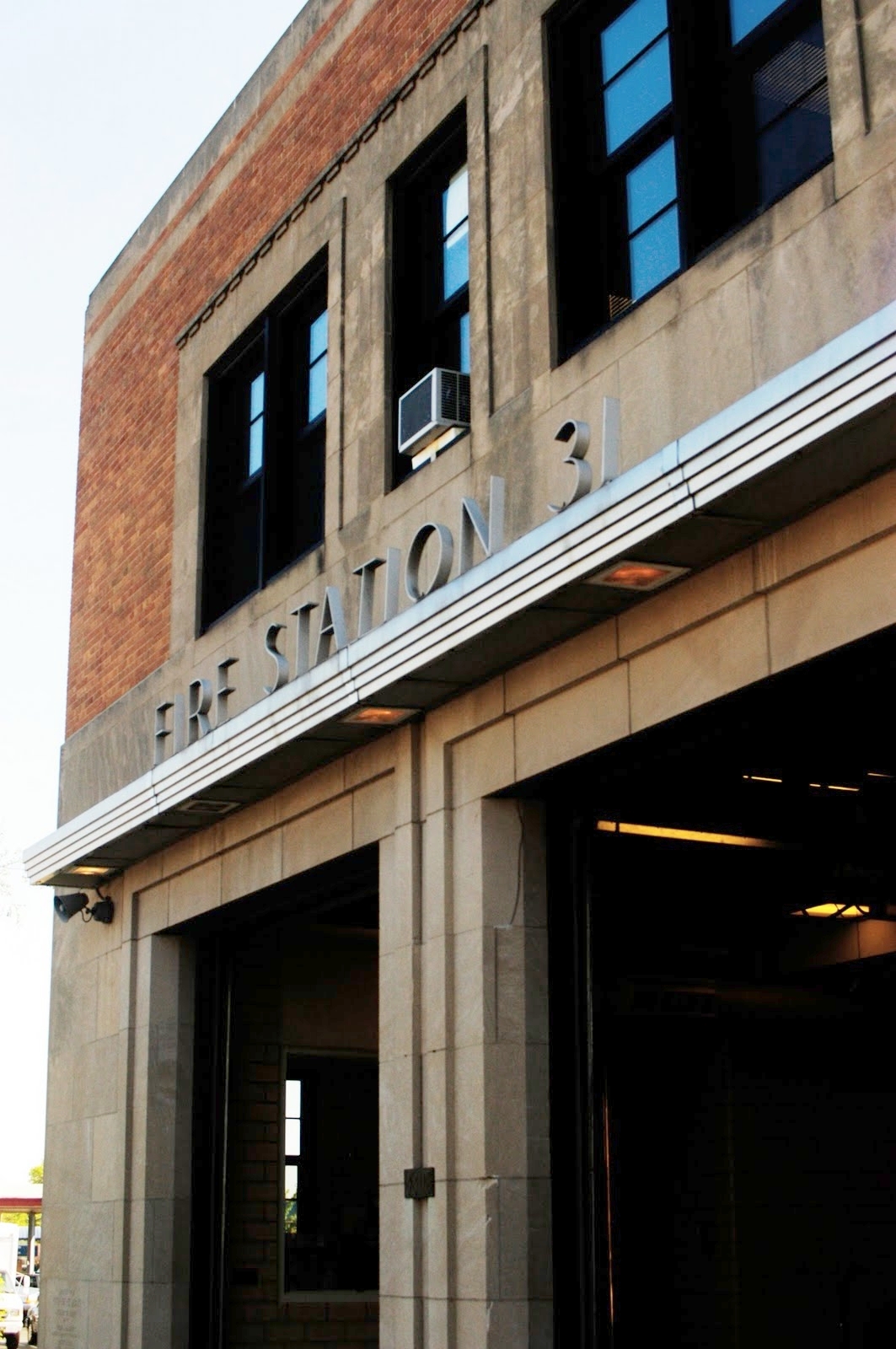
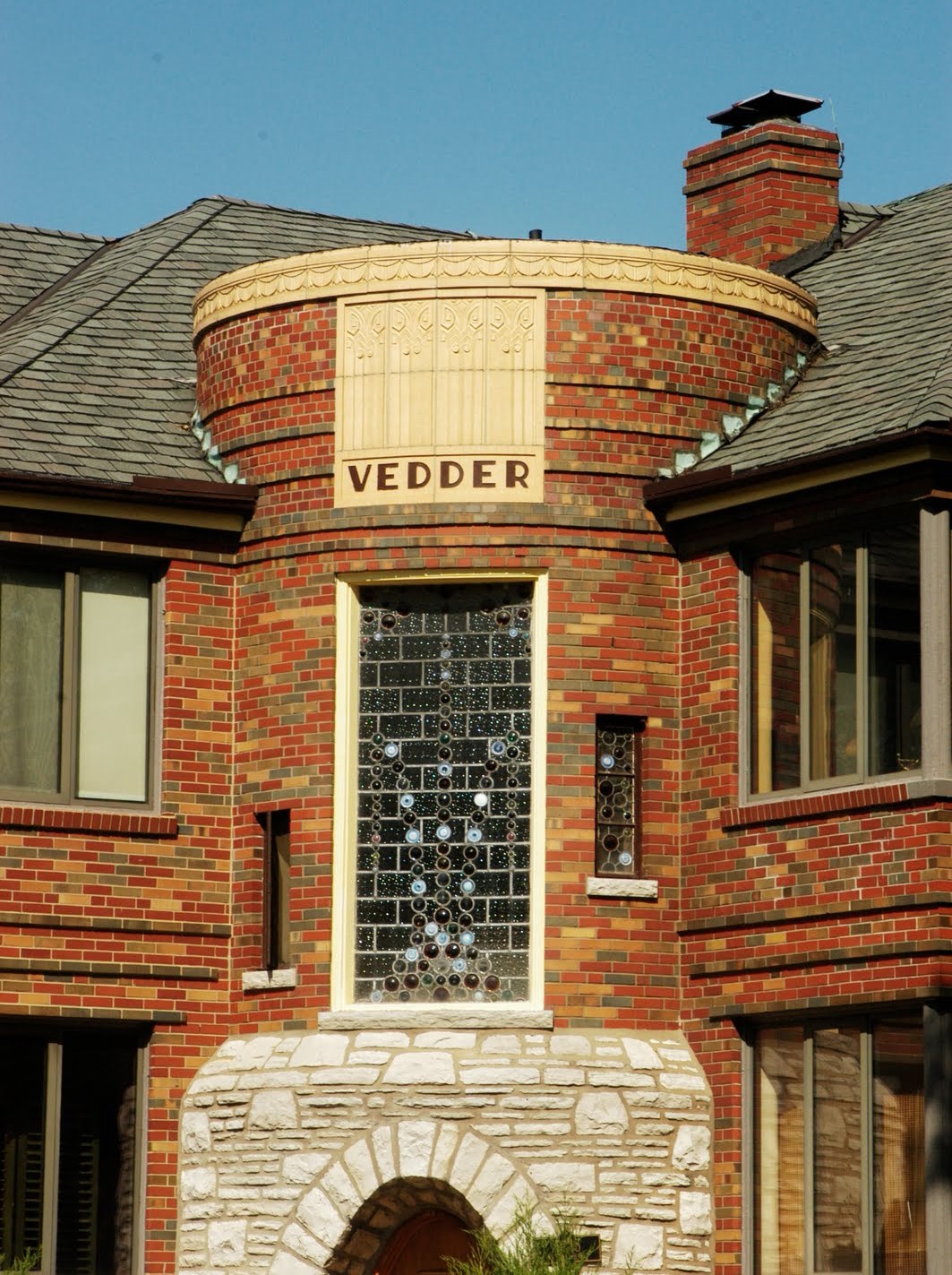
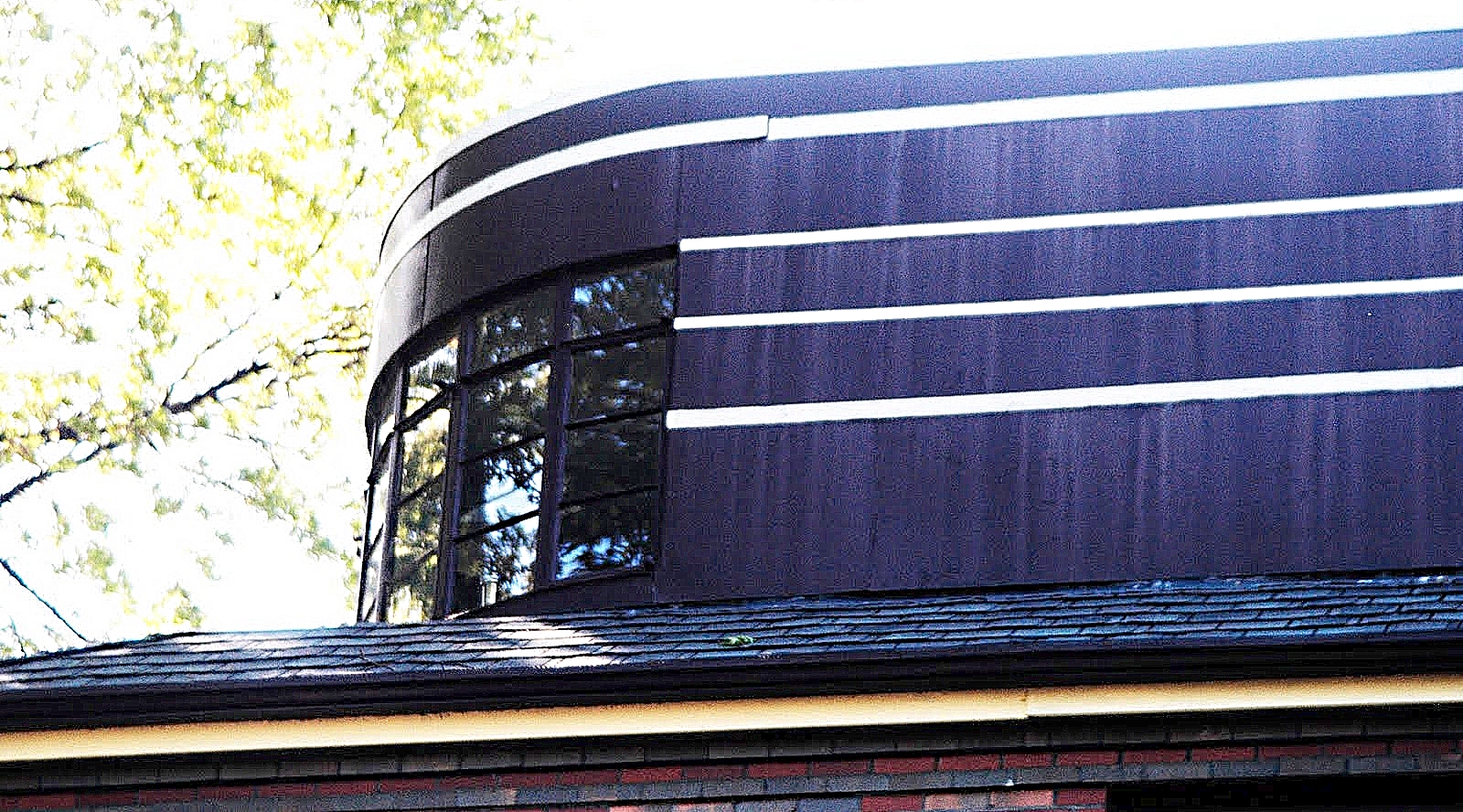
This next one is an eight sided house with no two sides the same length:
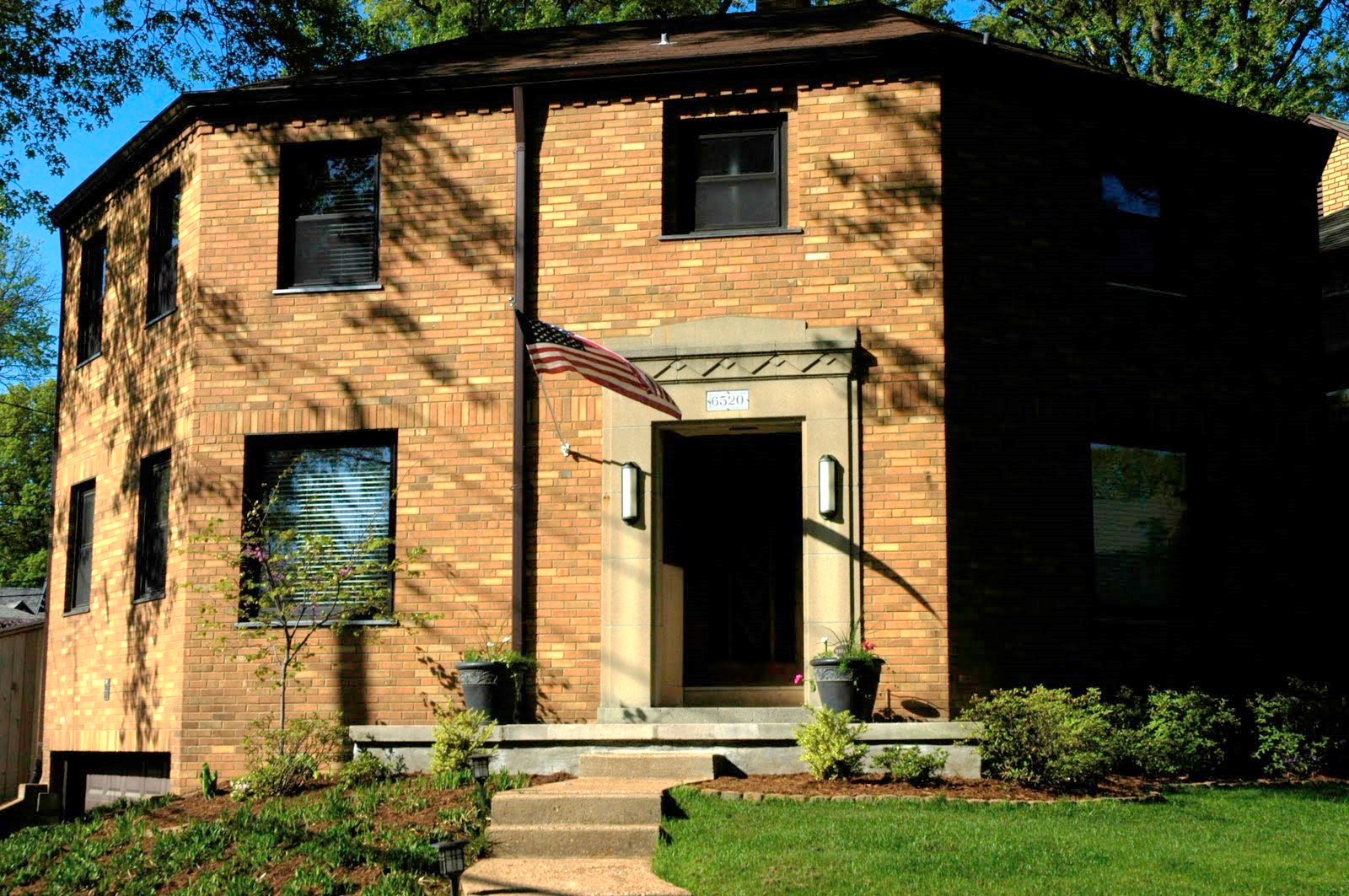
Churches and Schools are plentiful in St. Louis Hills:
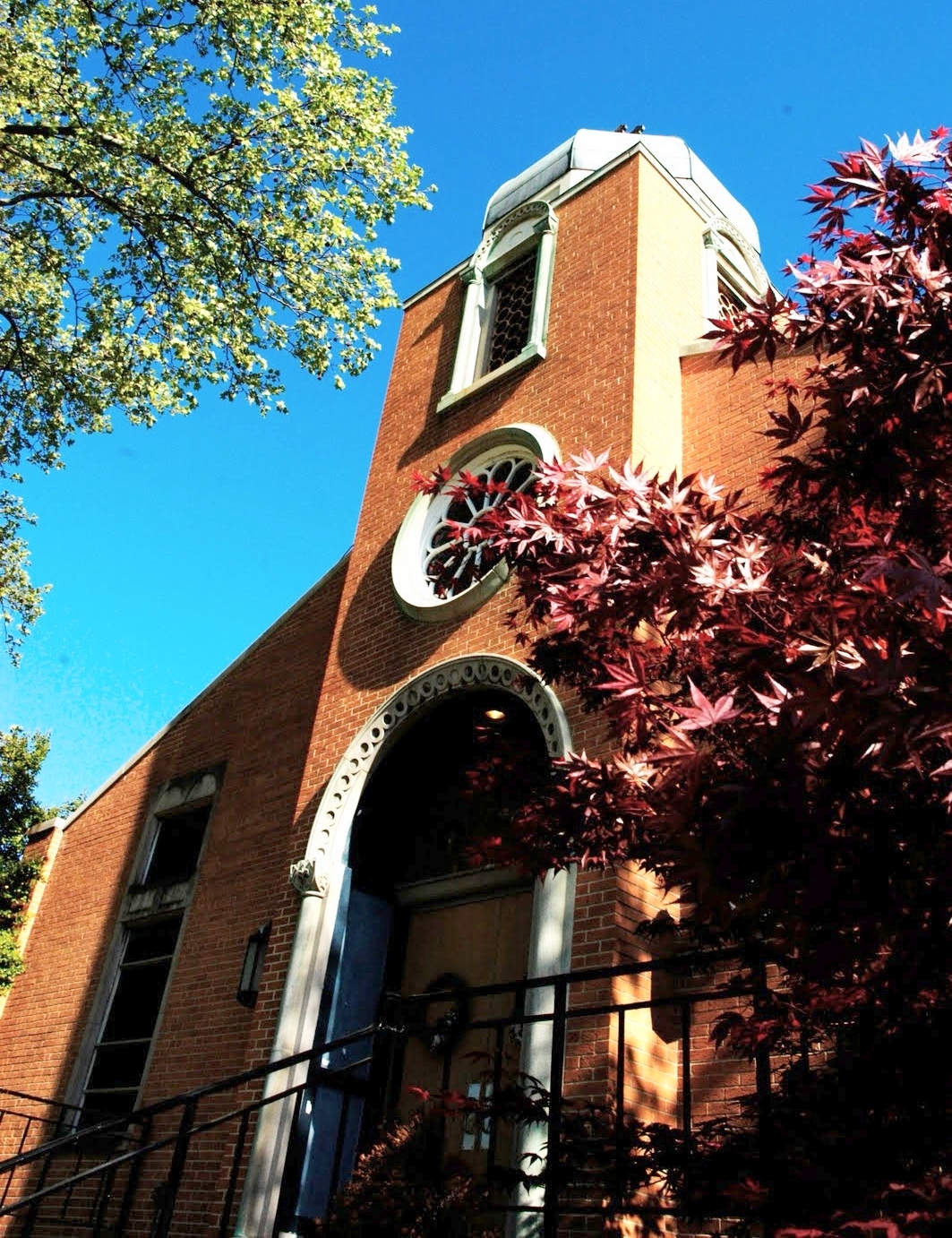
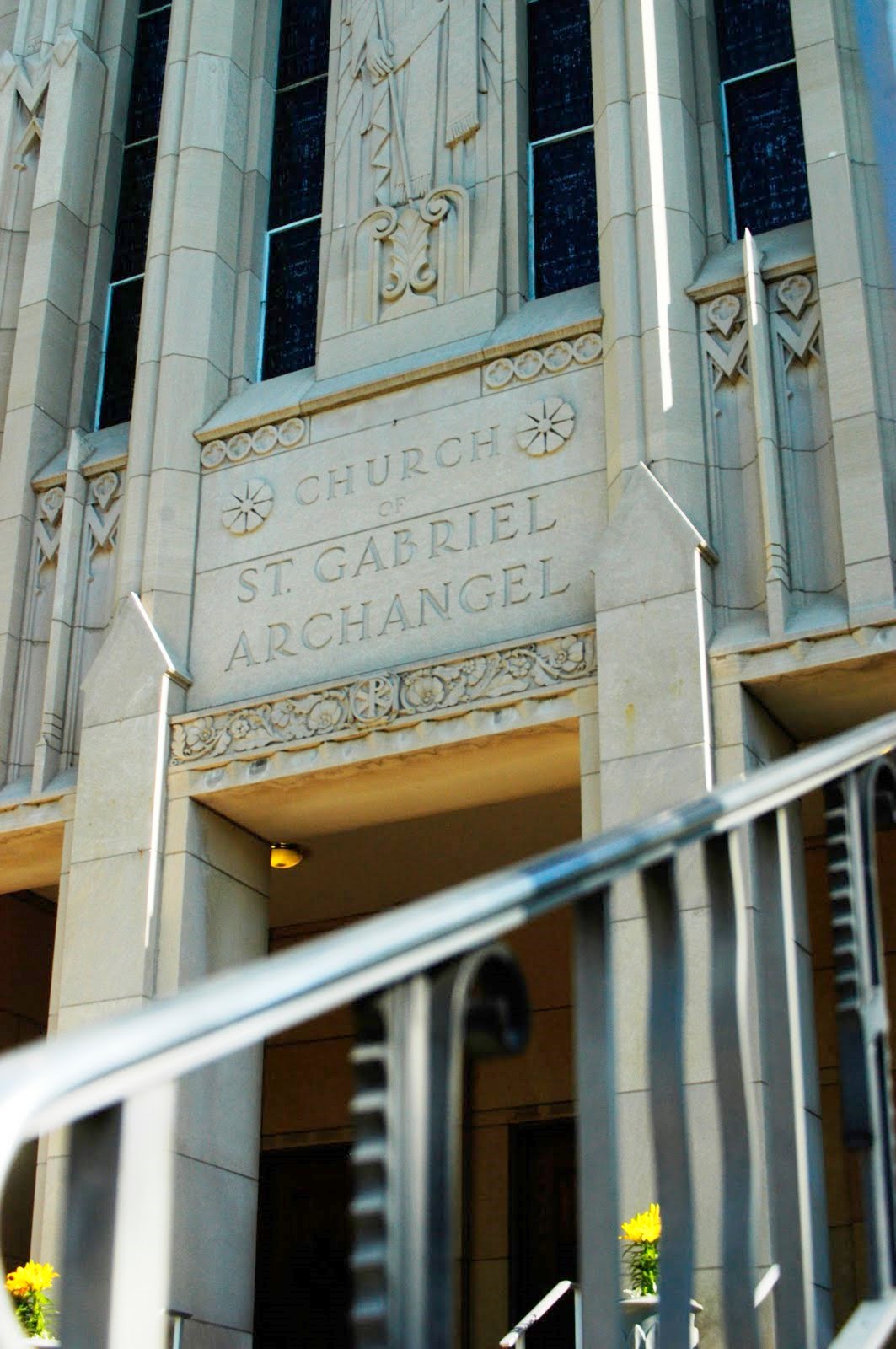
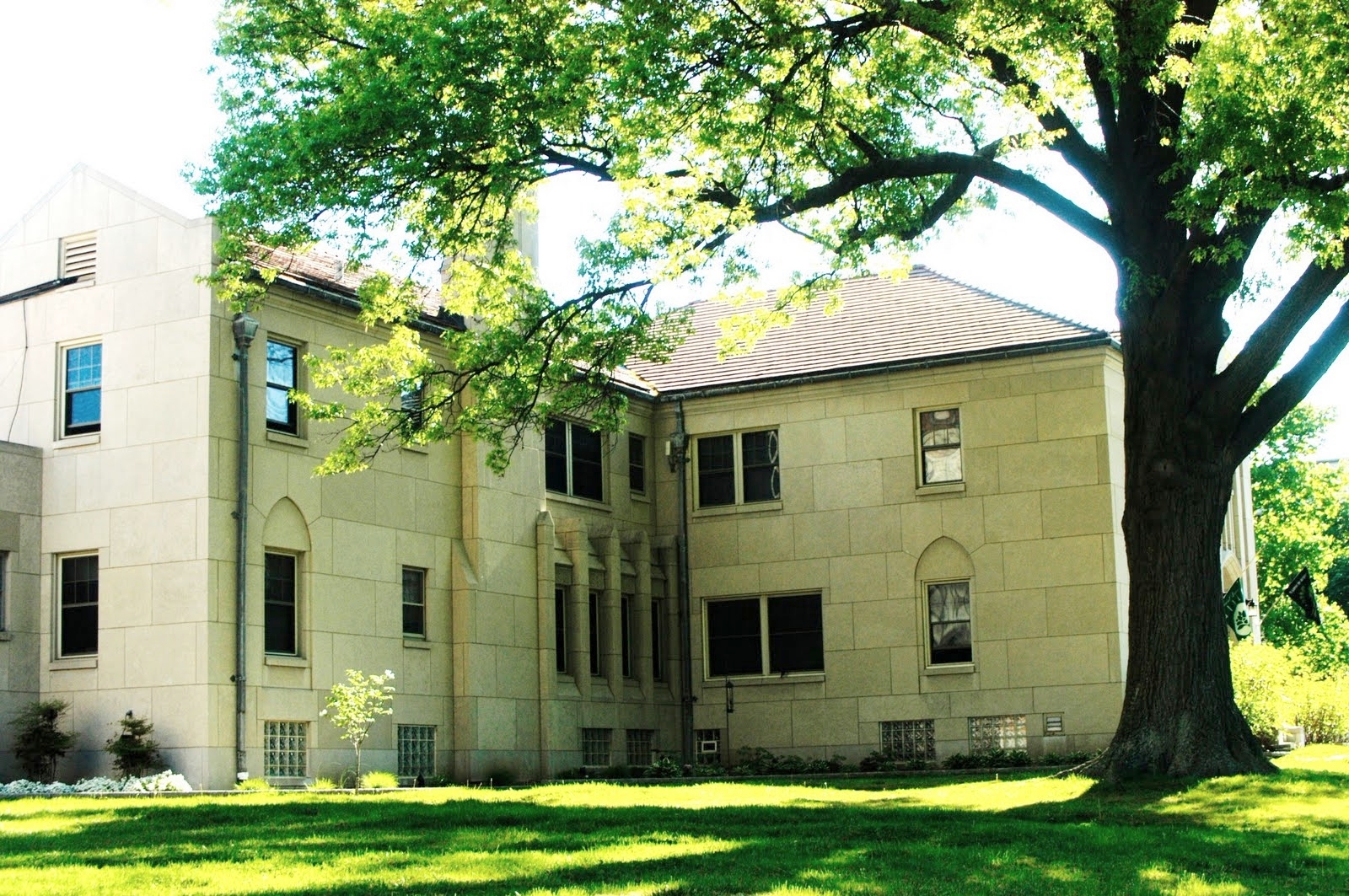
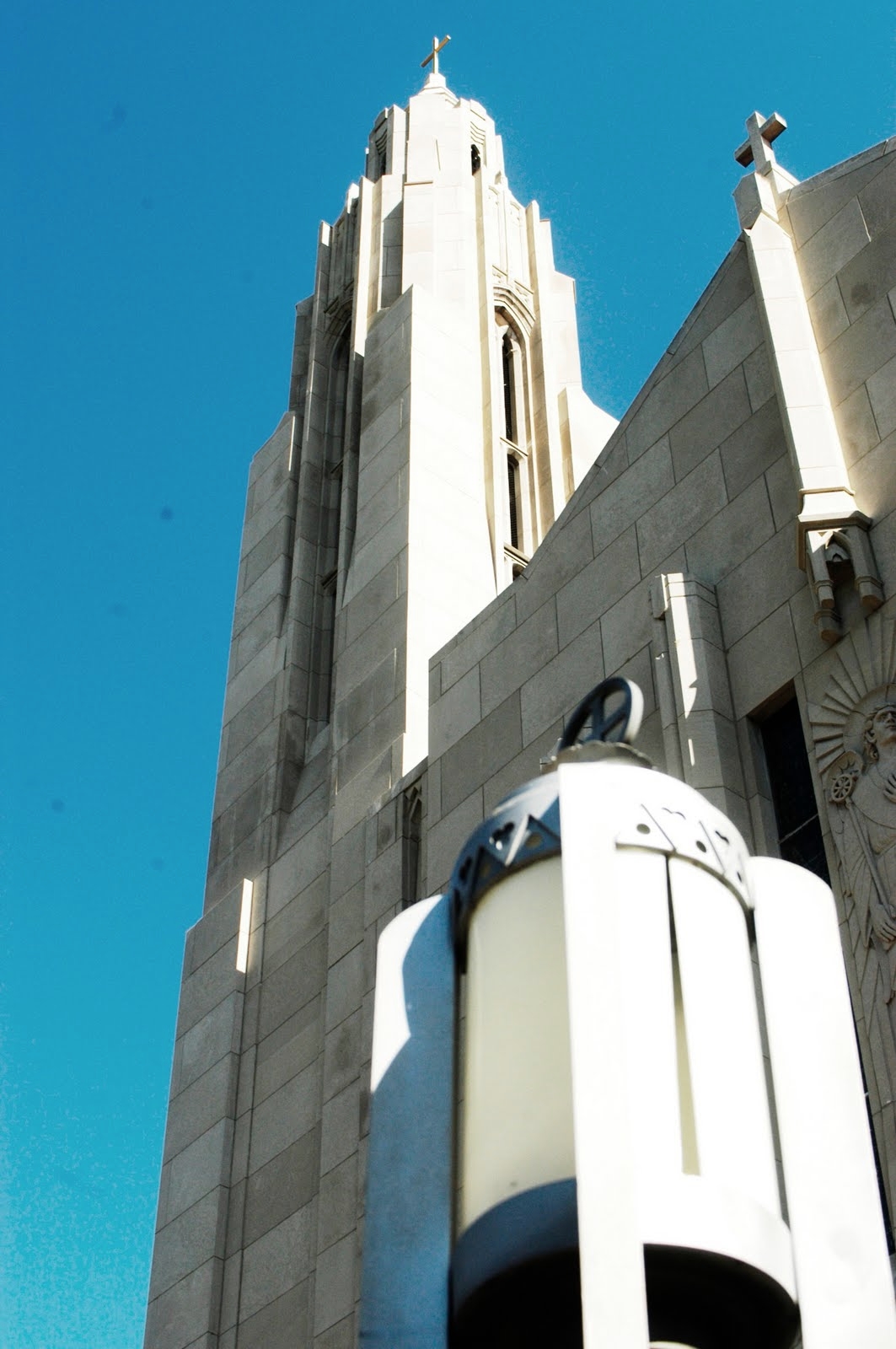
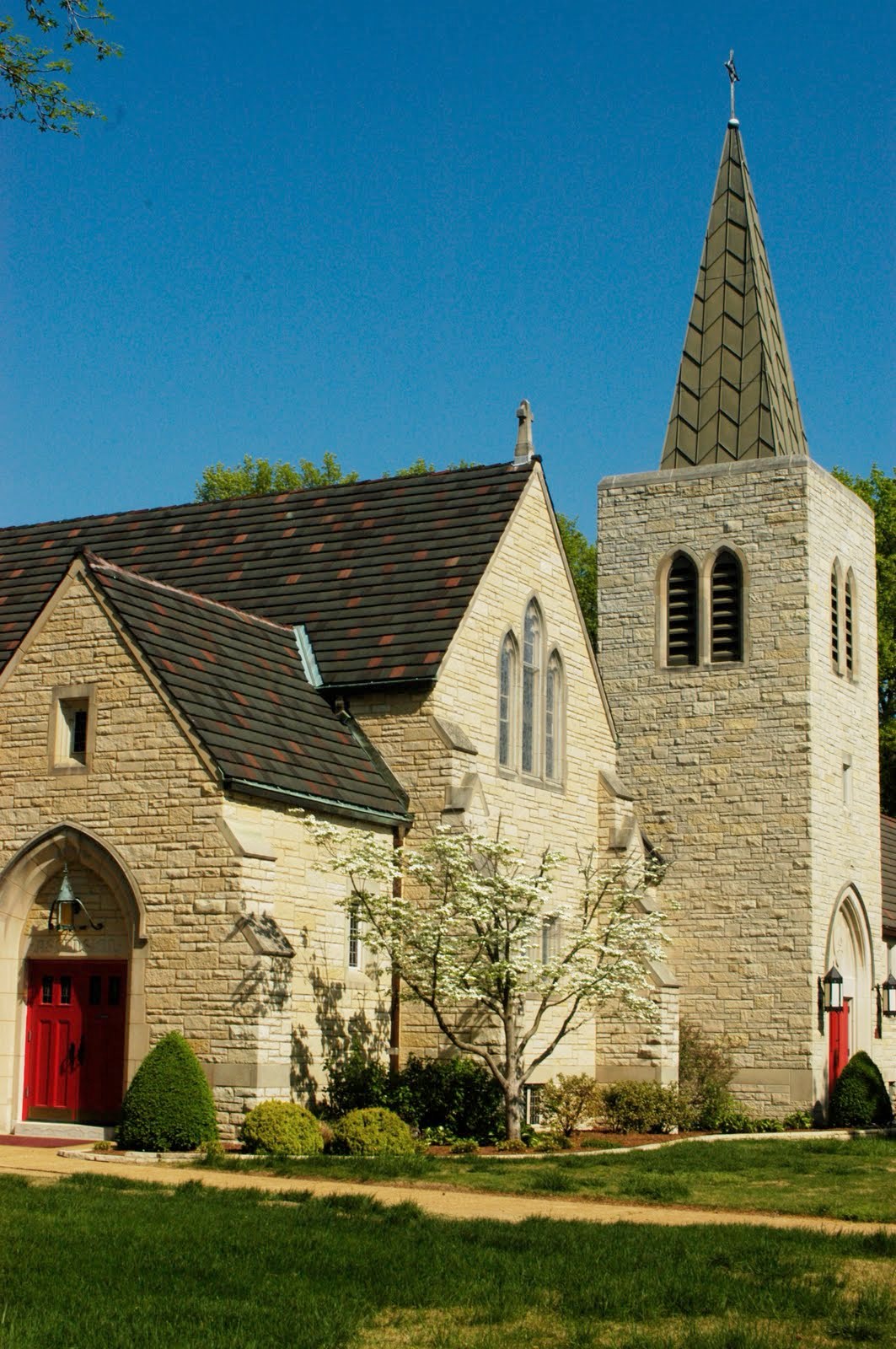
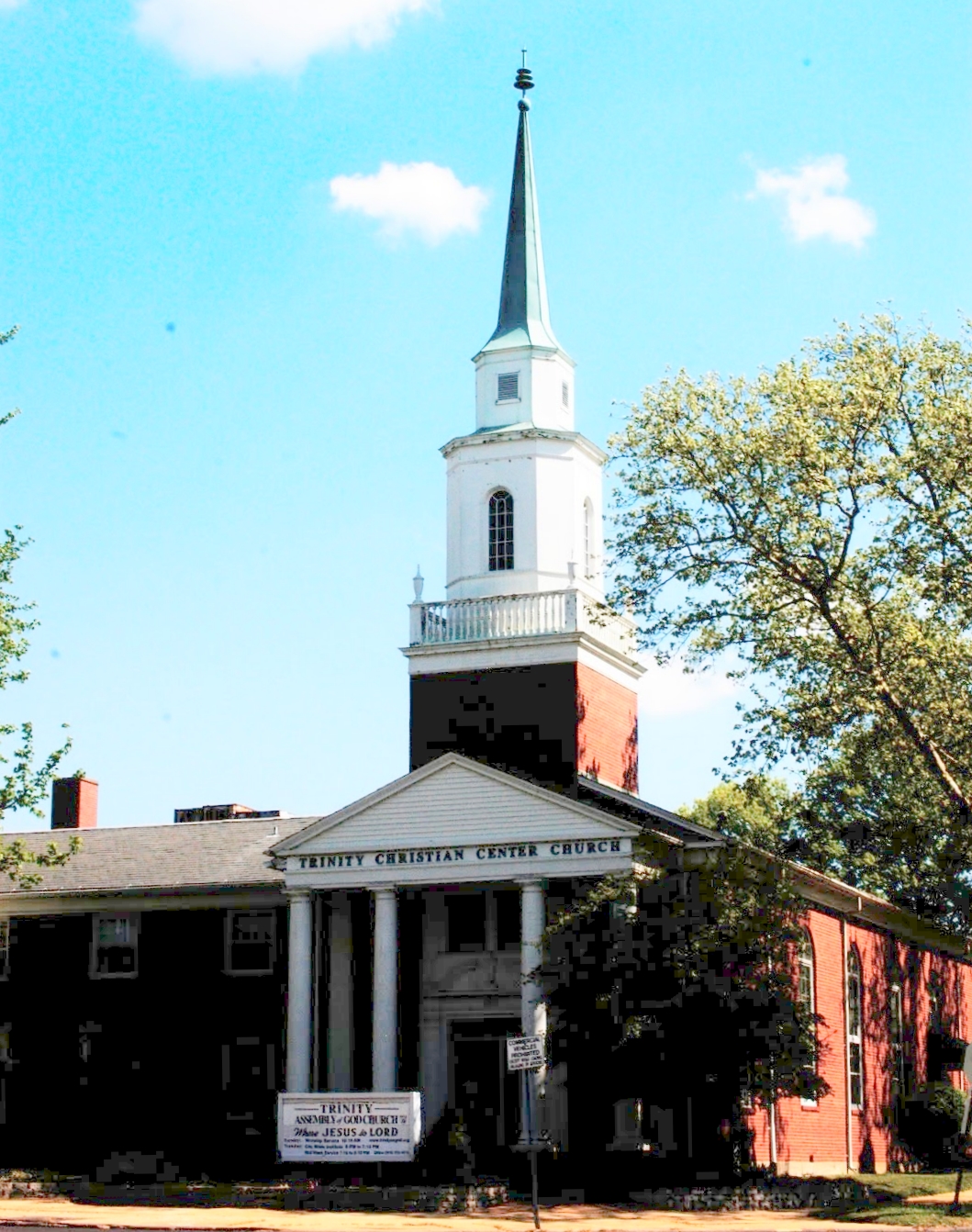
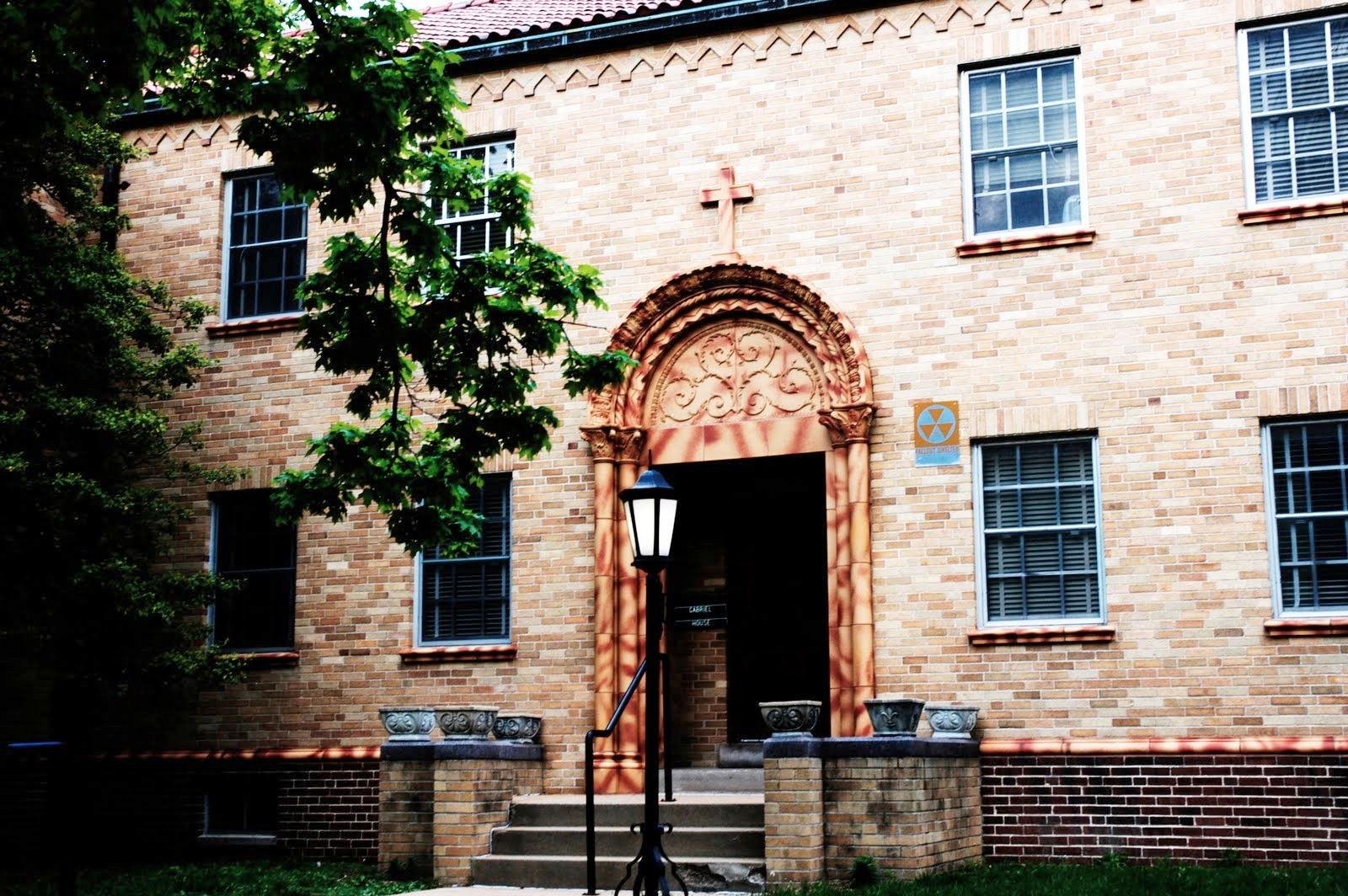
And the Mid-Century Modern St. Mark’s Church on Clifton Avenue is worth the trip to the neighborhood by itself. Click here for an incredible photo tour on the B.E.L.T. blog by Toby Weiss.
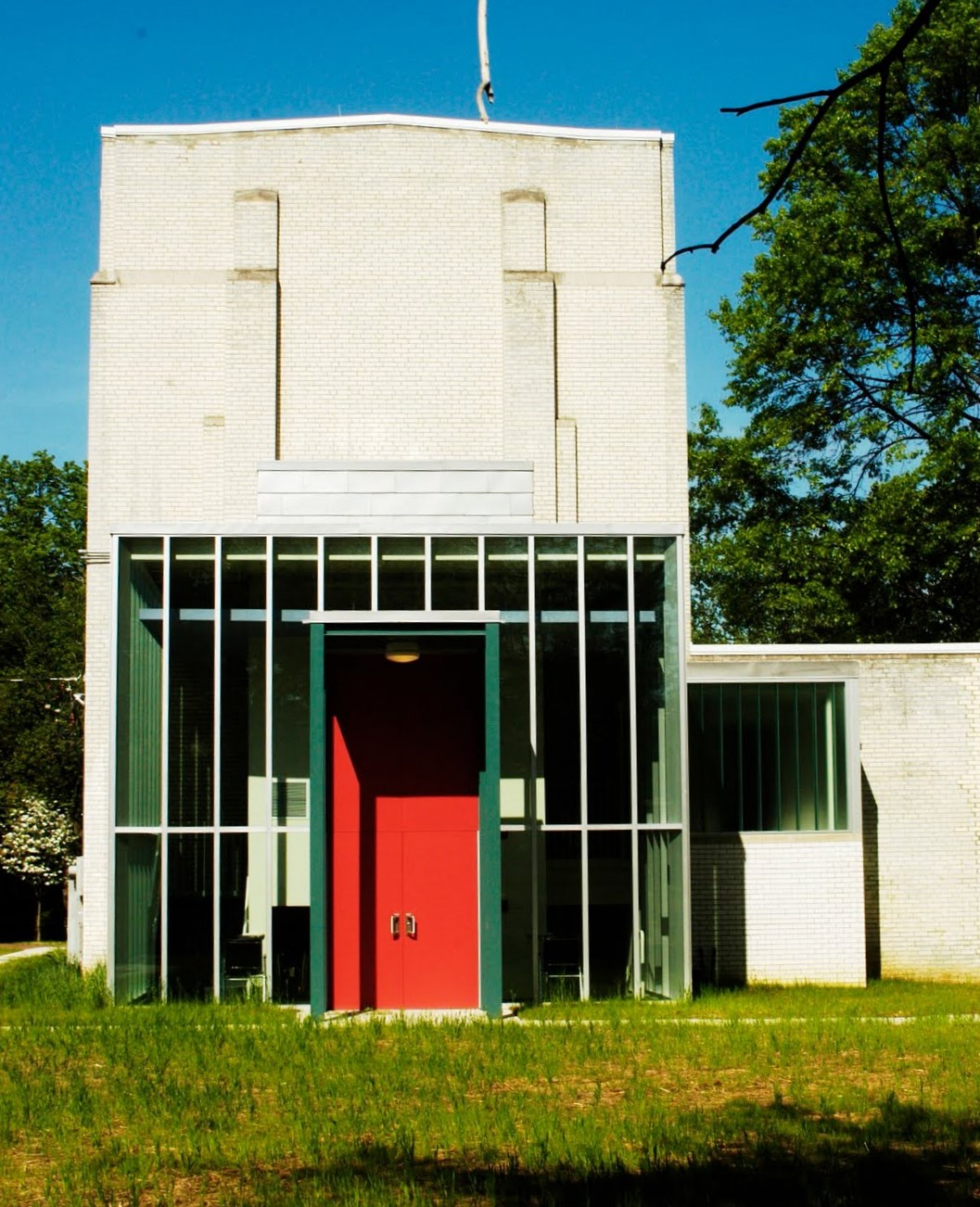
The streets are cozy and tree lined:
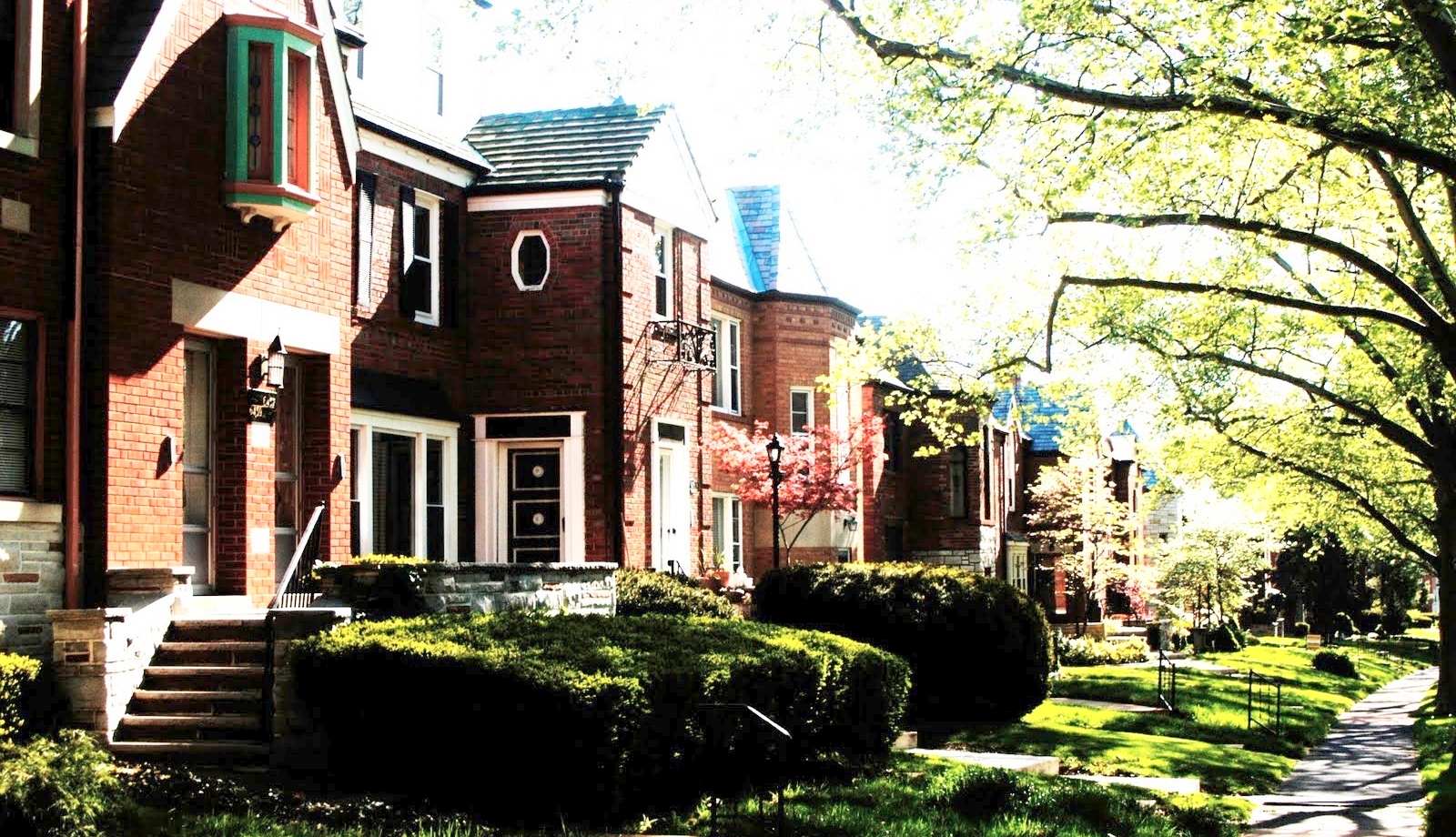
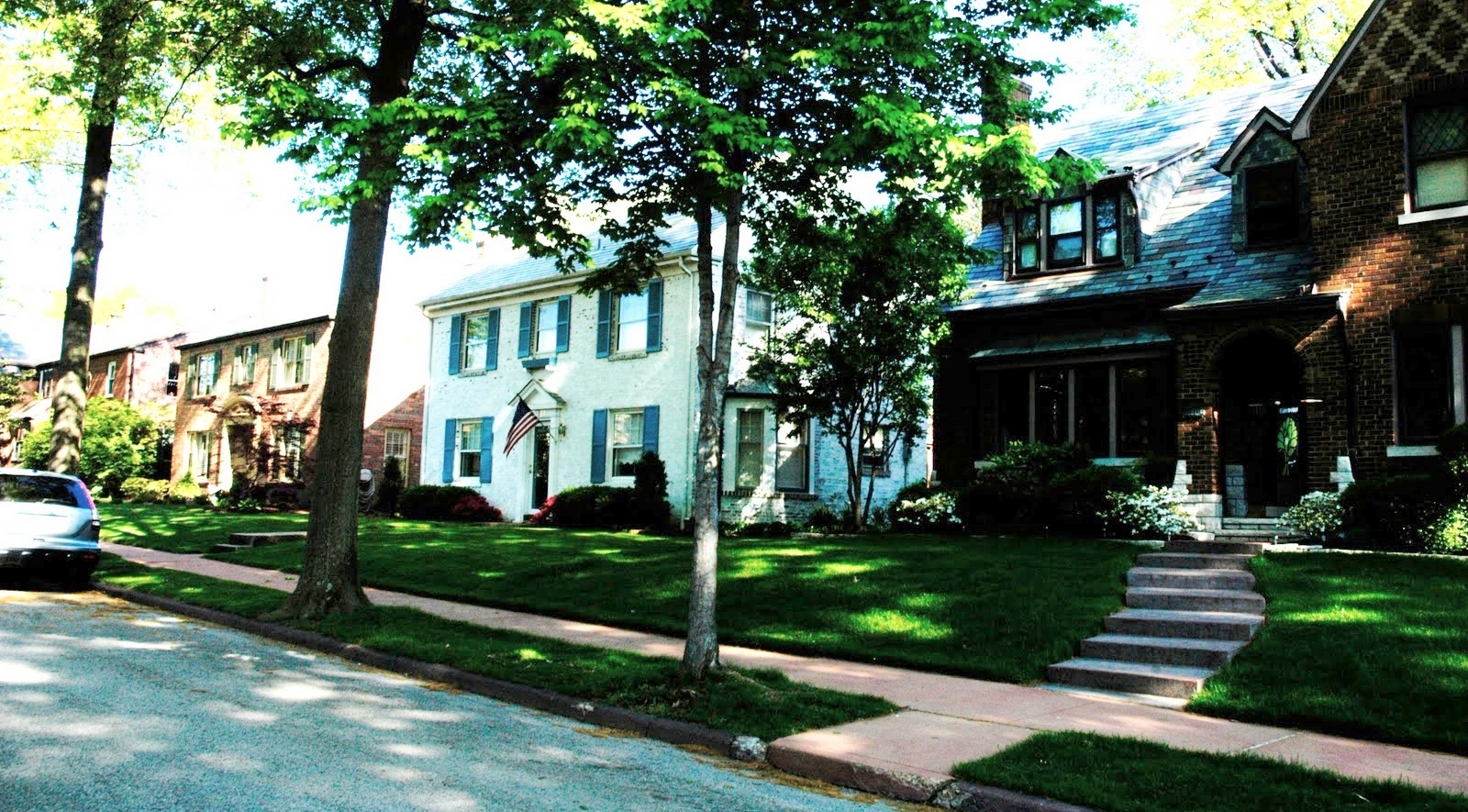
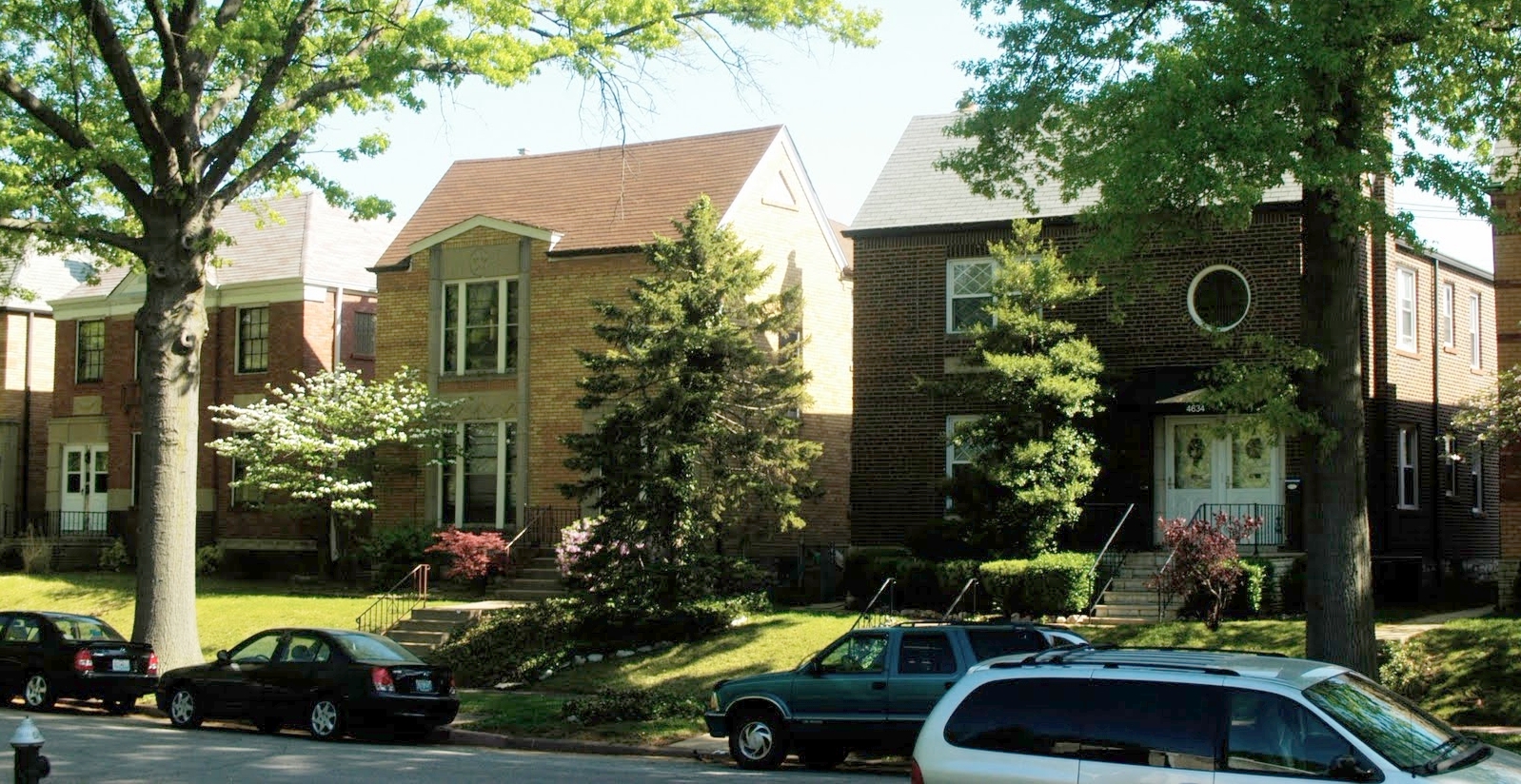
Some businesses along Hampton and Chippewa (Route 66):
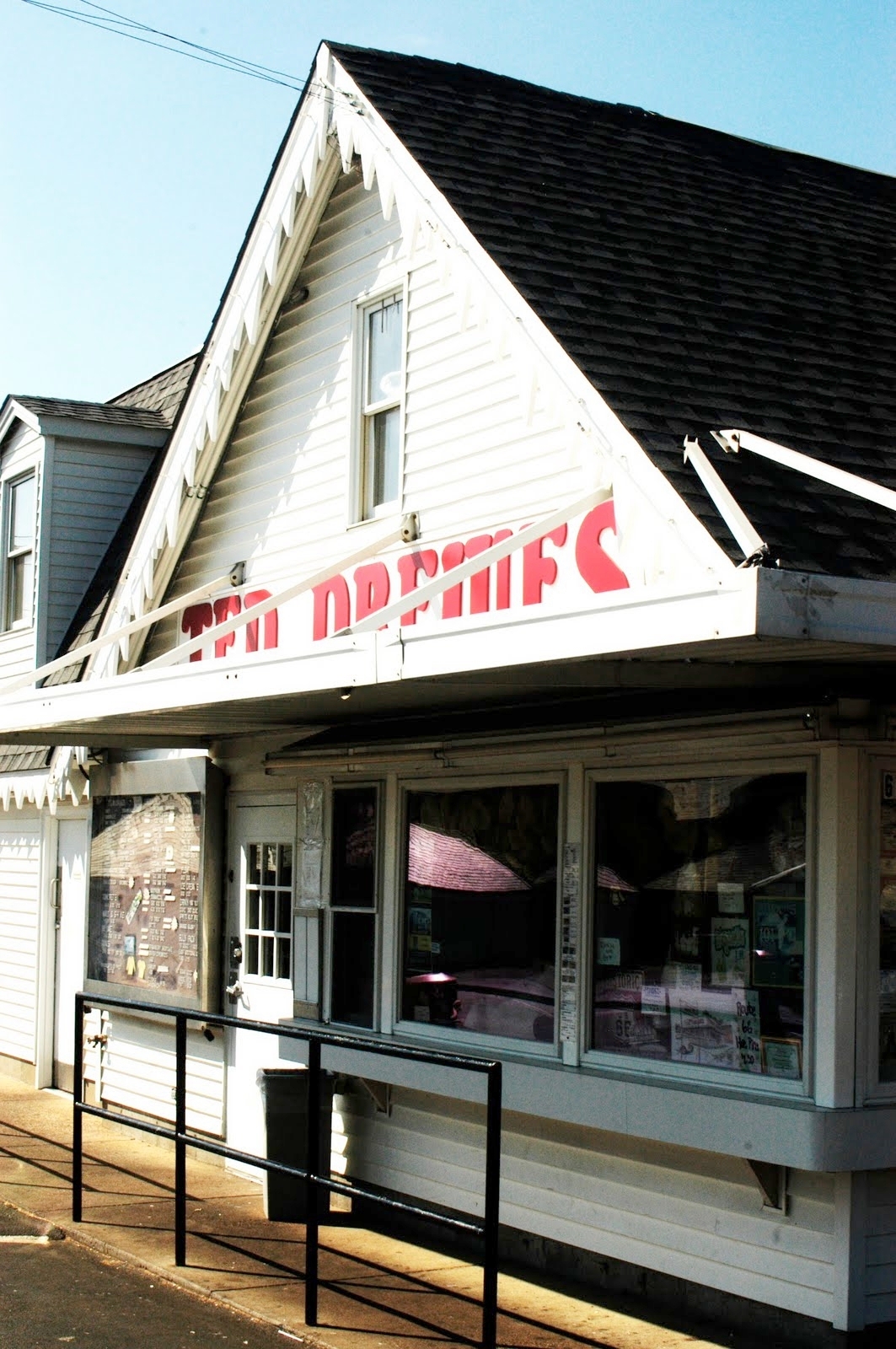
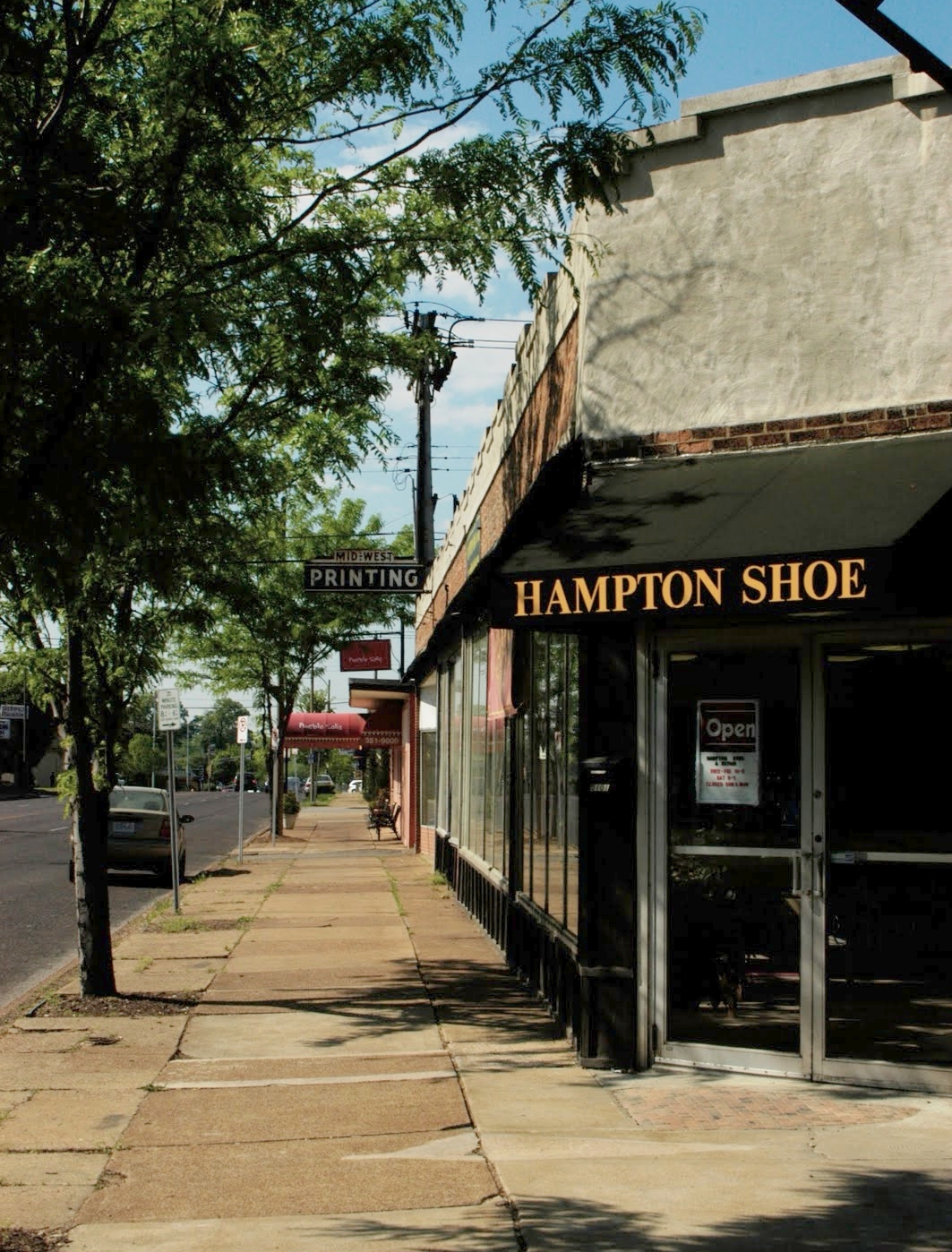
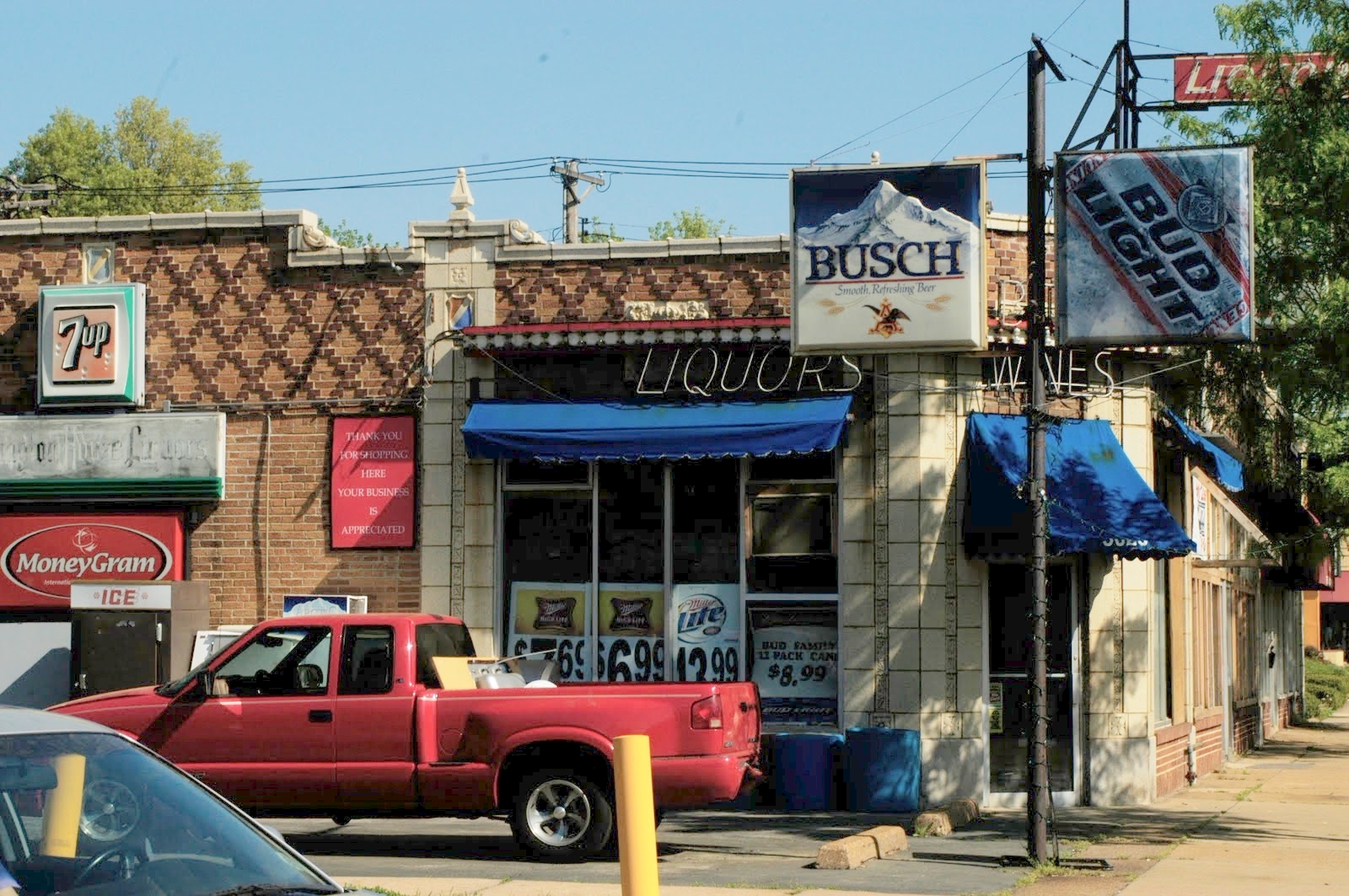

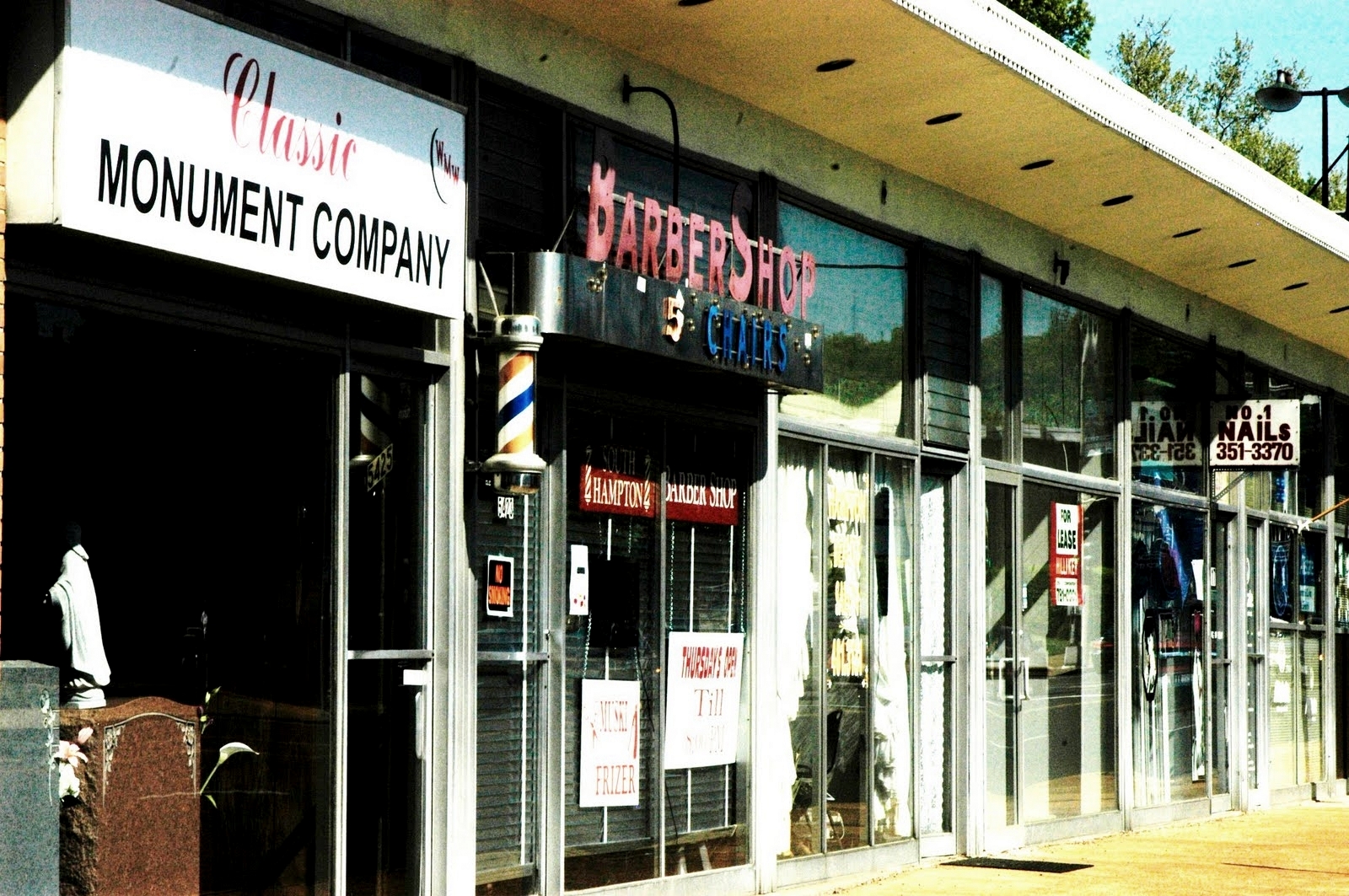
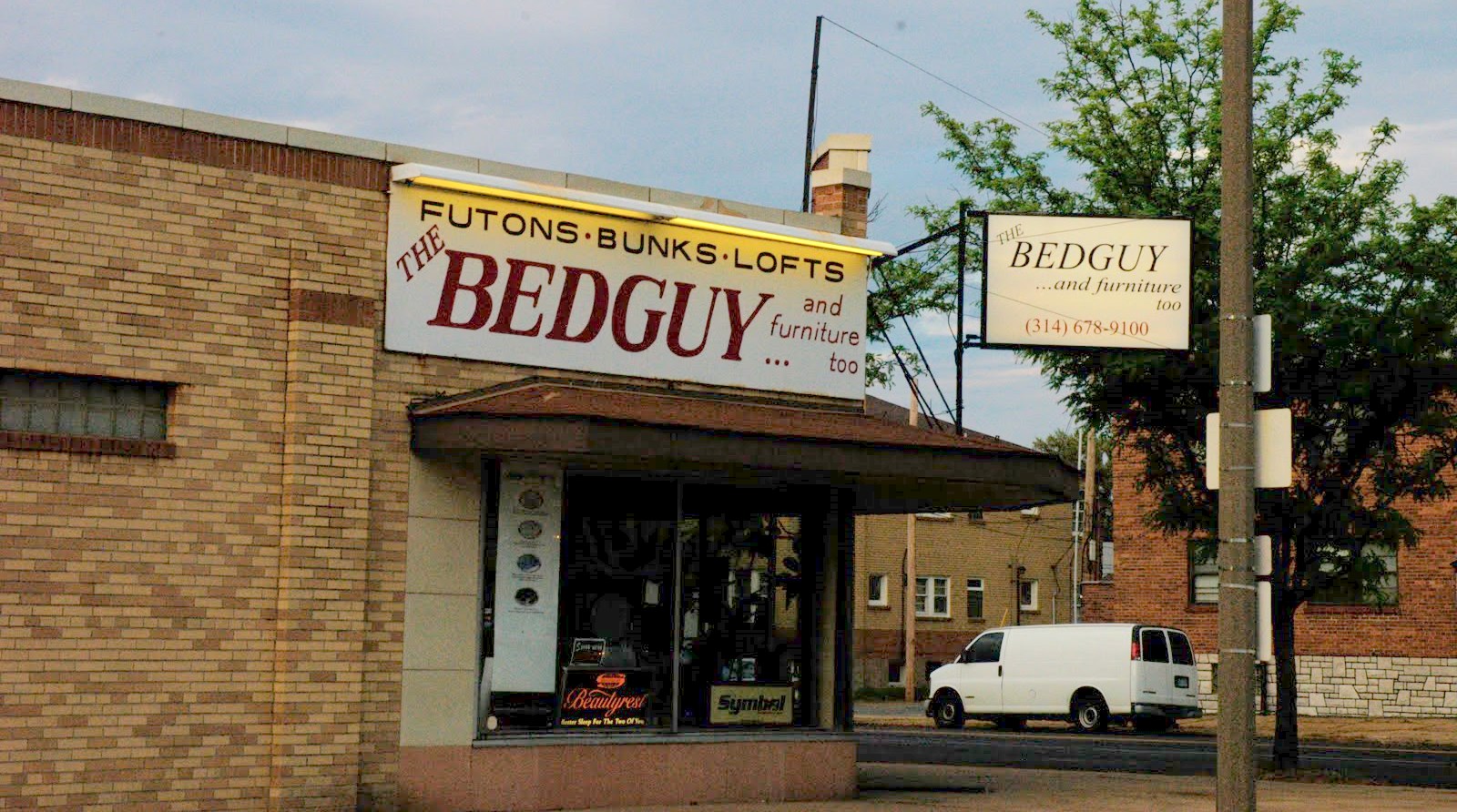
But most of all St. Louis Hills is a residential neighborhood filled with pre-WWII homes and mid-century ranches:
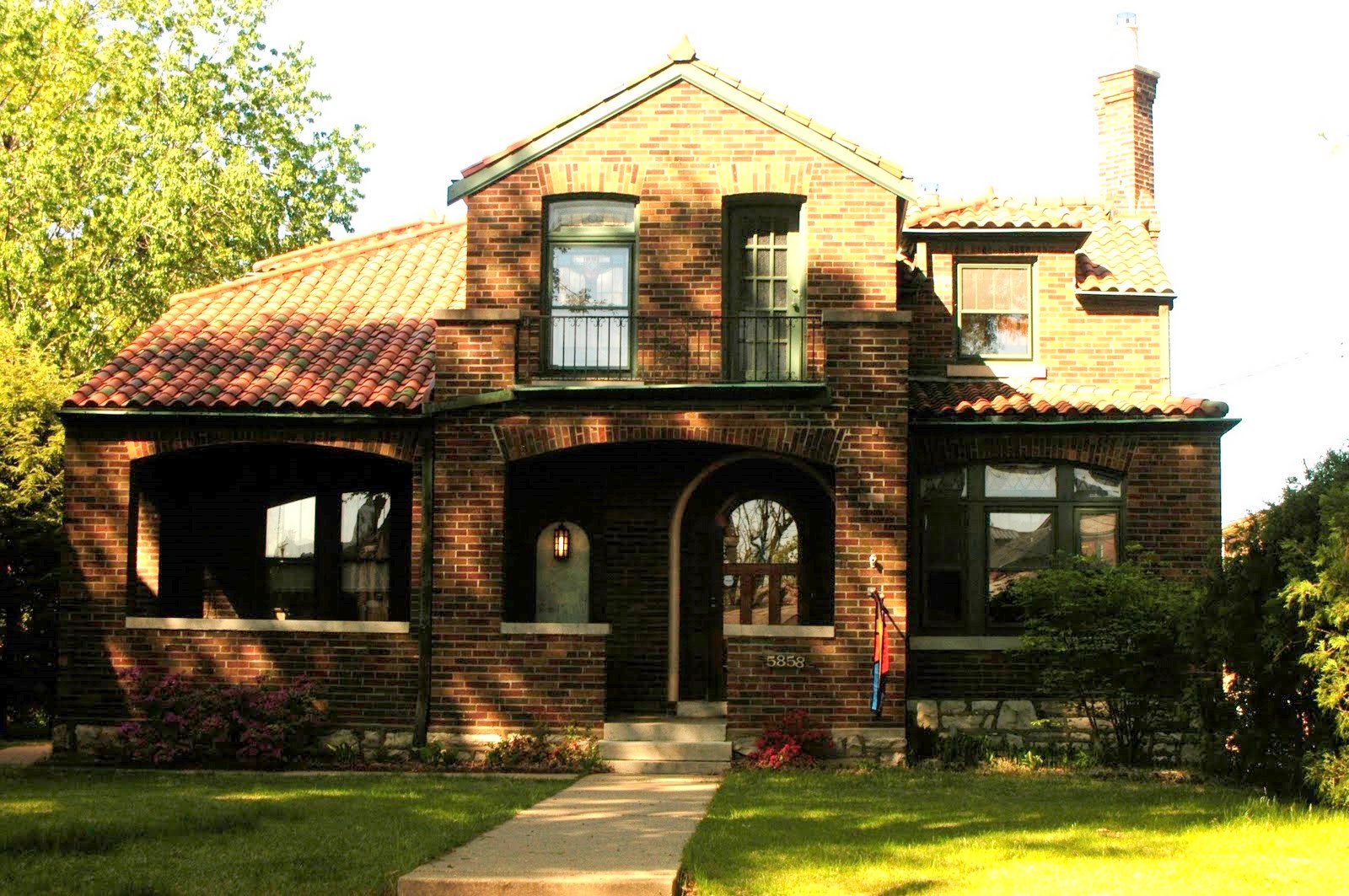
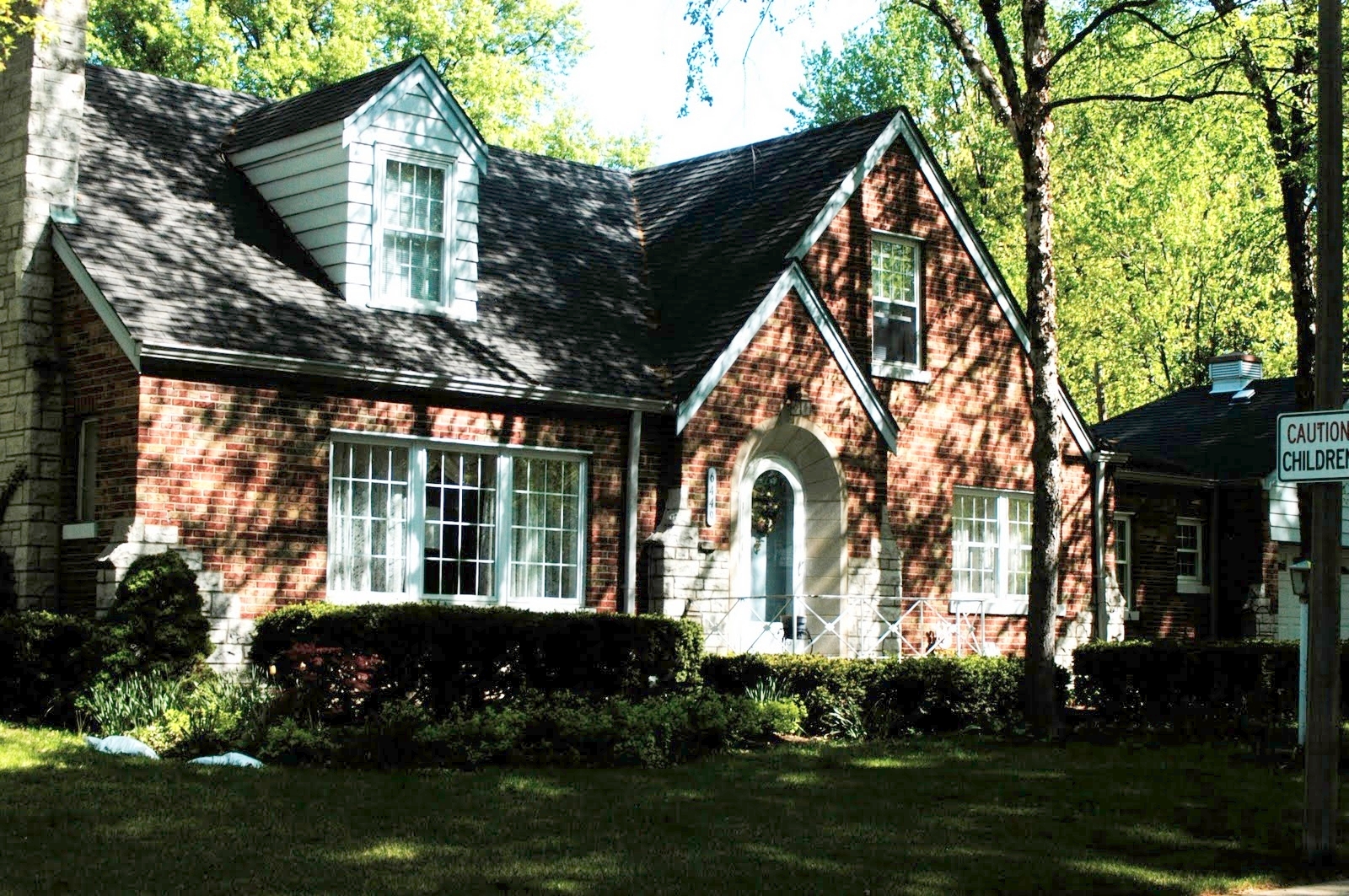
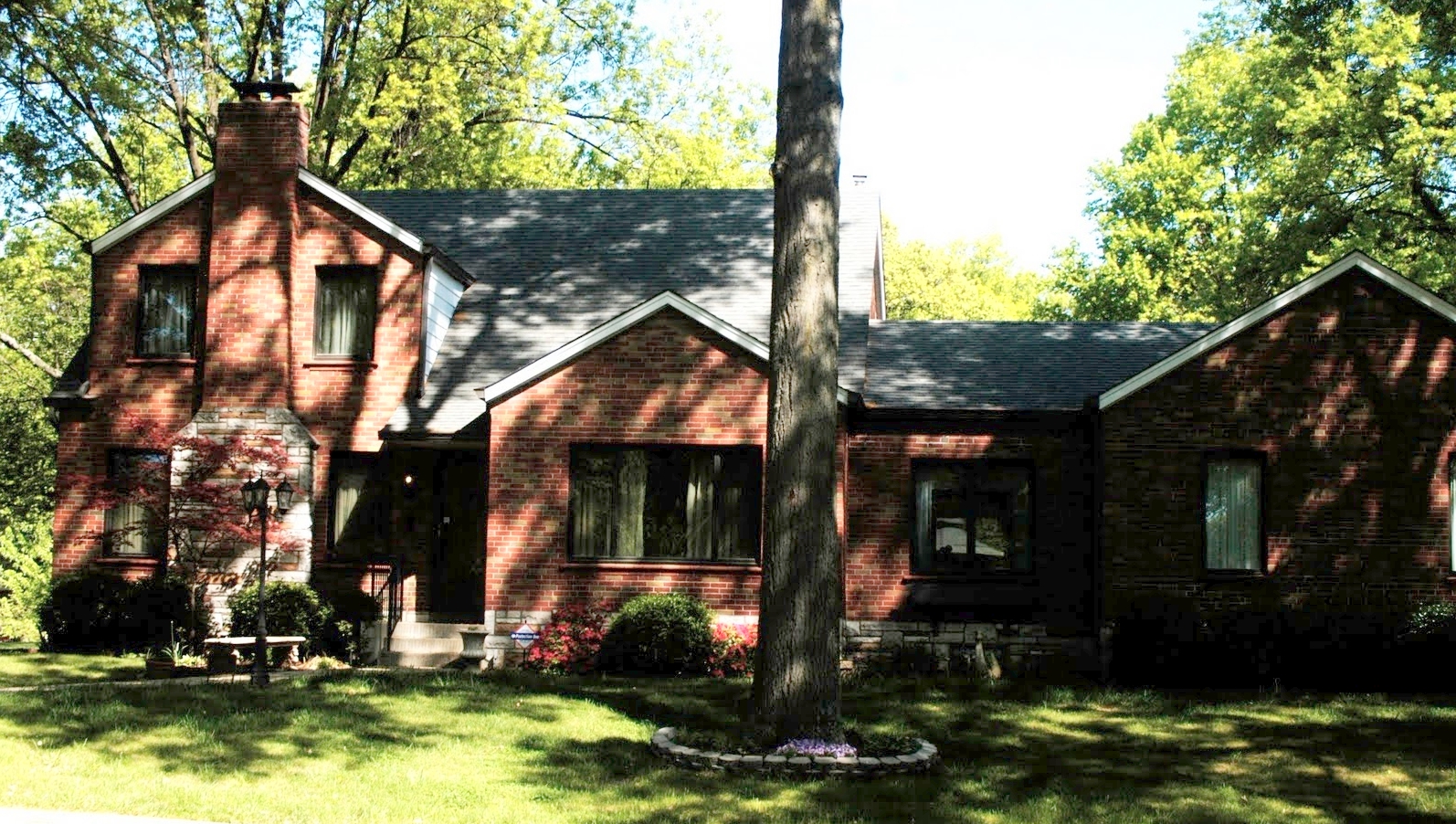
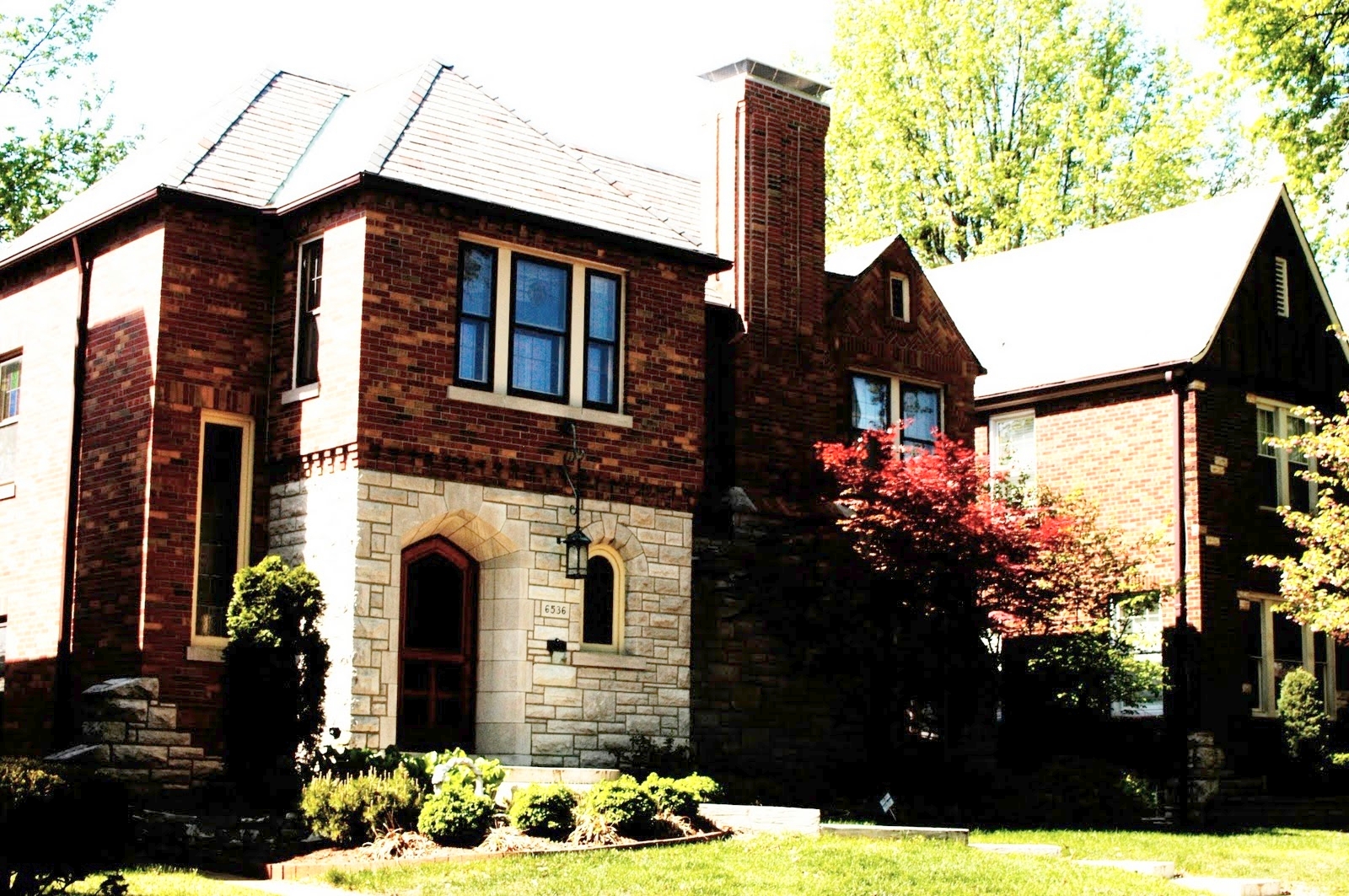
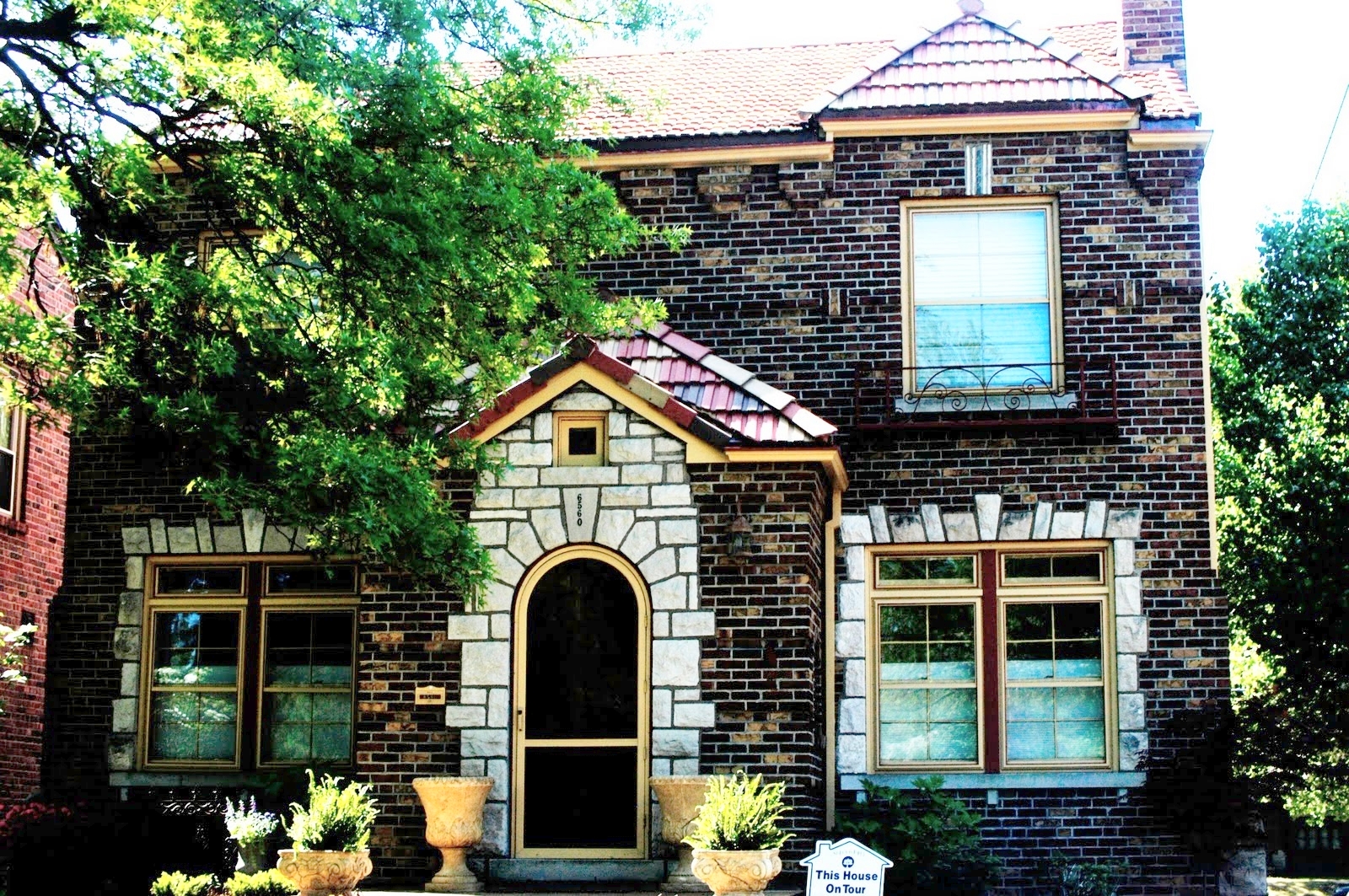
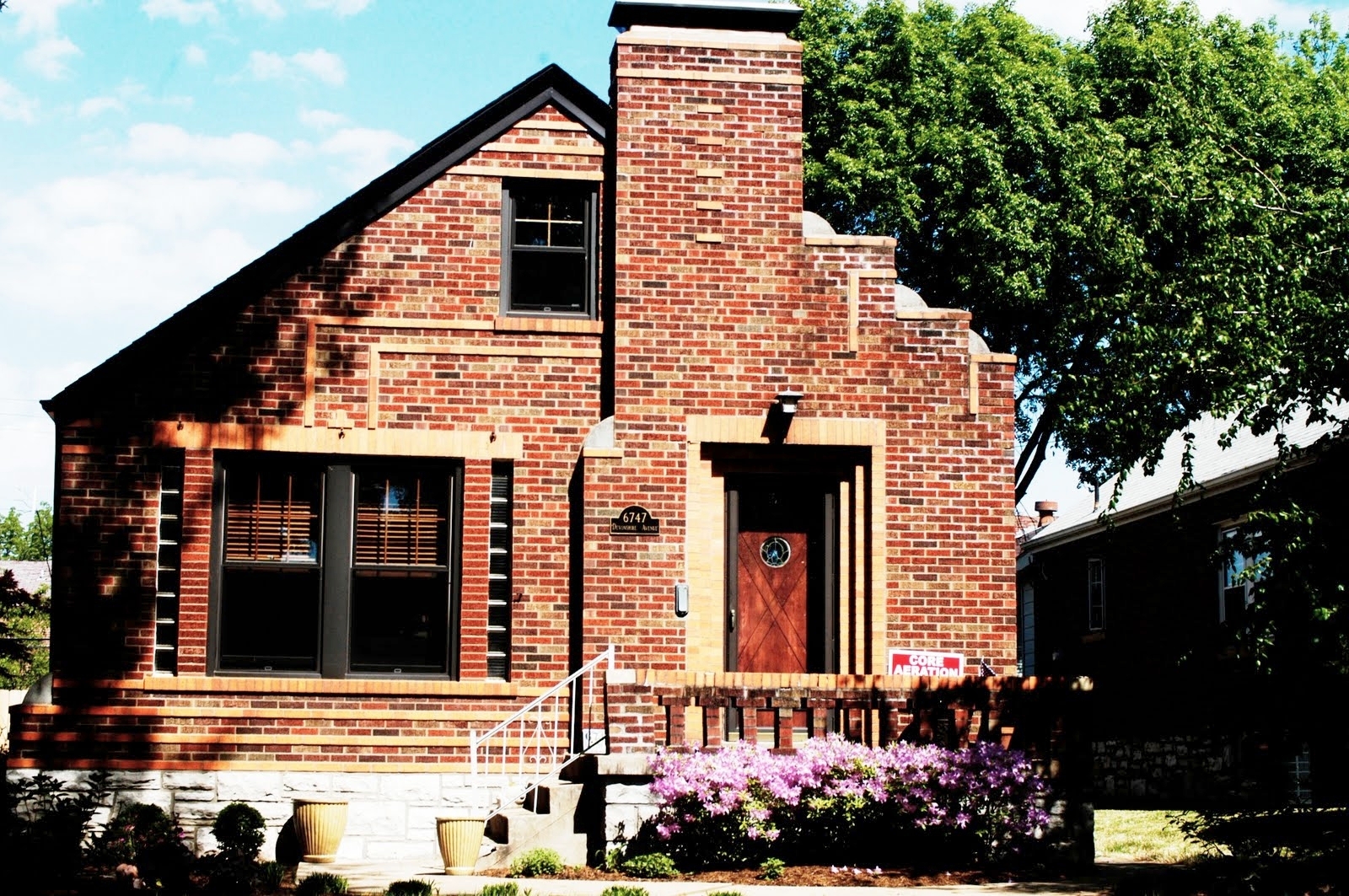
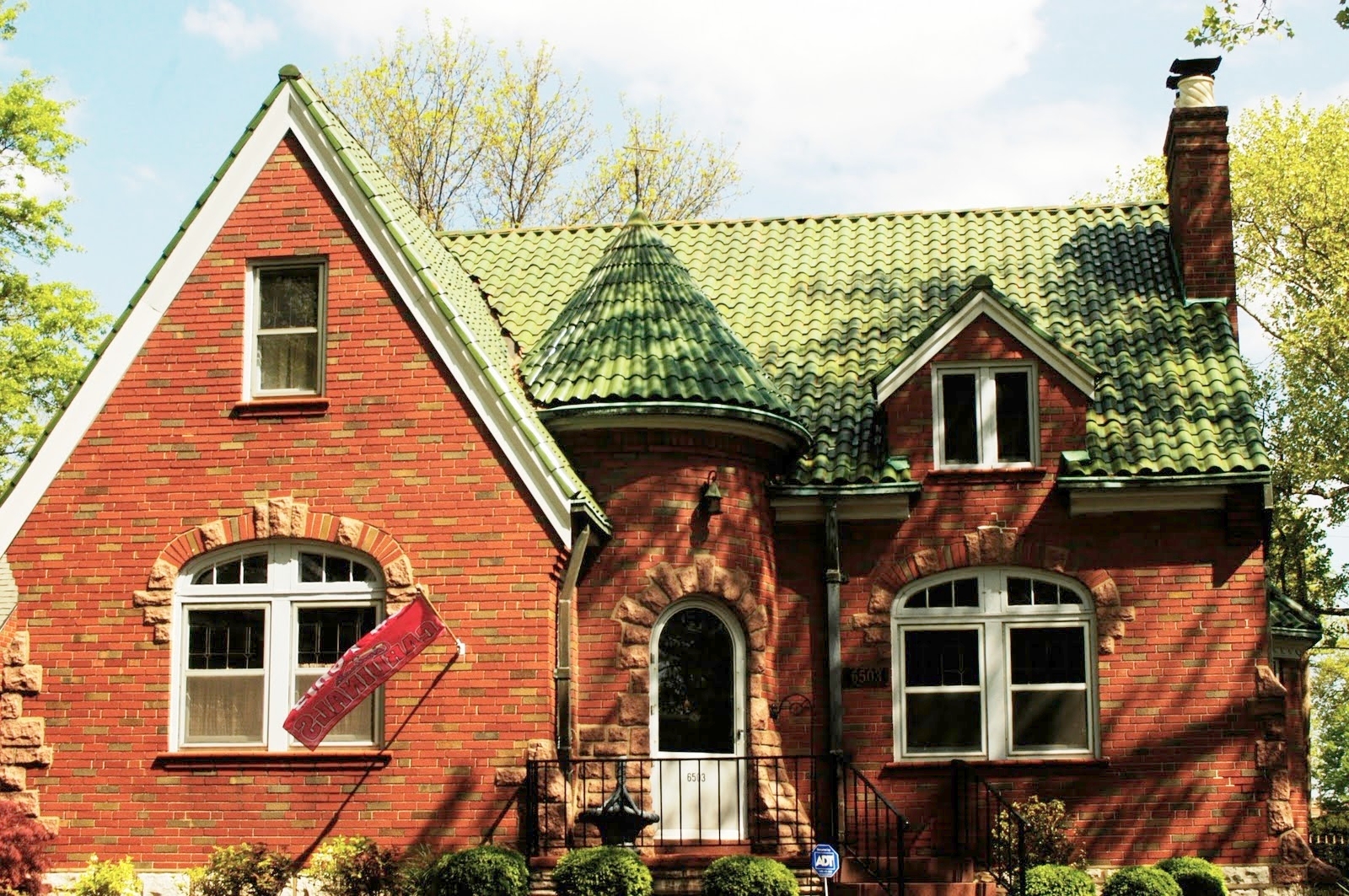
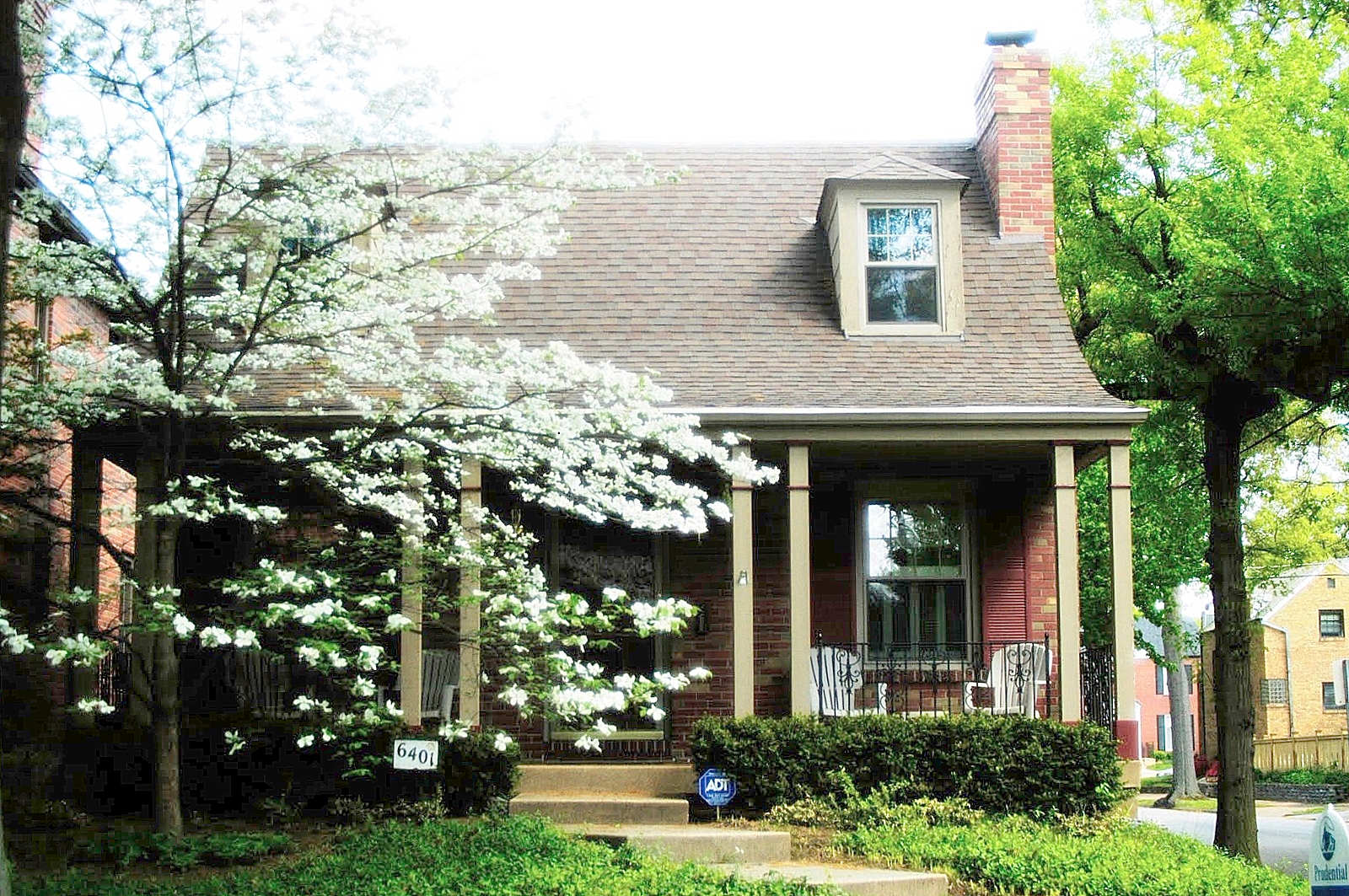
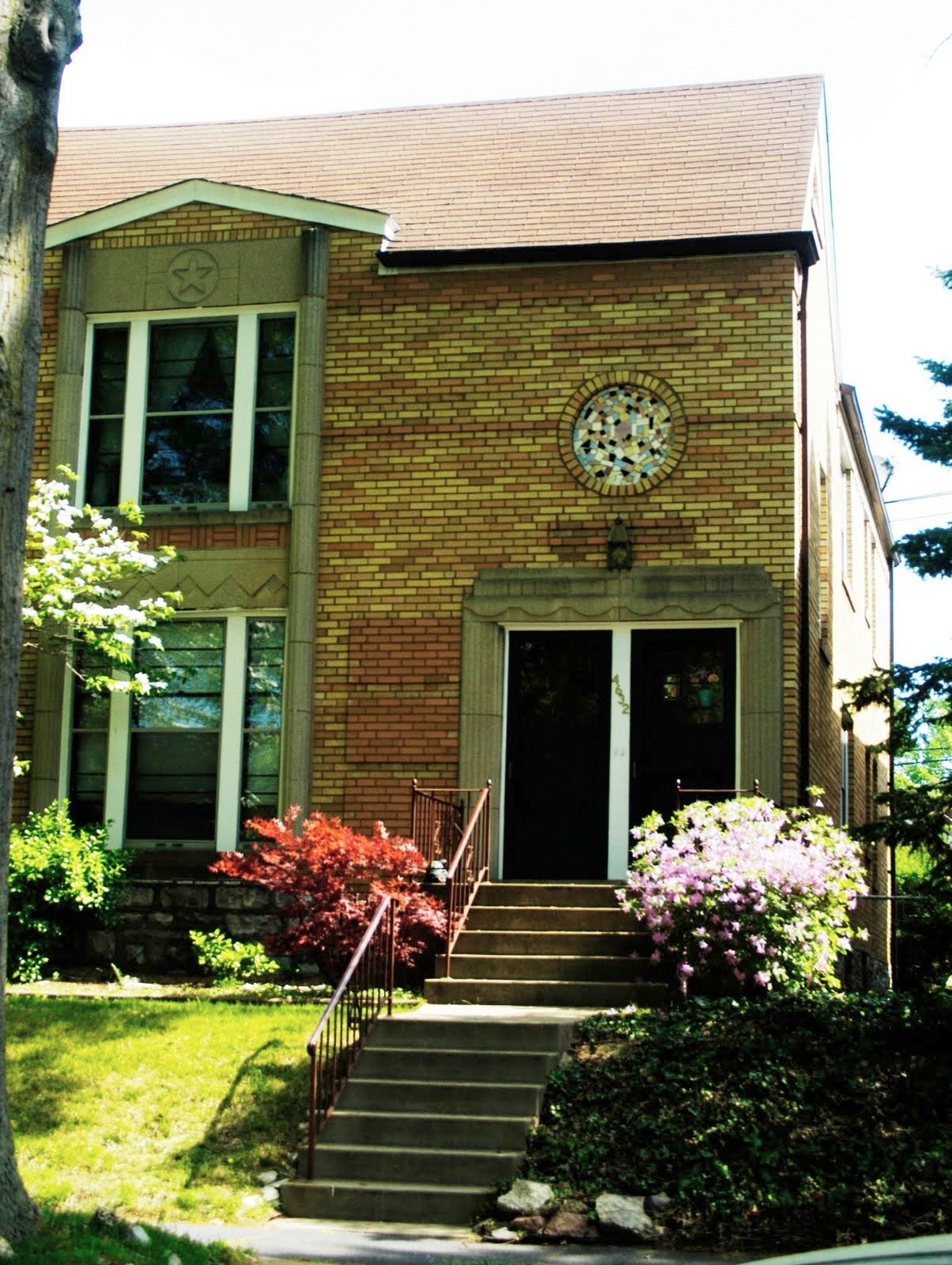
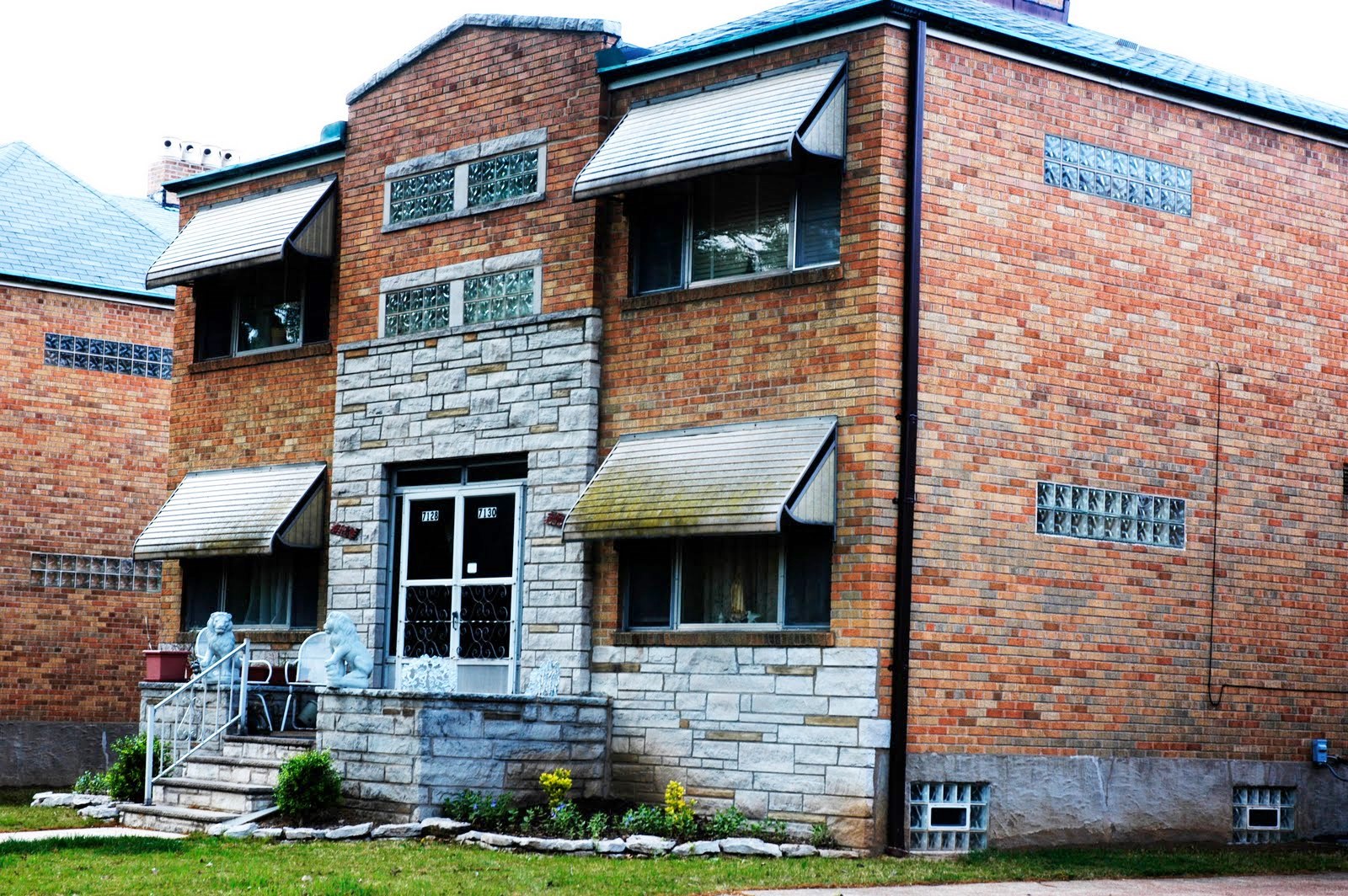
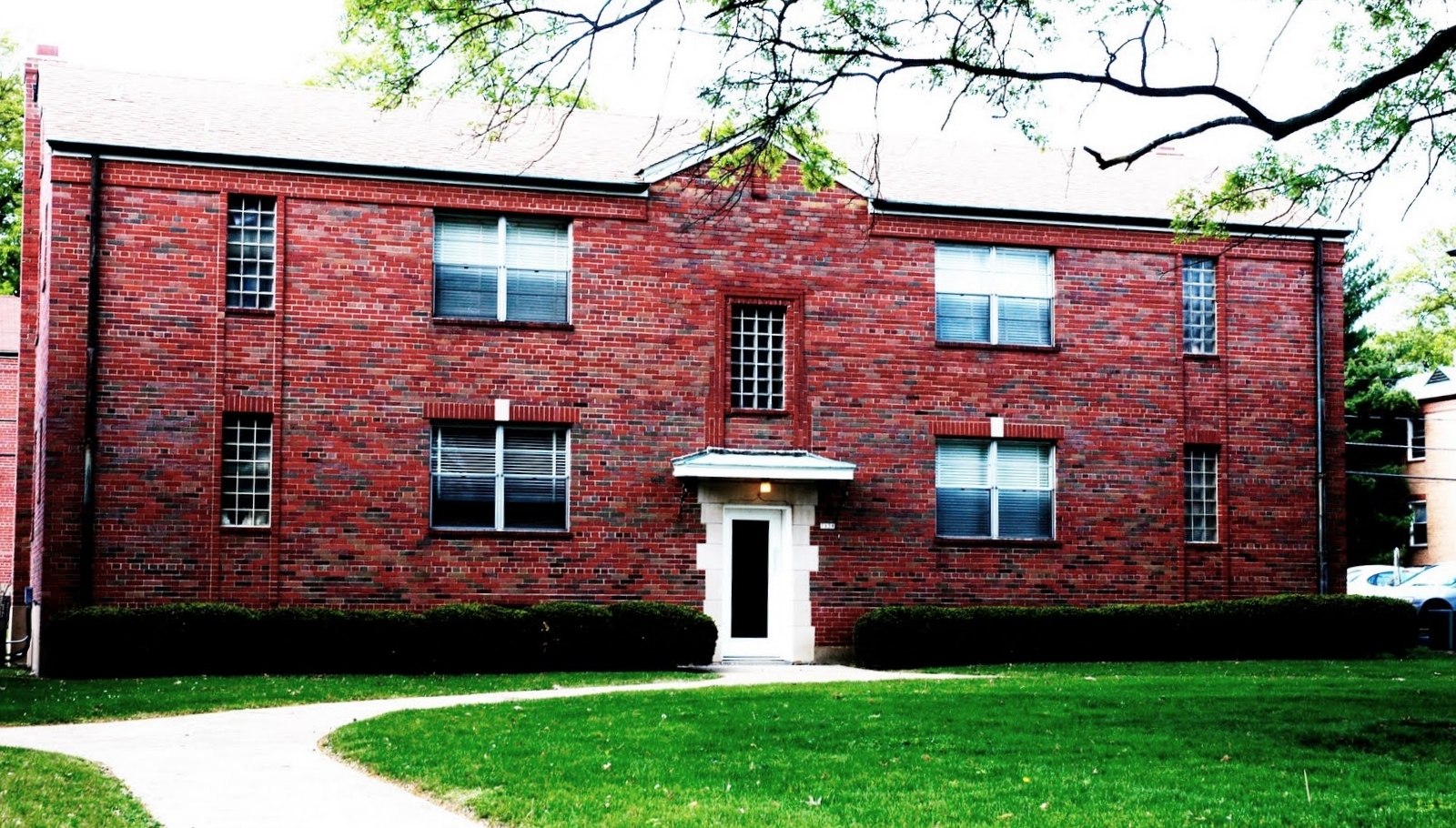
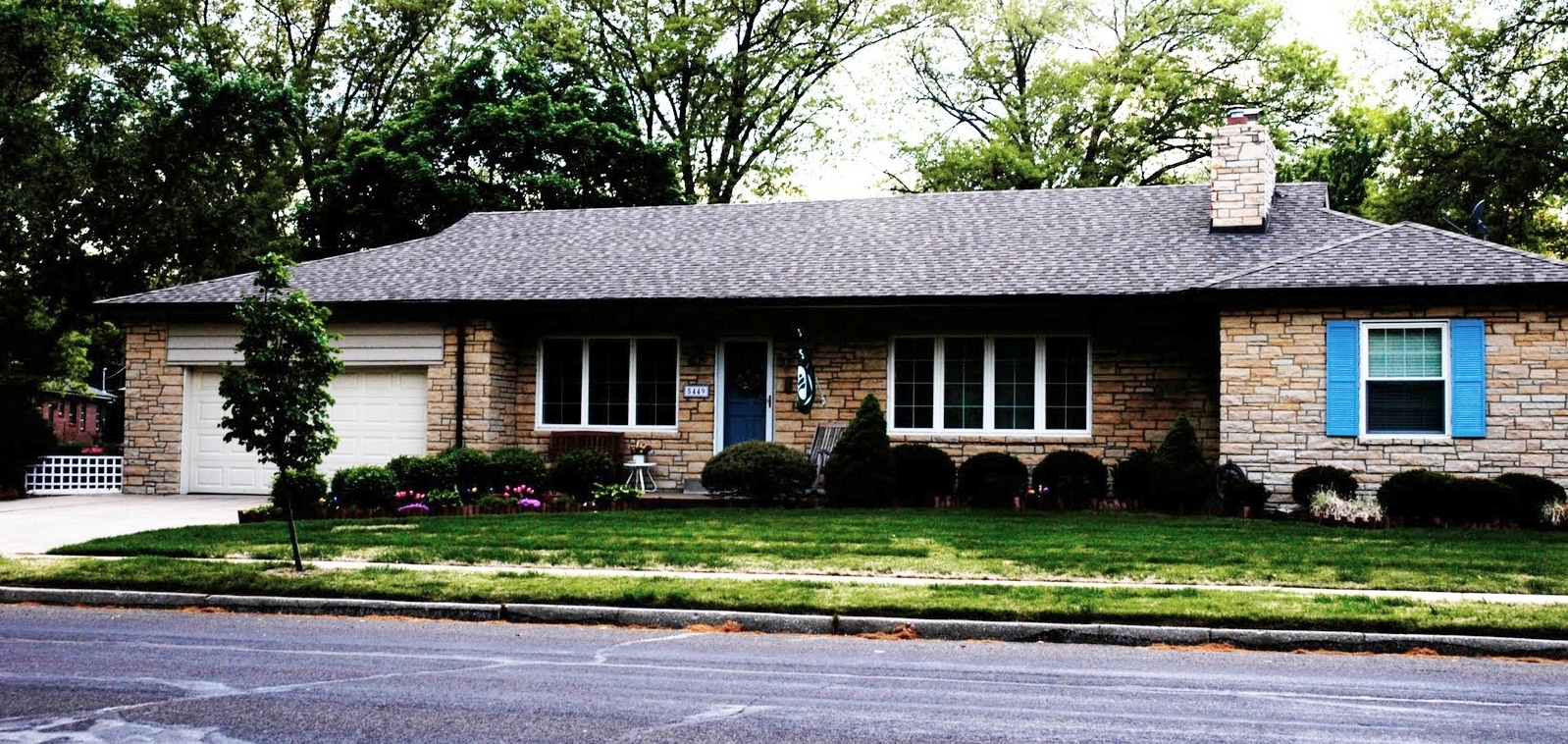
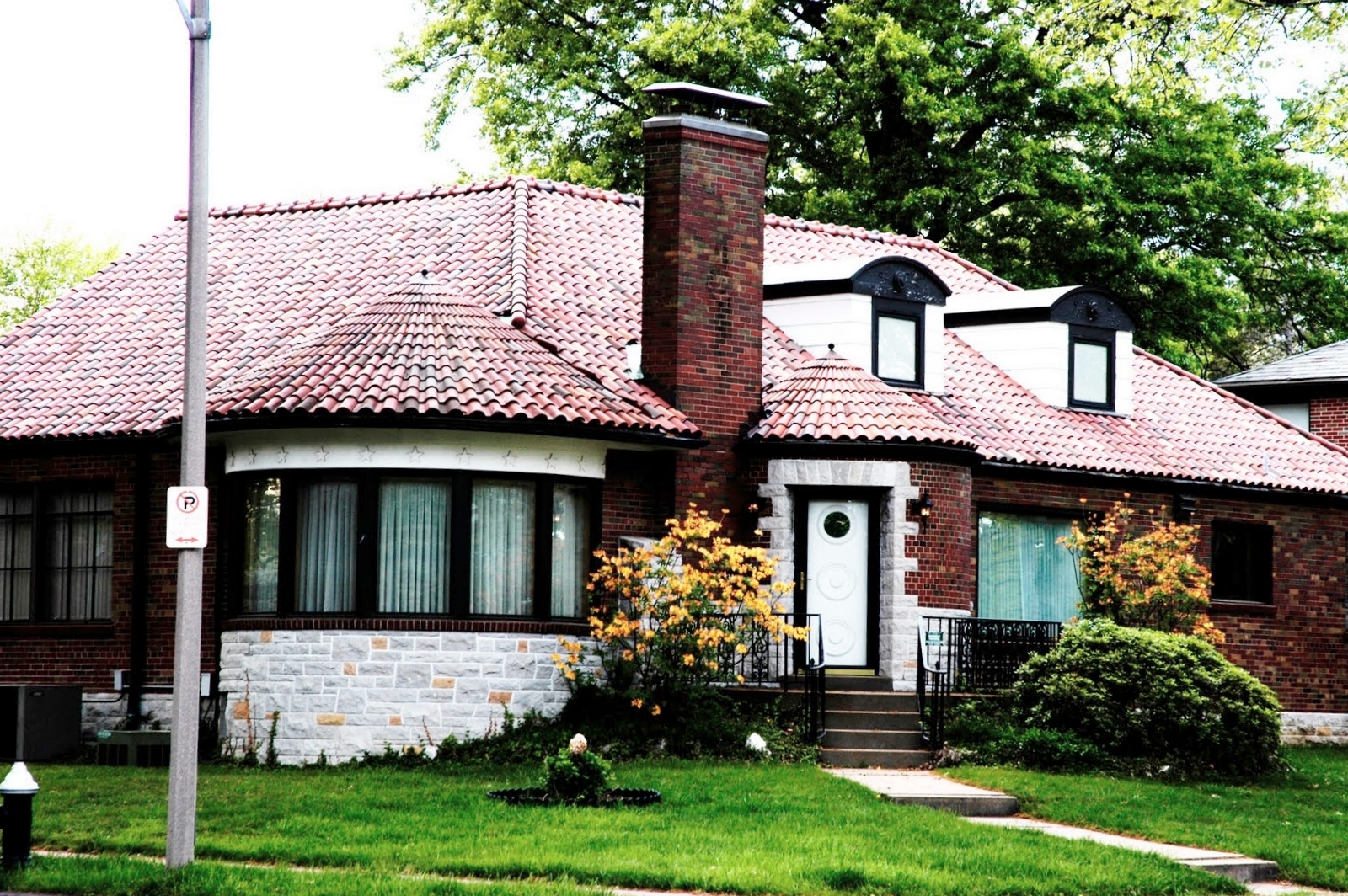
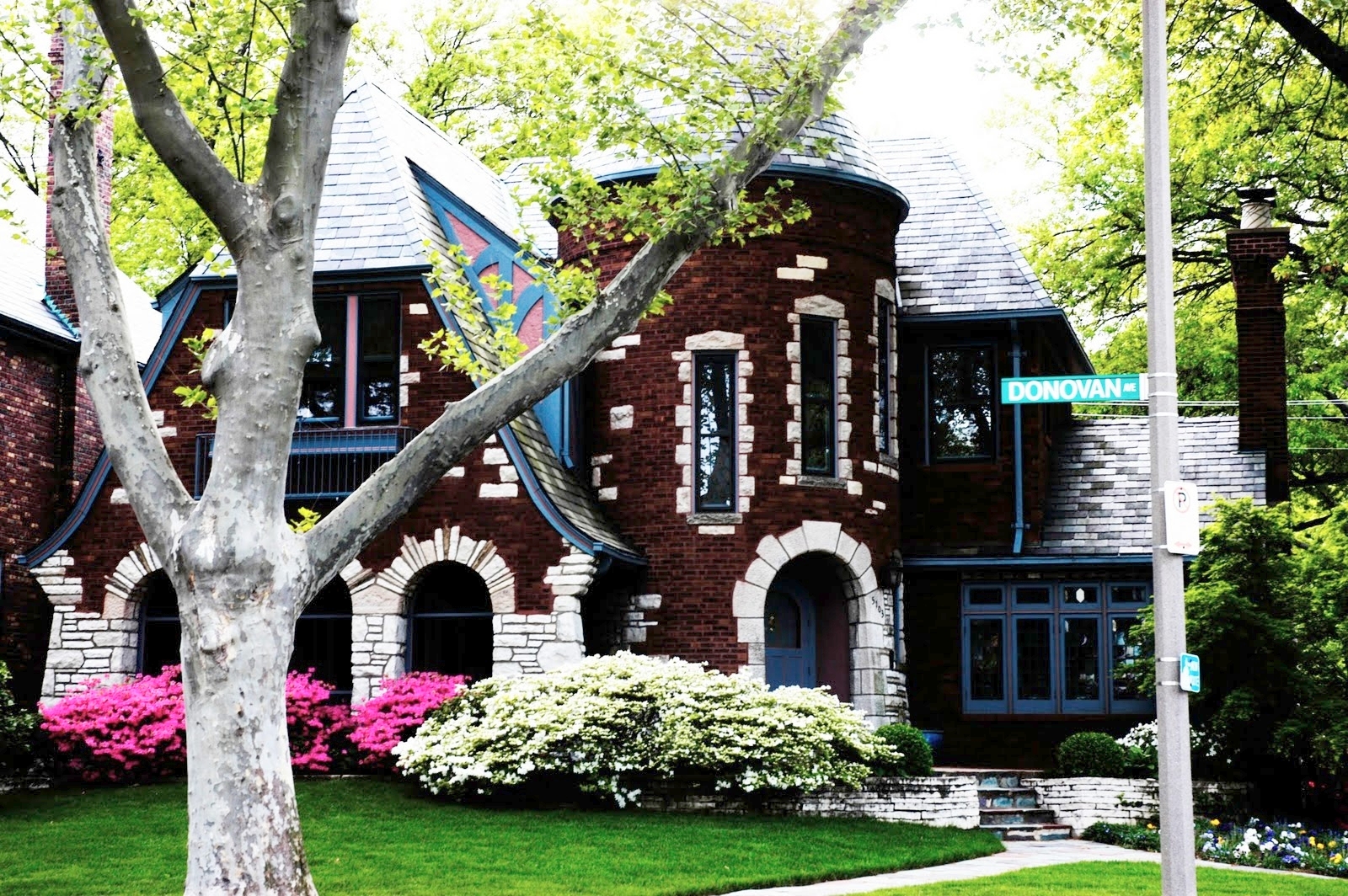
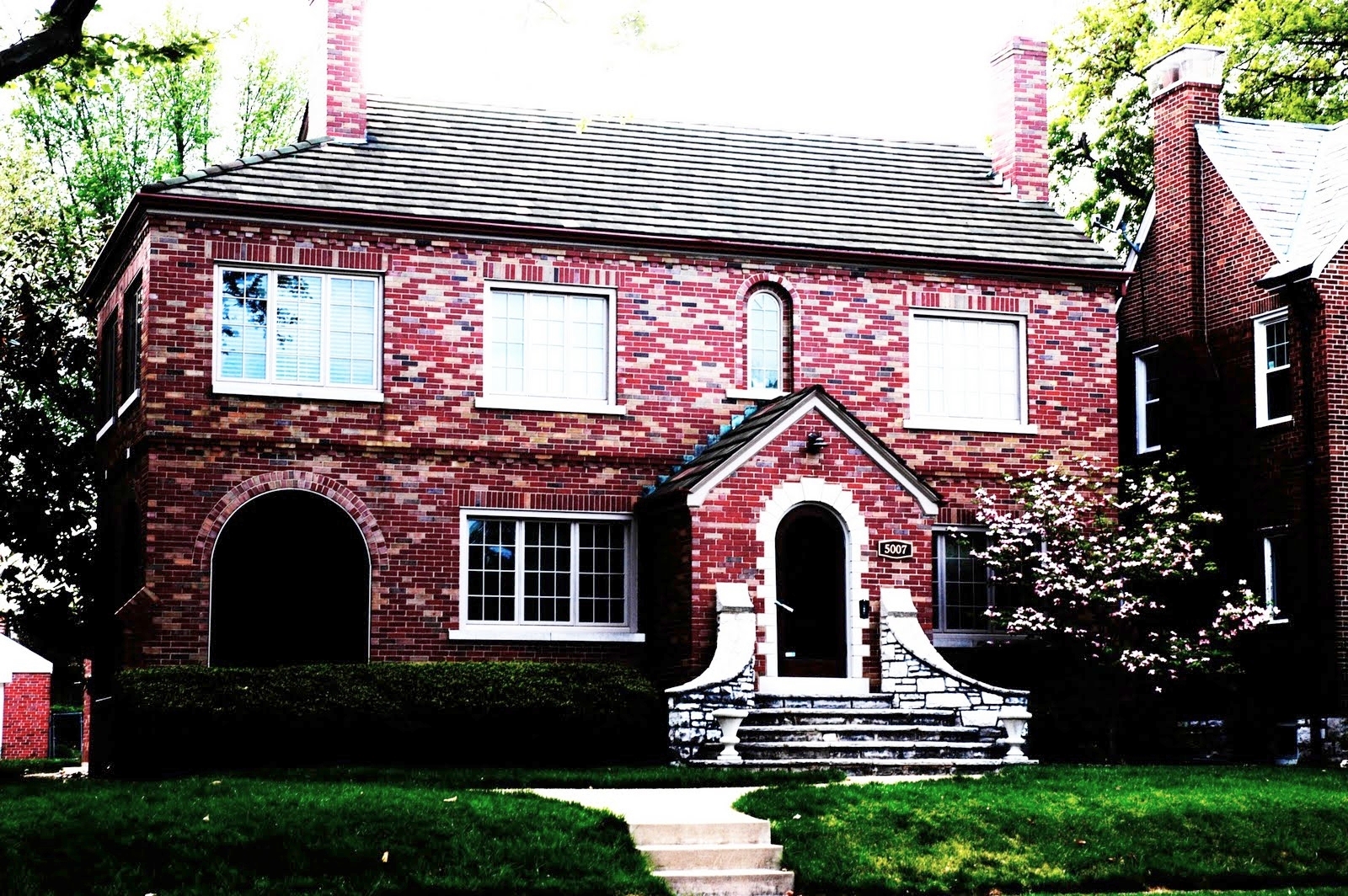
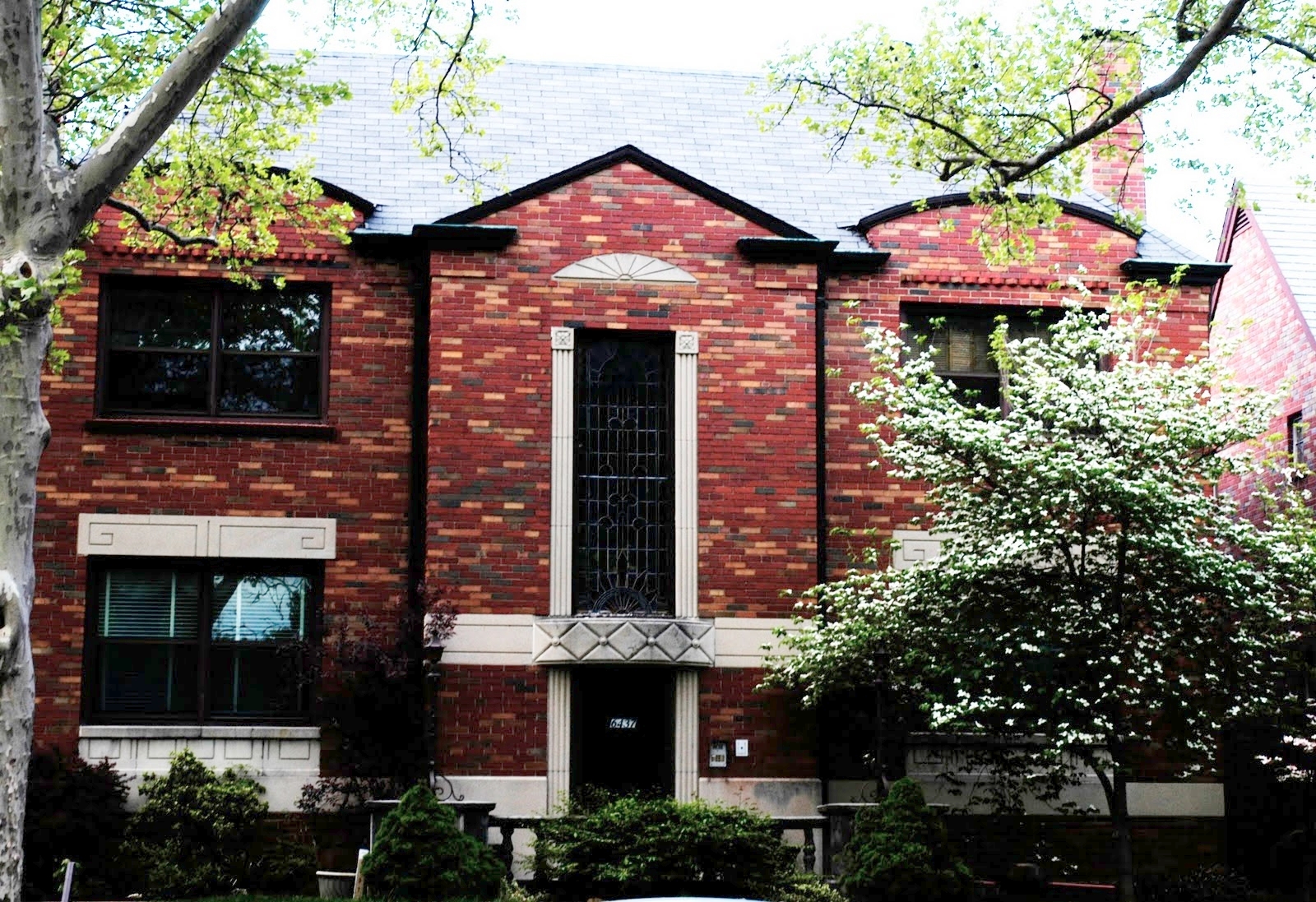
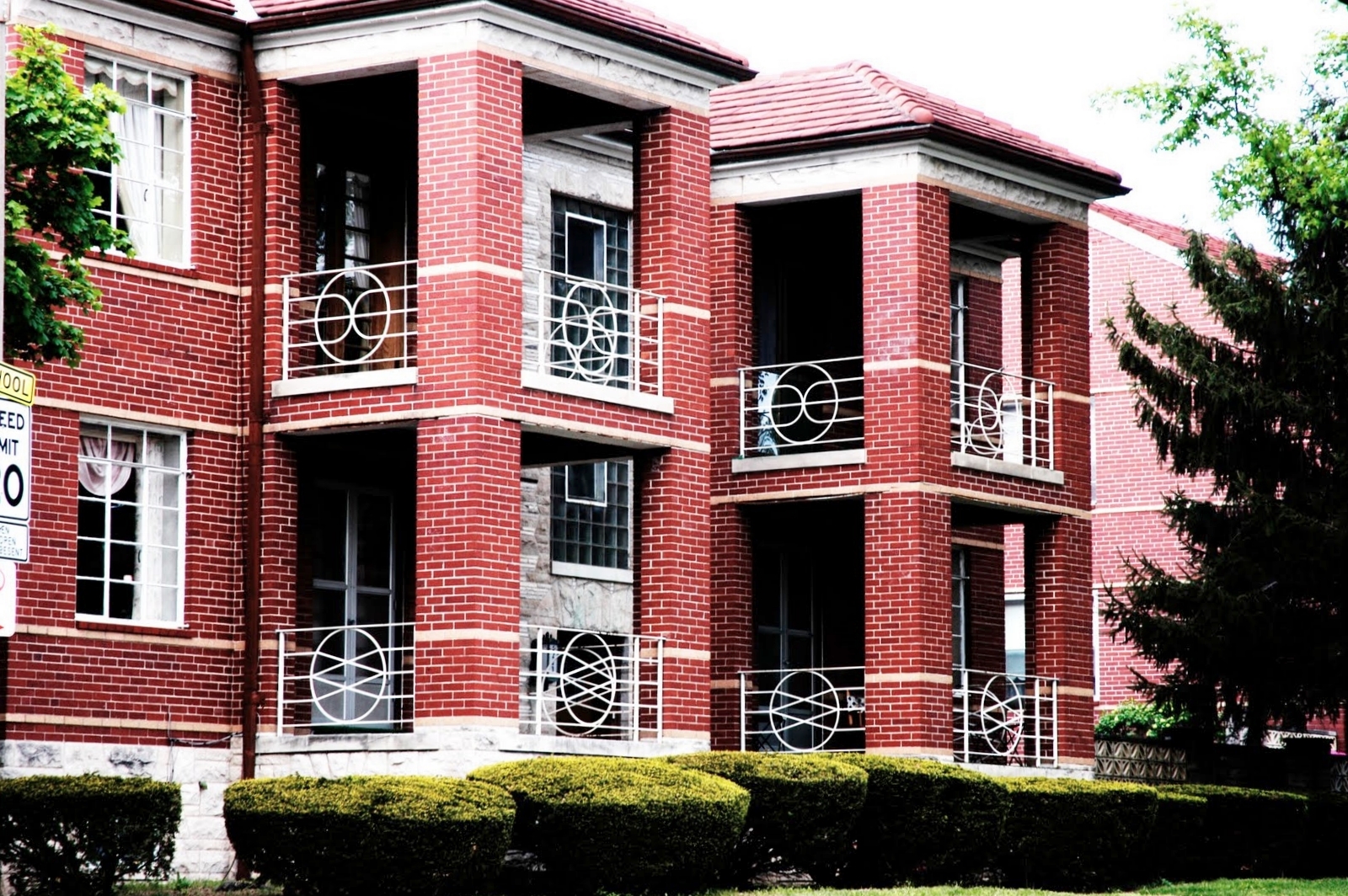
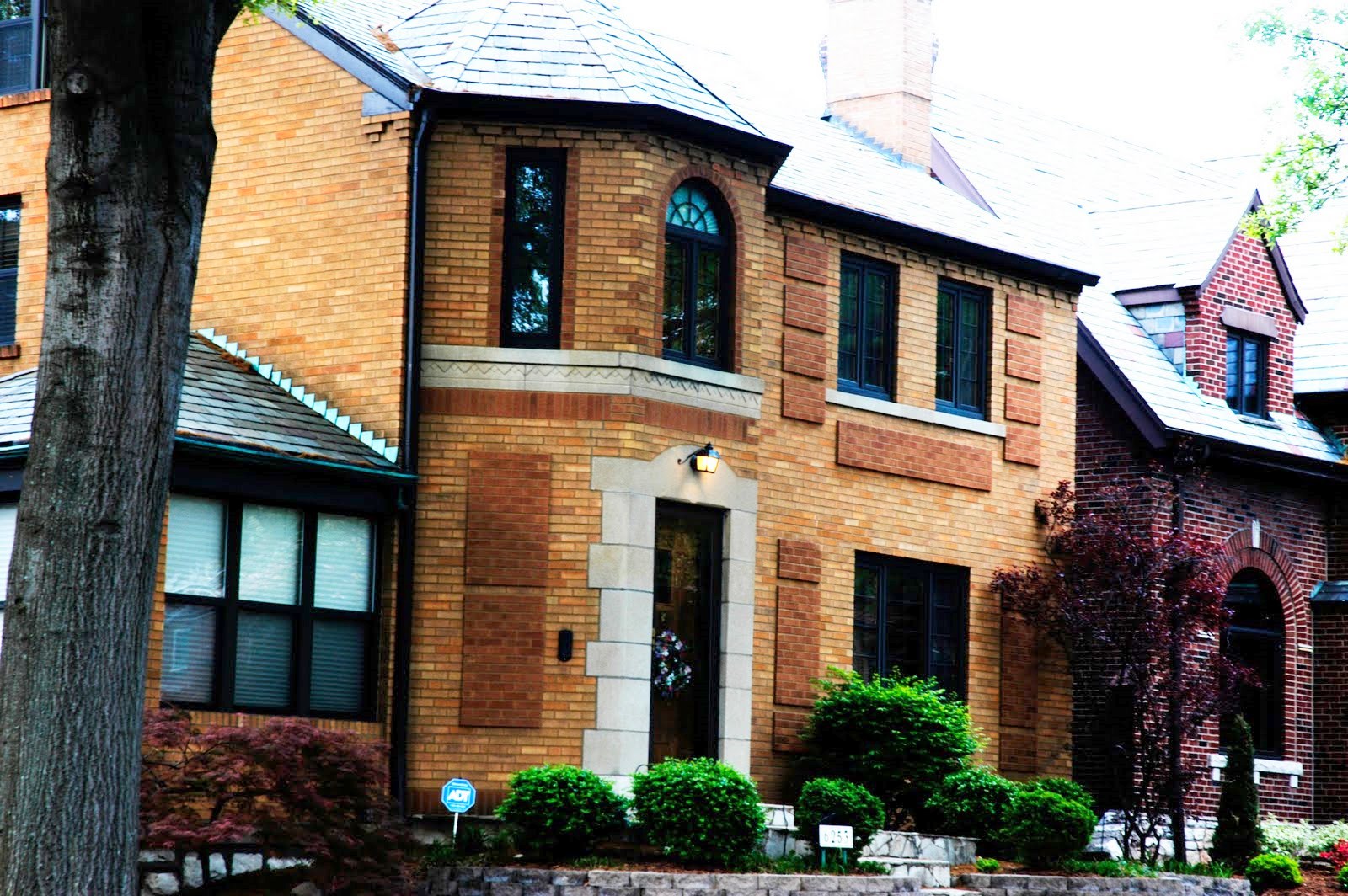
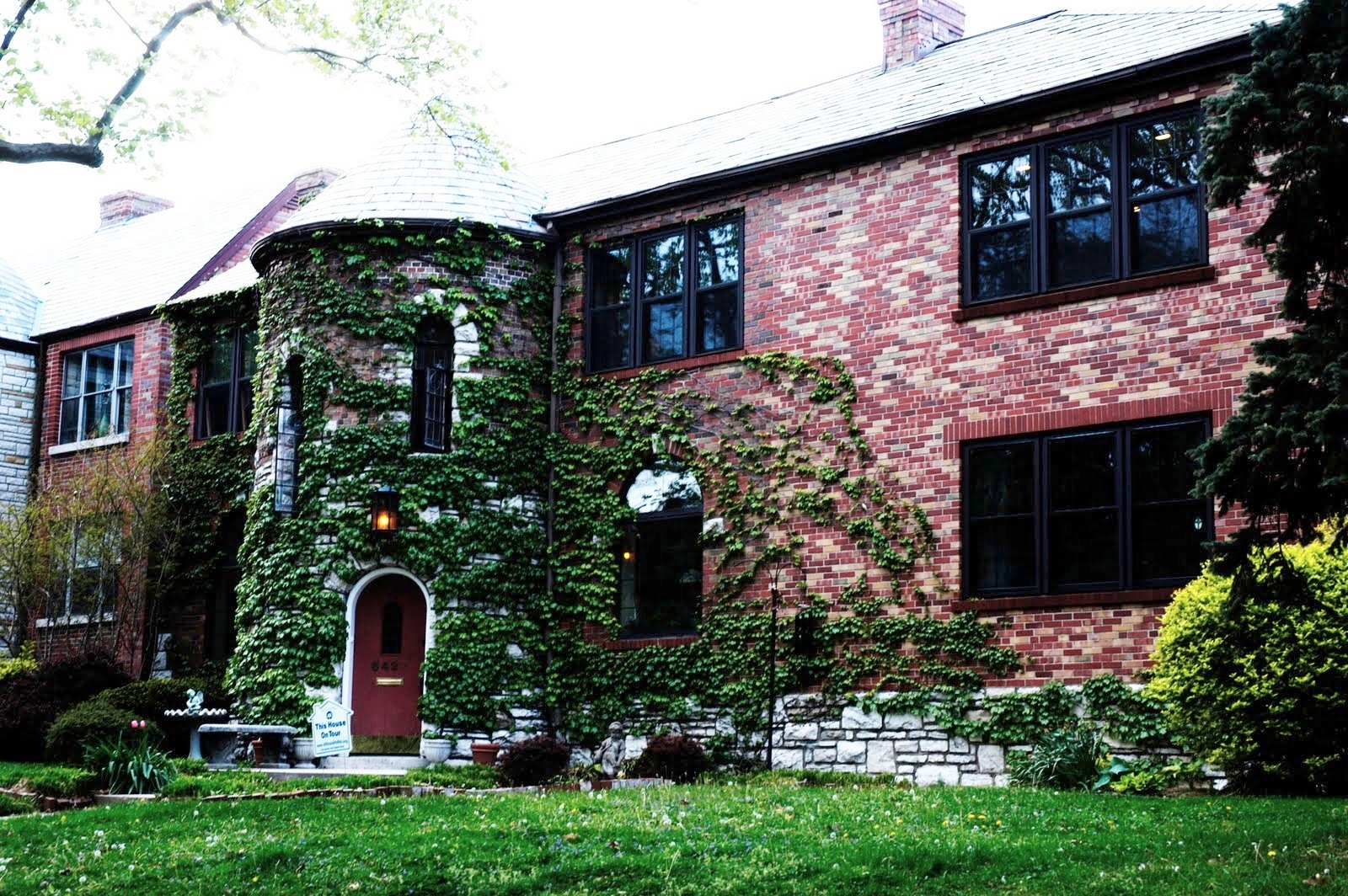
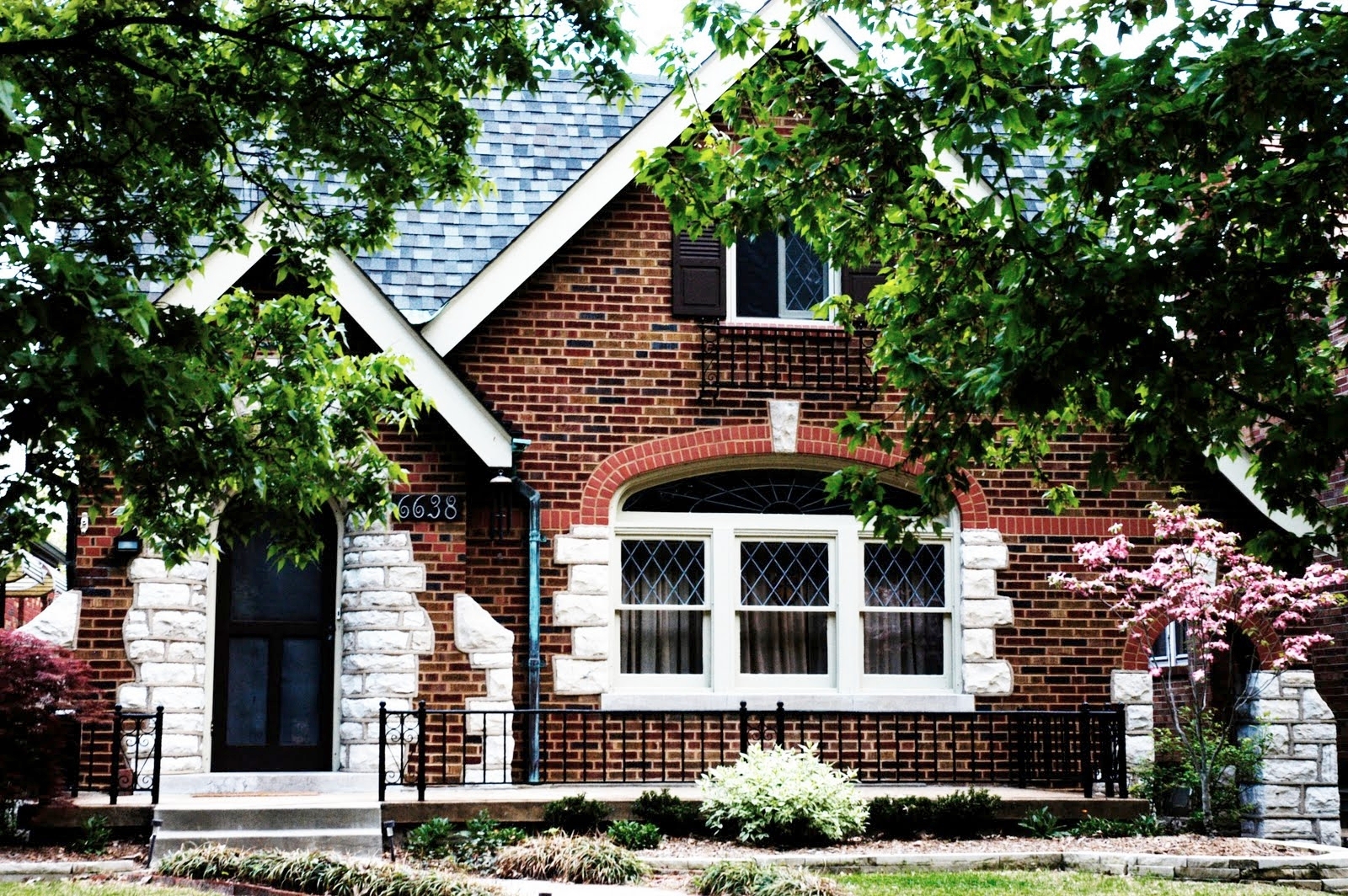
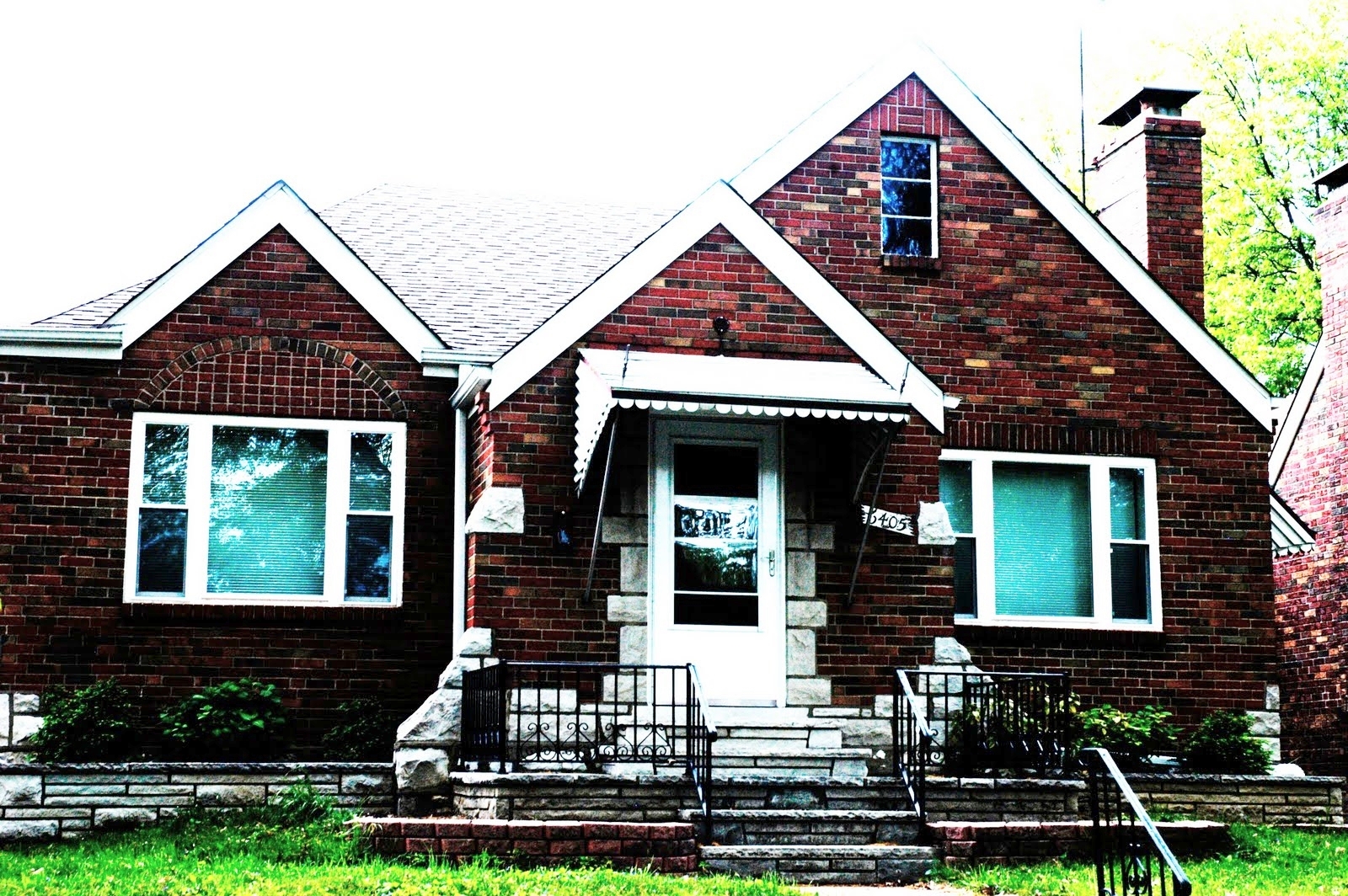
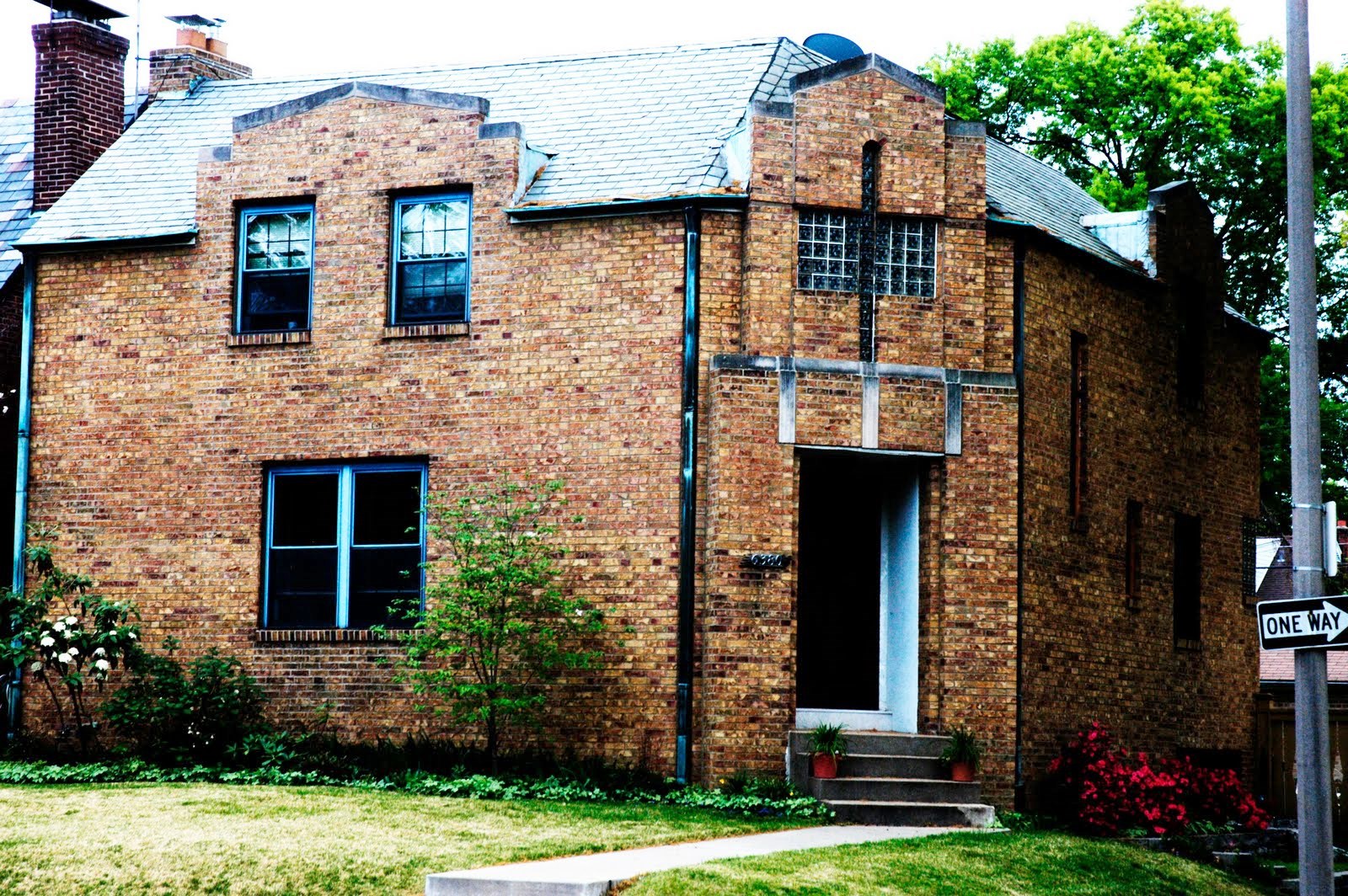
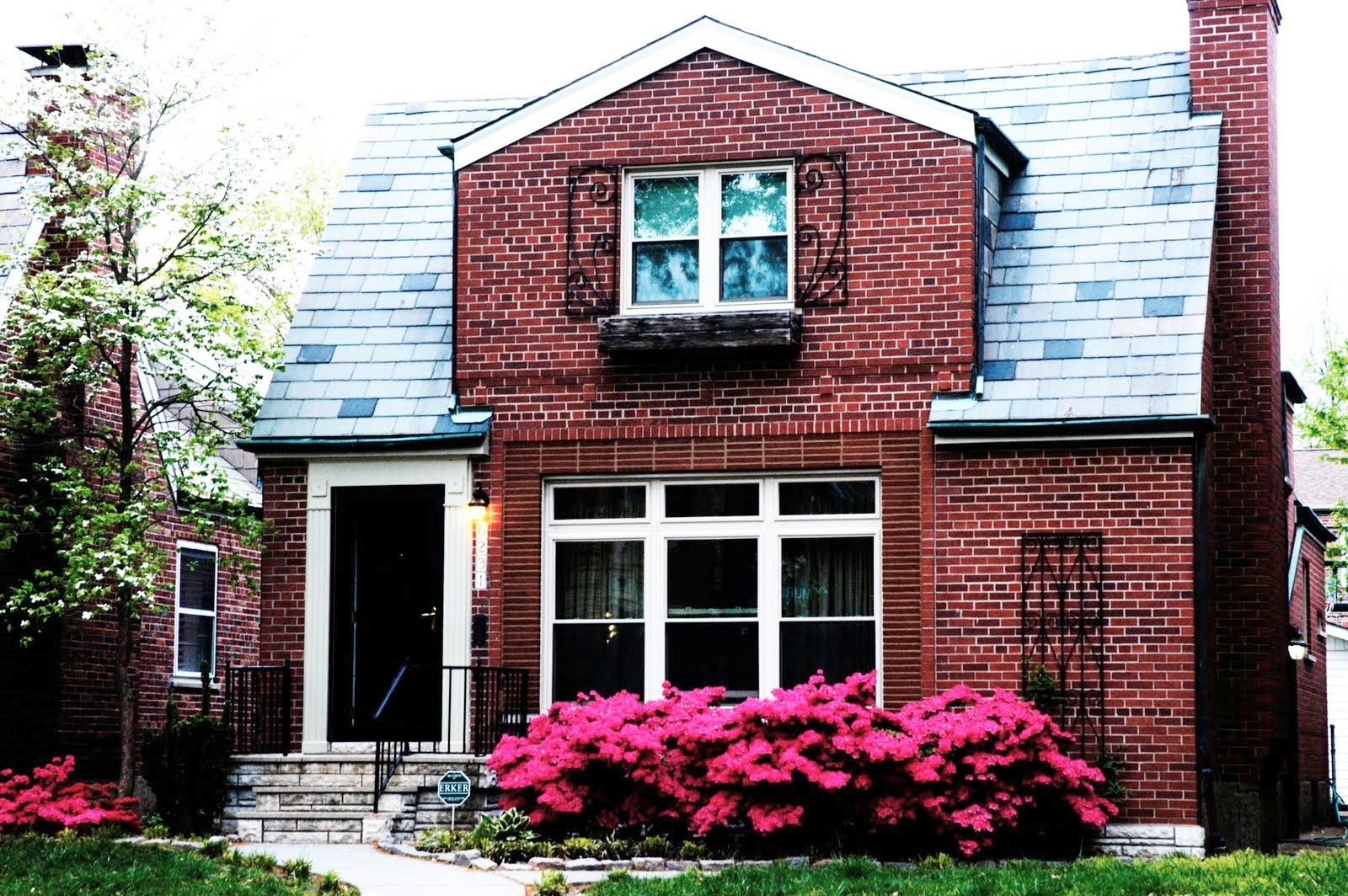
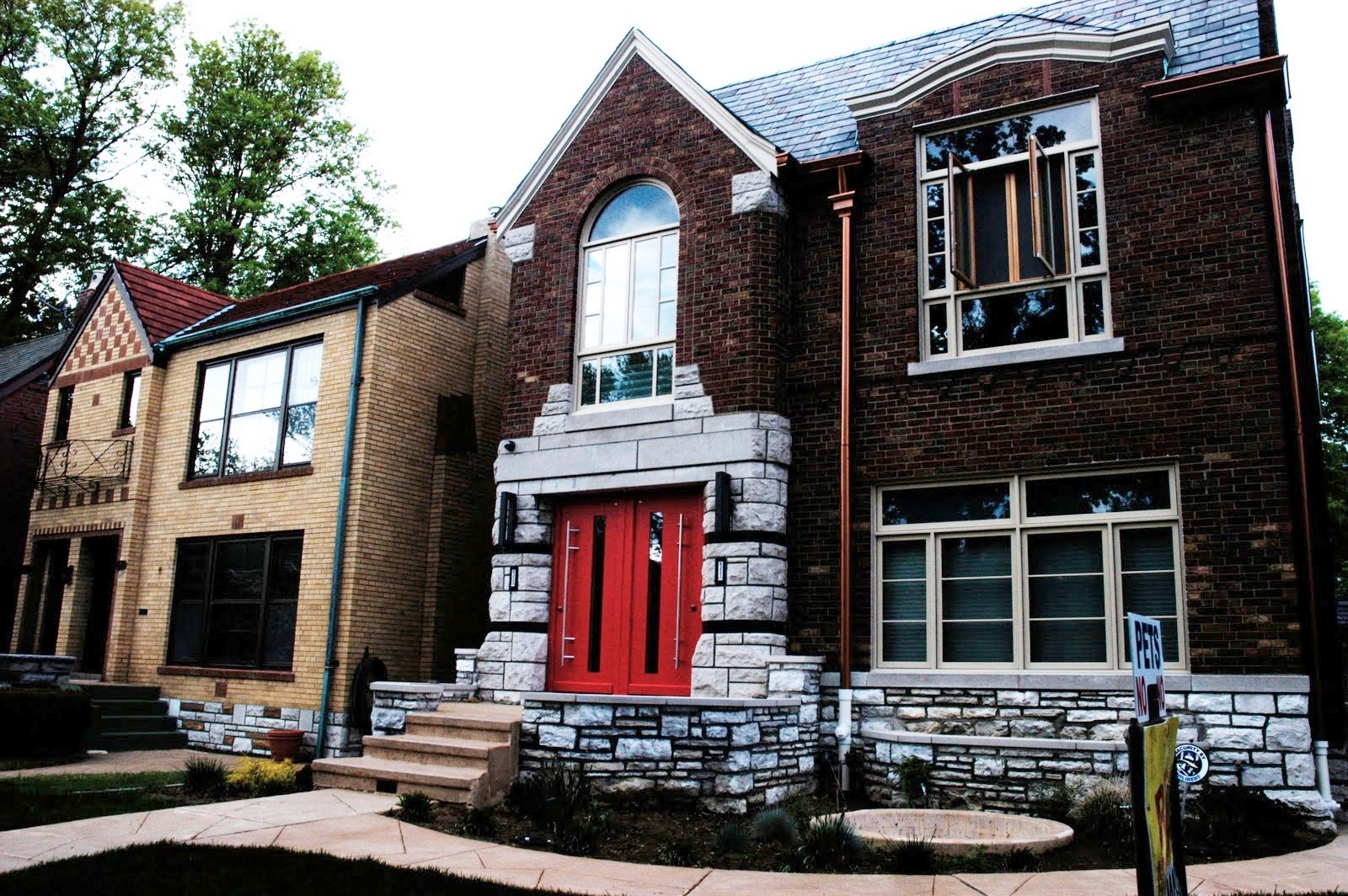
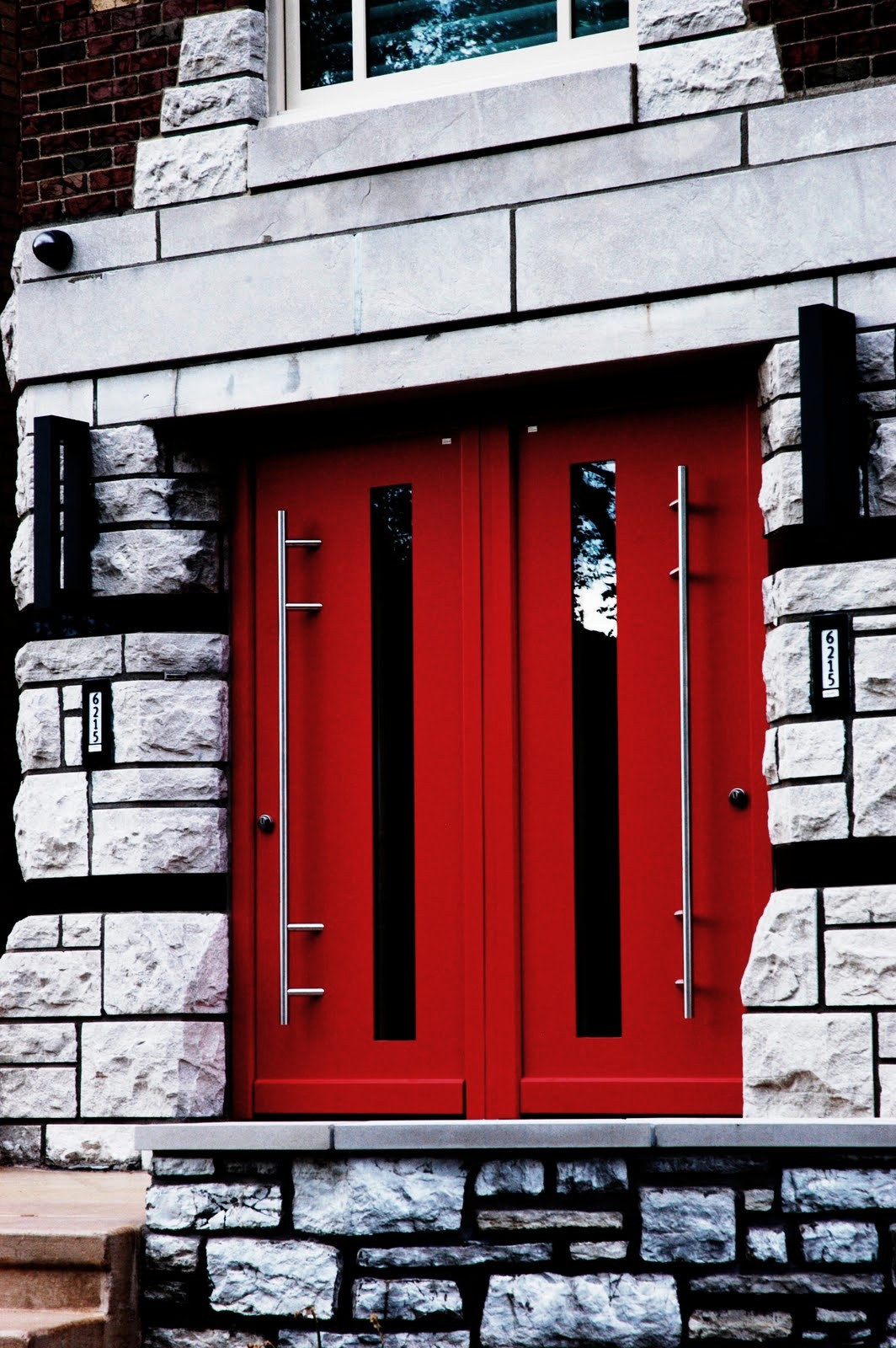
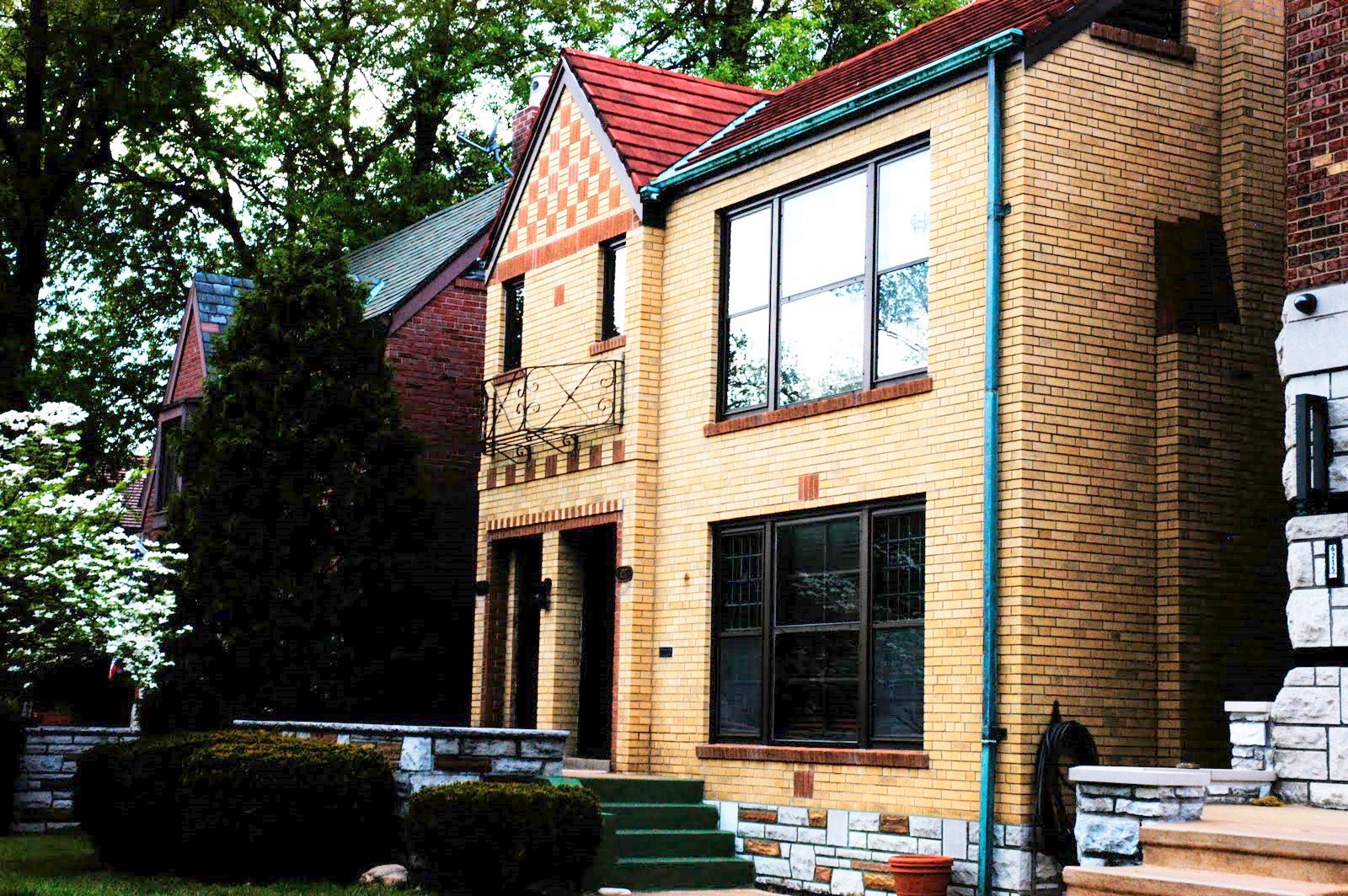
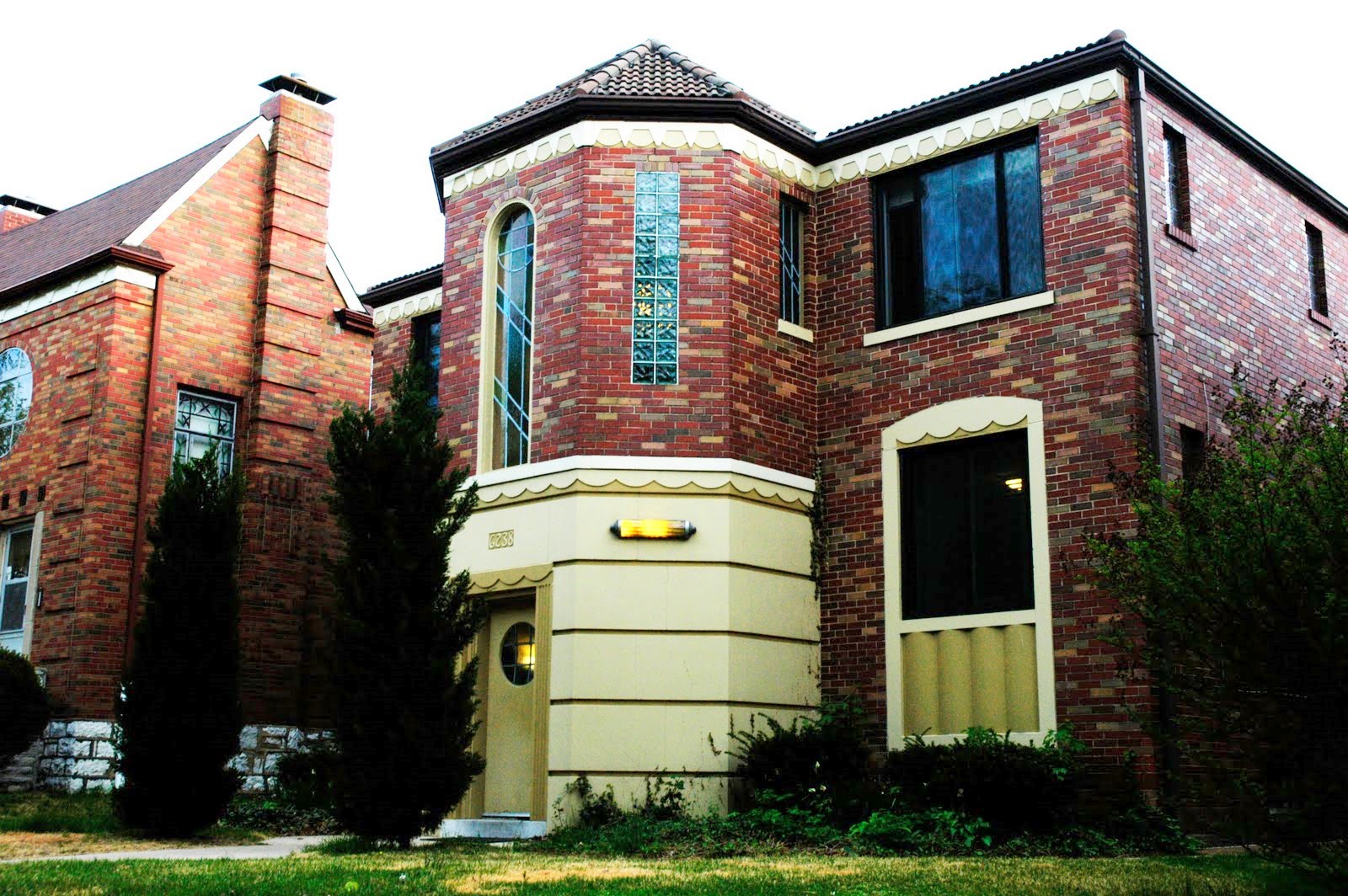
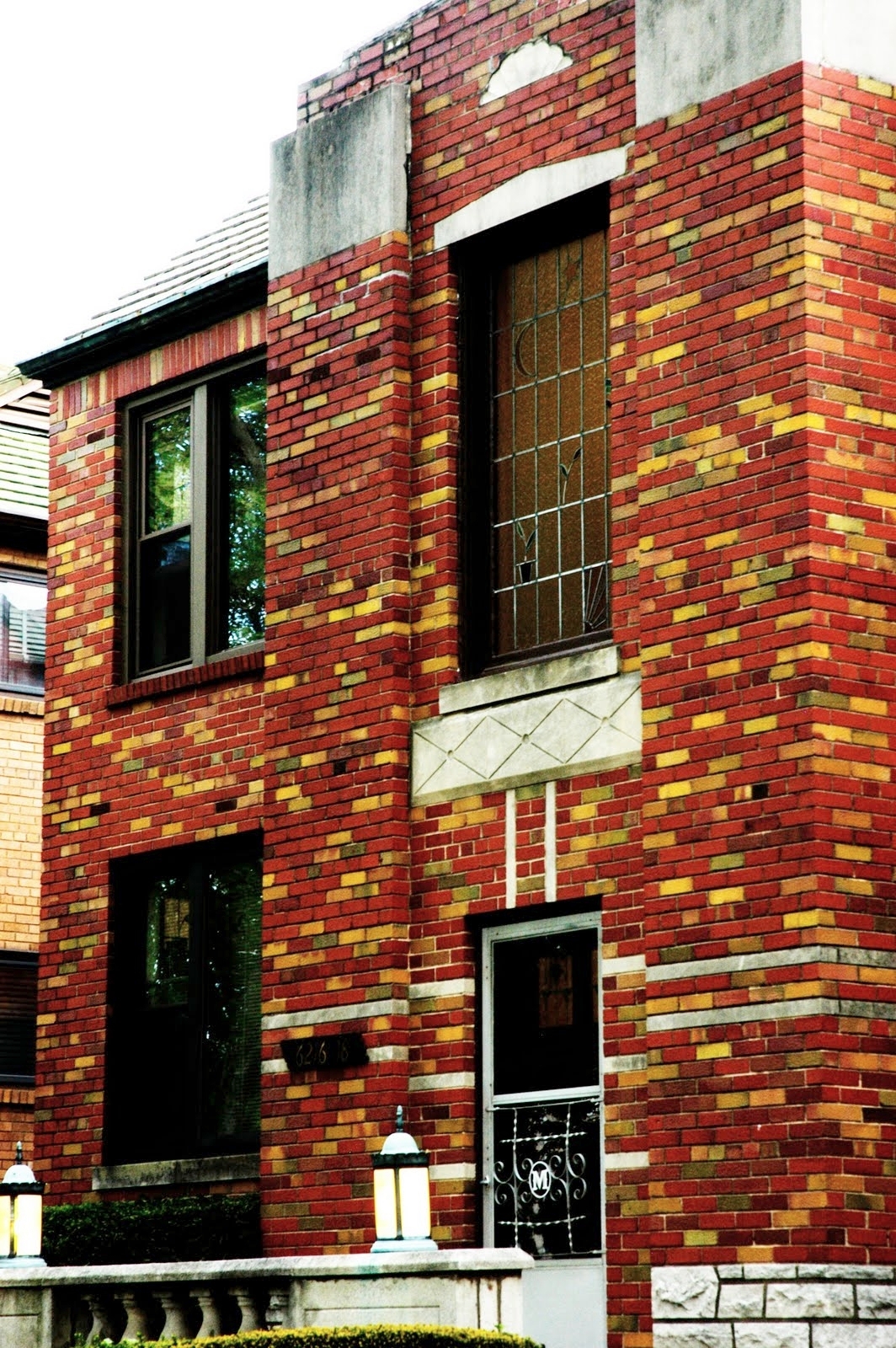
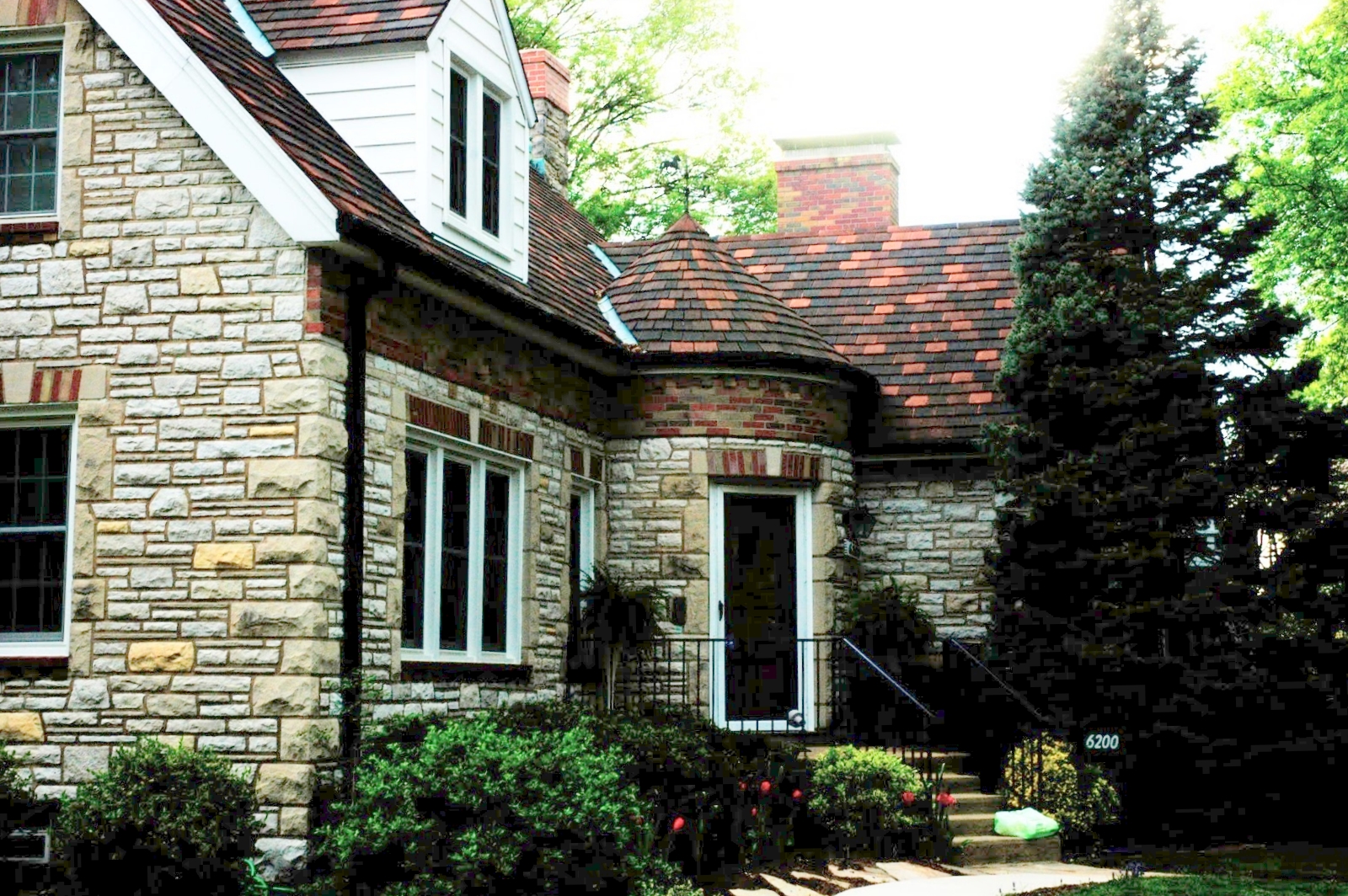
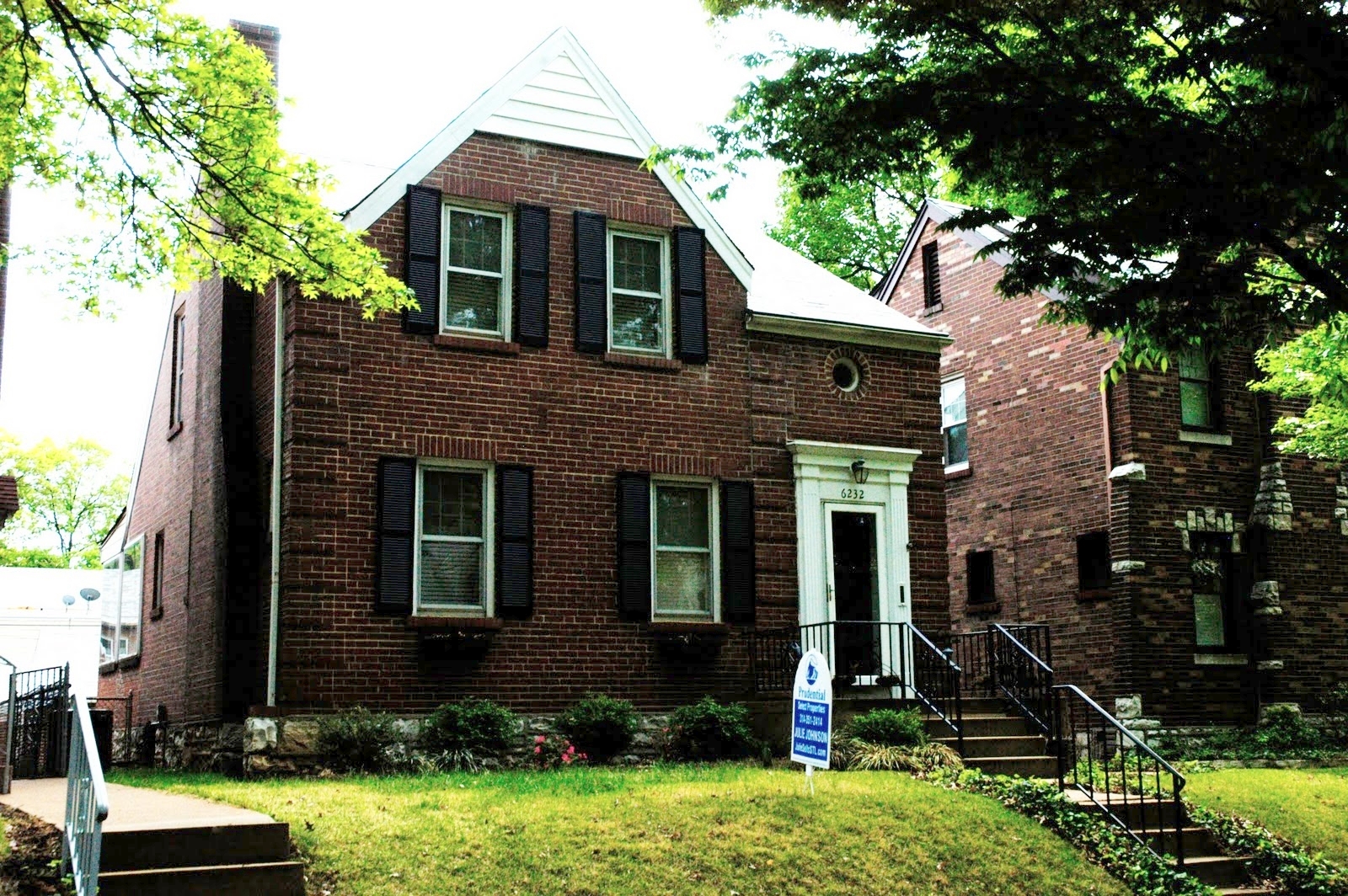

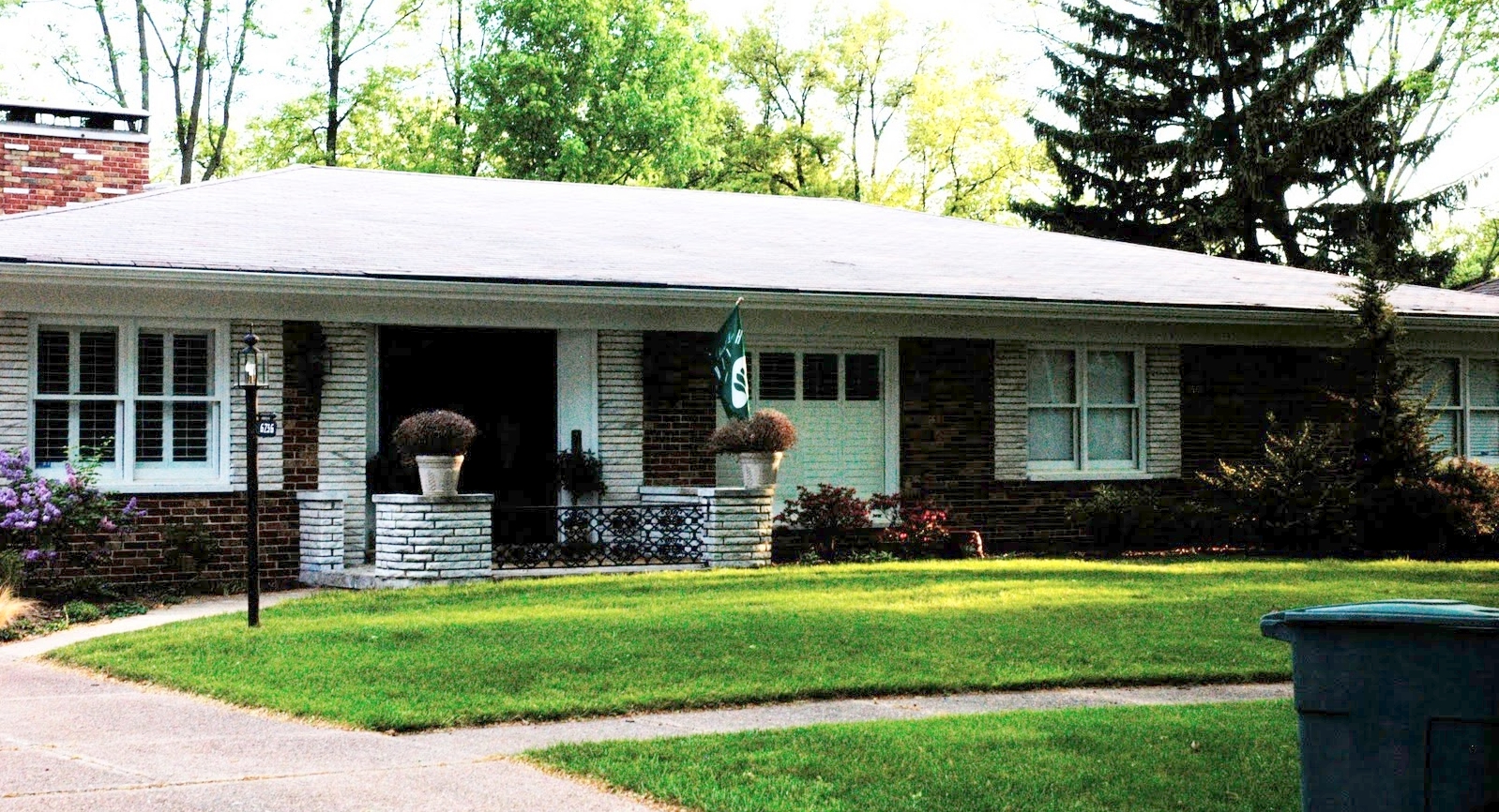
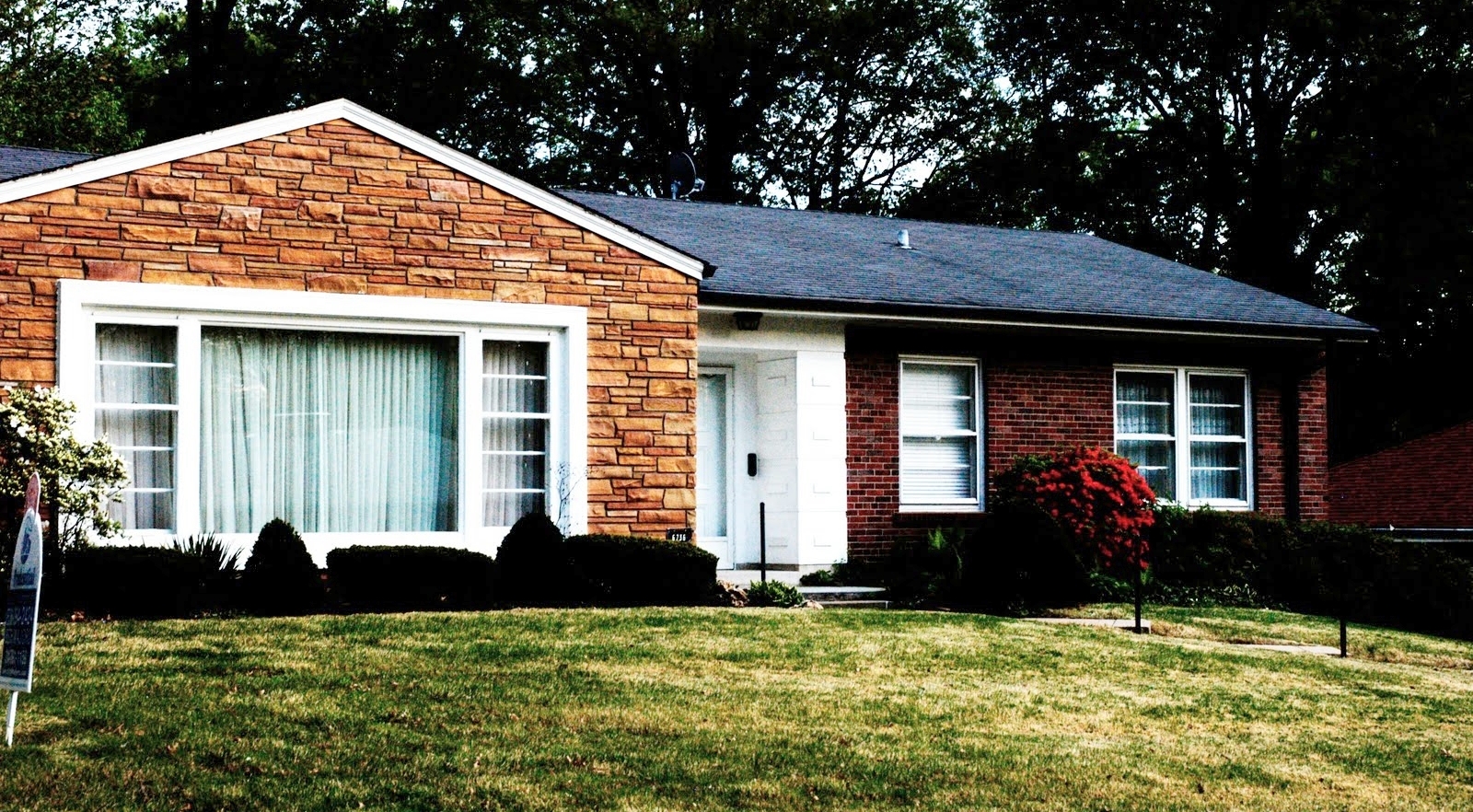
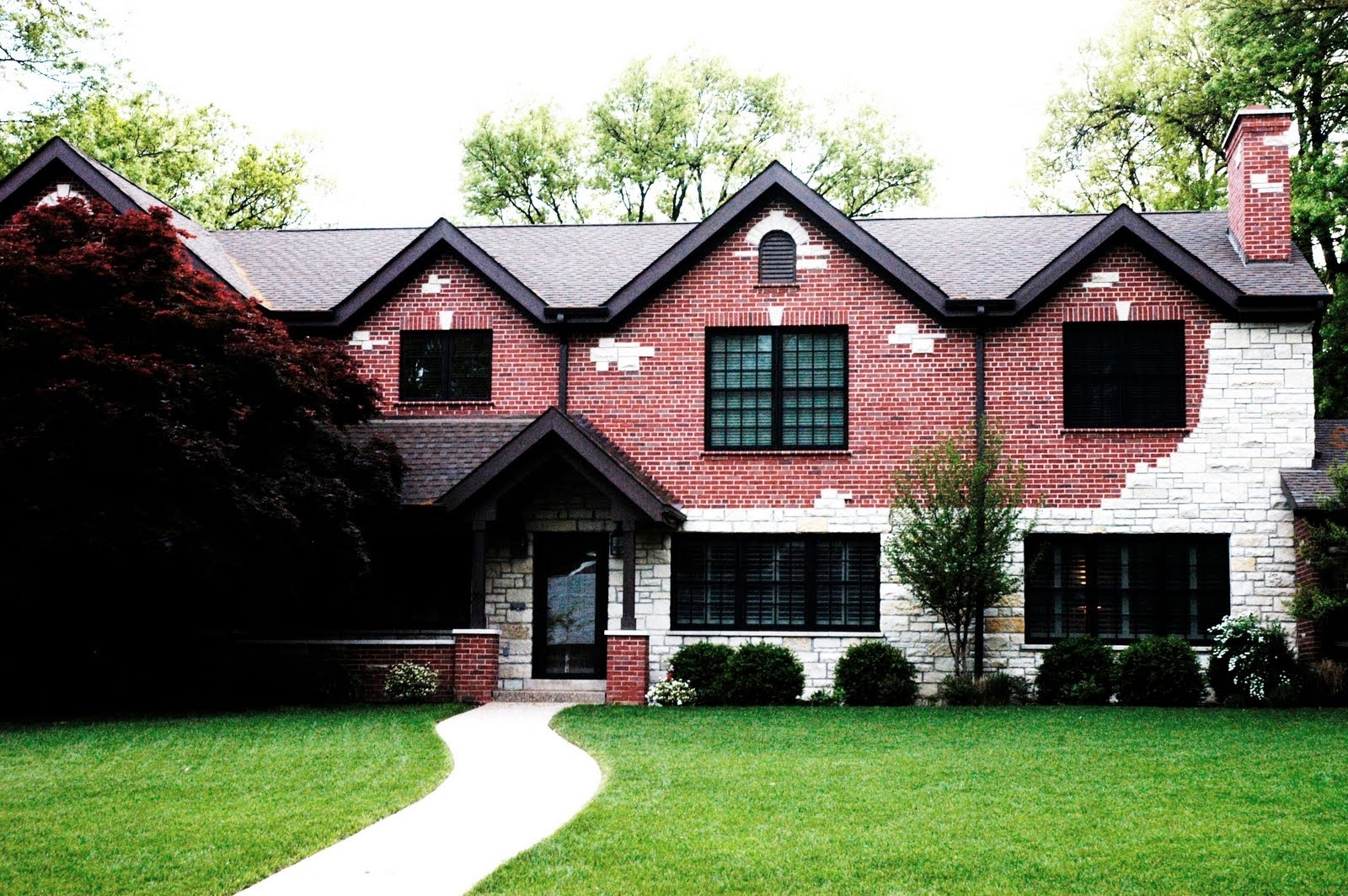
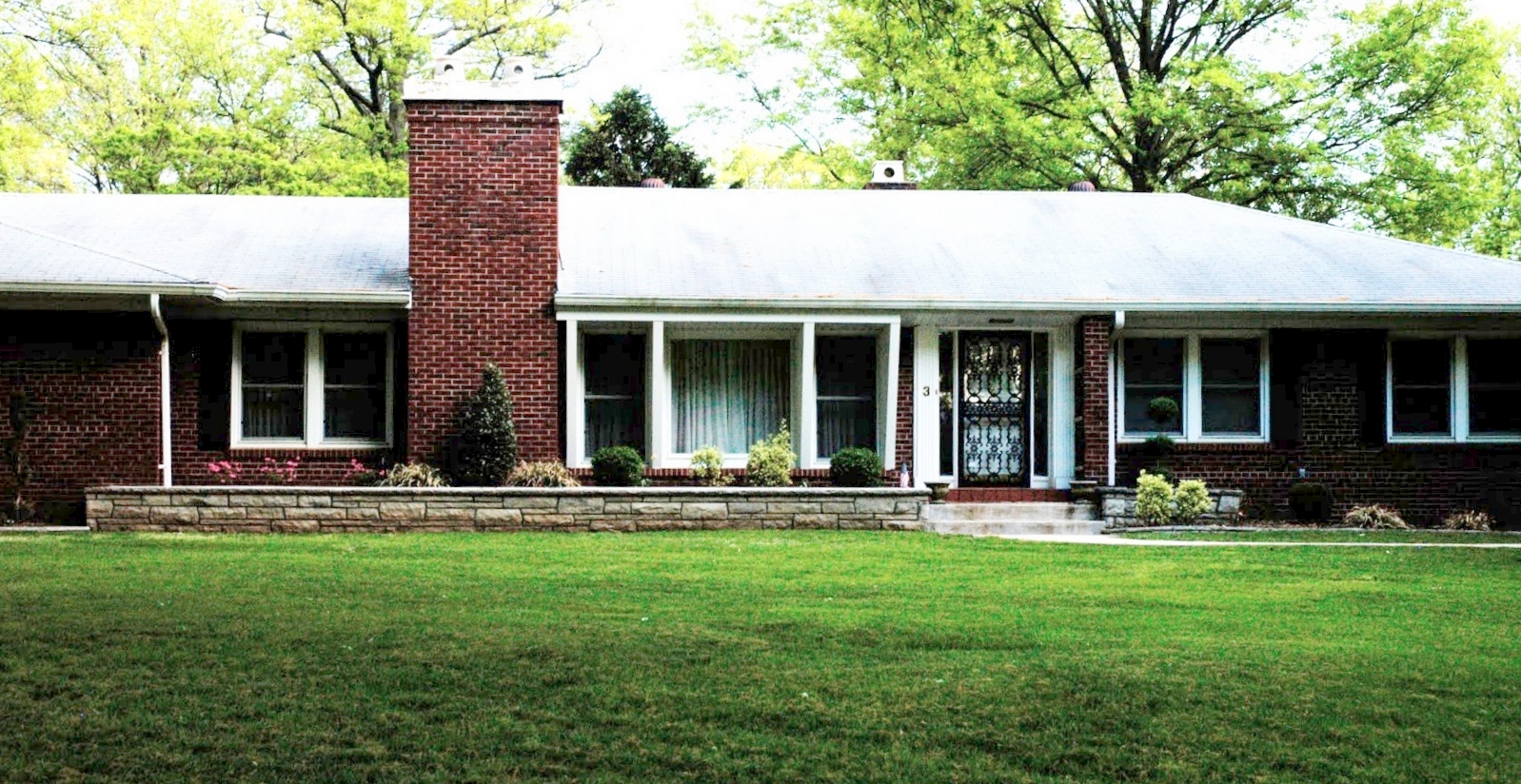
***In November, 2020 I revisited the neighborhood and the following includes updated commentary and photos.***
Misses On Original Tour
I spoke to the terrible job we did on our 2010 visit, this is an attempt at fixing that. Sorry St. Louis Hillers. I also spoke to the Christmas festivities which I can’t believe I missed when my kids would have loved it.
I greatly glazed over the distinctly unique developments of St. Louis Hills Estates, the sprawling ranches on winding streets, versus the rest of the neighborhood densely built on the rectilinear grid.
Noticeable Changes
I’d say Chippewa has seen the most change. There are many rebuilds and new drive-through chain places. It doesn’t look horrible, but there is room for improvement, and as I pointed out, they are making strides with some new retail buildings having parking in back.
This part of St. Louis has long had the stereotype of being conservative and Catholic. I’ve experienced that on soccer field sidelines, but I don’t have a lot of friends here so I can’t speak to that as a whole. I can tell you, there are as many BLM, social justice type yard signs and what not. At least as many as my neighborhood in what most would characterize as the “progressive” part of St. Louis.
Either way, St. Louis Hills is getting decidedly younger and more outwardly progressive. Yet, this is one of maybe two or three other neighborhoods I’ve seen Trump Train flags a flyin’ in St. Louis.
What Are The Future Needs?
Traffic calming, that’s it. And not the easy stuff like intra-neighborhood speed humps. That has been successfully implemented in the last decade. Pedestrian crossings have greatly improved. 45-degree angled parking along Francis Park is successfully implemented, as well.




What we need most of all is Hampton and Chippewa to see lane reduction and other slowing tactics to make it more human-scaled. The restaurant and retail scenes are strong along Hampton and the sidewalk/patio dining would be greatly improved if the traffic was narrowed through St. Louis Hills and beyond.
With the COVID-19 pandemic, many are still wary of indoor seating, this is the perfect time to consider our neighborhood eateries and how we can help them be successful in the warm-weather months.
This change would make the neighborhood even more of a pedestrian paradise.
There is hope on the way, but it’ll be tough to convince the old heads that slowing down cars benefits society and harbors a city scene. A 2019 traffic study was conducted and conversations will be taking place to ease the speedway mentality of drivers on Hampton. I’ll do a separate blog on this for sure.

 St. Louis Hills is a south St. Louis neighborhood bound by Chippewa on the north/northwest, Hampton on the east, Gravois on the southeast and the city limits to the southwest.
St. Louis Hills is a south St. Louis neighborhood bound by Chippewa on the north/northwest, Hampton on the east, Gravois on the southeast and the city limits to the southwest.
